- Translate Site
- How to get here
- How to get around
- Visitor Information Centres
- Itineraries
- Online Trip Planner
- Plan Your Winter Escape
- Weather & Climate
- Townships & Touring Routes
- Board and Team
- Industry Hub
- Stay in the loop
- Australian Tourism Data Warehouse
- Destination Management Plan
- Champions of Tourism 2023
- Contact Visit Northern Tasmania
- Enquiry or Booking
- Frequently Asked Questions

Visit Northern Tasmania
Perhaps it's the delight in sharing a moment with that special someone. The memories made amidst unimaginable beauty.
Start planning
Choose Your Adventure
Nurture your soul with boundless experiences and leave behind life as you know it. Northern Tasmania has it all from scenic drives through cool-climate vineyards, soft adventure nestled in the Tasmanian wilderness and coastal vistas to take your breath away - and did we mention the food? Launceston is a UNESCO City of Gastronomy truly showcasing the abundant fresh produce of the region. Shaping your visit is easy. Check out the links below if you need some inspo to get started, get some handy insider tips from our blogs and head to 'Events' to see what's on while you are here.
Tamar Valley
Ready to book, sign up for off season updates, find some inspo on our facebook page, 1. find what you want to experience, 2. create your itinerary, 3. start travelling, get in the mood for the off season.
Any time of year is a fine time to explore Tasmania, but the cooler months are when things get wild. This is the Off Season – a time to gather around blazing log fires and slow-cooked feasts; to plunge into festivals and dance wildly; to talk long into the night and dream deeply. Find inspiration in nature, get creative, or go 'off' in your own way – the Off Season is open to just about anything.
6 meaningful family experiences in Northern Tasmania
Gastronomy: it's about people and food, finding simple with the sows.
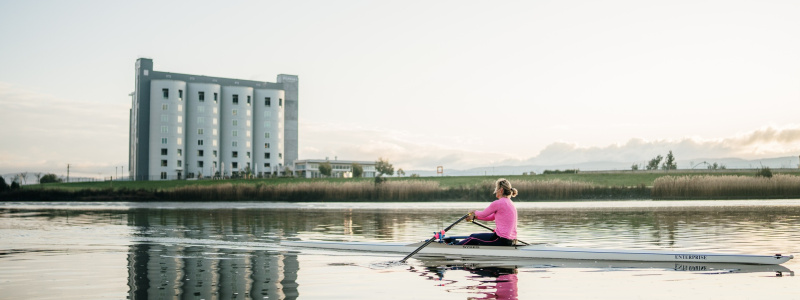
Launceston City
Launceston is the meeting place of three waterways, set in a beautiful valley that has been a cultural hub and gastronomic centre for more than two thousand generations. The city's natural and built heritage, food, wine (and spirit) have drawn together a diverse community of makers, artisans, storytellers and nature lovers from all over the world.
In 2021 UNESCO (United Nations Educational, Scientific and Cultural Organisation) officially named Launceston a ‘City of Gastronomy’ – connecting Launceston to an exclusive network of cities known for the quality and cultural significance of their food.
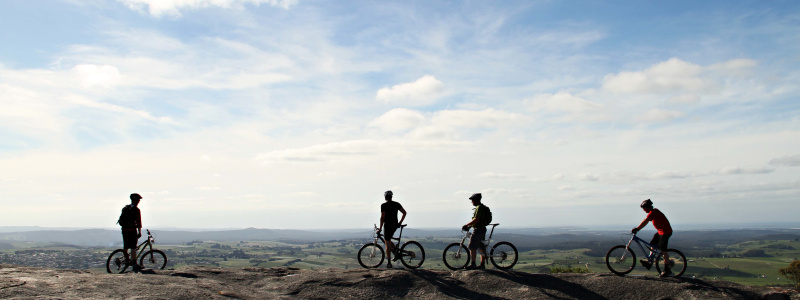
The North East
Discover the natural beauty and pioneering spirit of Tasmania's North East. Vineyards and rich farming areas contrast with forests and stretches of beautiful unspoiled beaches.
Mountain Biking
A network of immaculately groomed and legendary trails wind through Tasmania's rain forest. Think epic adventures coupled with nature's best.
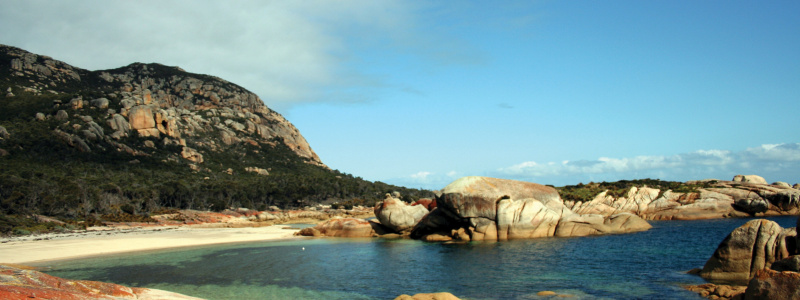
Flinders Island
One of 52 islands in the Furneaux Group dotted across Bass Strait, Flinders is largely considered Australia's best kept secret.
Untamed Beauty
Wild and rugged, retreat to experience both mother nature and human nature at her finest. It is here you will find not just your true self, but stunning landscapes, exotic wildlife and intriguing locals.
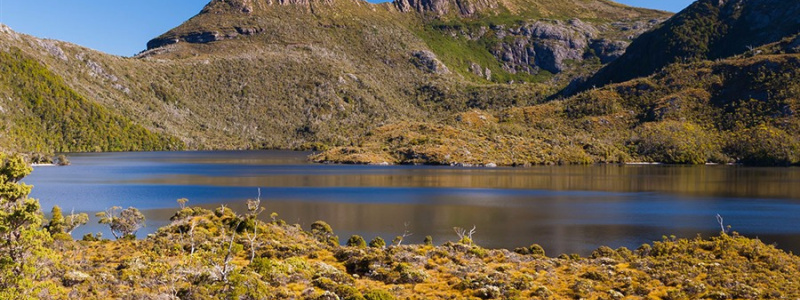
Great Western Tiers
A place of diverse beauty with spectacular natural features, history, heritage, and an eclectic mix of boutique stores and eateries.
Short Walks
Meander to waterfalls or hike to mountain vistas and cocoon yourself in the serenity of lush Tasmanian parks and reserves.
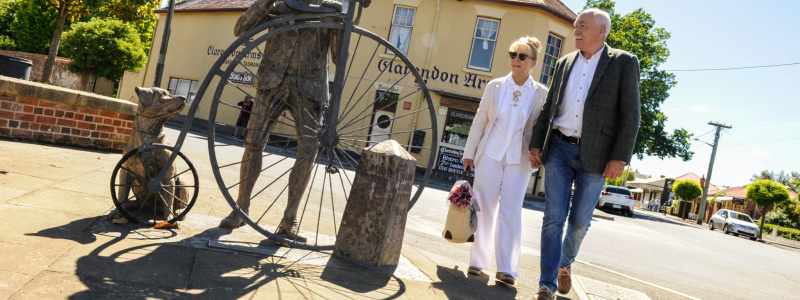
Heritage Highway
Where the past is always present - discover rolling farmlands, charming colonial villages, and walk in the footsteps of the infamous bush rangers that have carved it's colourful history.
World Heritage Convict Sites
Brickendon, a 7th generation historic working farm offers an insight into the early days of the Van Diemen's Land colony, while the adjacent Woolmers Estate is a time capsule of early nineteenth century life, and is home to the National Rose Garden.
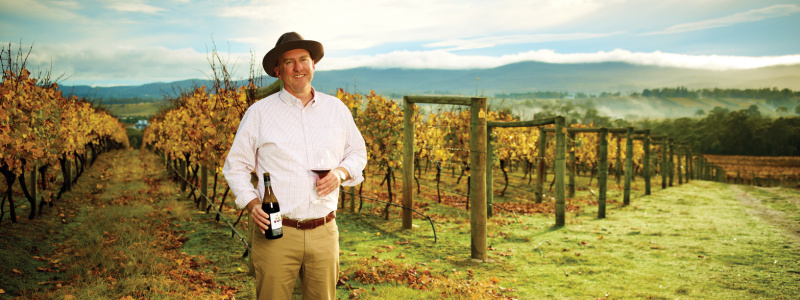
Situated alongside a 70km long estuary, wind your way through the a valley full of characters, bucket list items, and what is considered one of the top 10 wine routes in the world.
Cool Climate Wines
Savour Tasmania's premier wine producing area where life-giving waterways feed vines to produce chardonnay, sparkling, aromatic whites, and pinot noir (of course!).
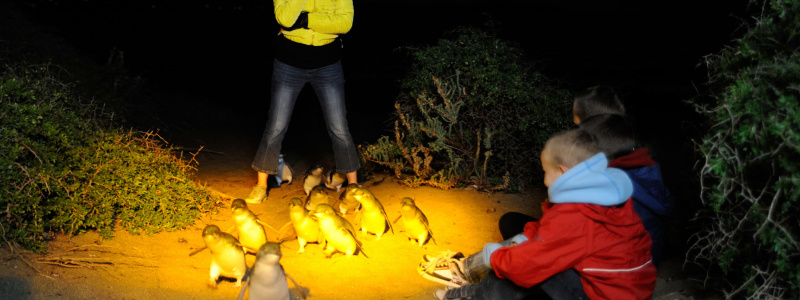
One of Australia's oldest settlements, the costal areas of George Town and Low Head have an intriguing history. Surrounded by vineyards, orchards, berry and lavender farms, the area is rich with many stories to tell.
Little Penguins
Gain a fascinating insight into the little penguins who make their nightly journey in front of Australia’s oldest continuously operating pilot station.
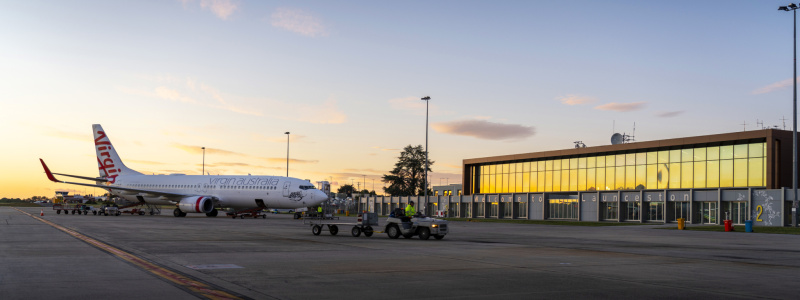
Launceston Airport
A destination in it's own right, our airport is the gateway to air access in our region. Located just a quick direct flight from Melbourne, Sydney or Brisbane, your journey starts here.
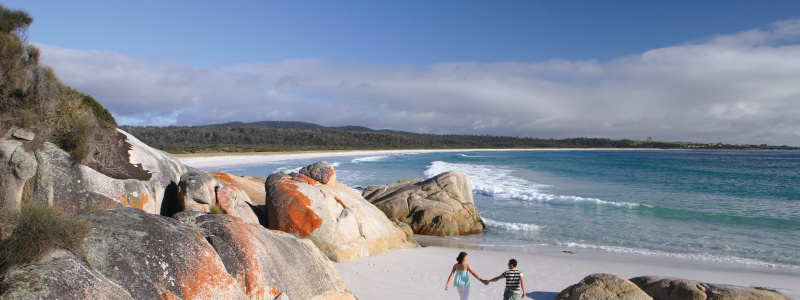
Bay of Fires
Bay of Fires is a truly special destination with clean white beaches, blue water and granite rocks splashed with orange lichen. Keep your eyes peeled as pods of dolphins are known to cruise along parallel to the beach!
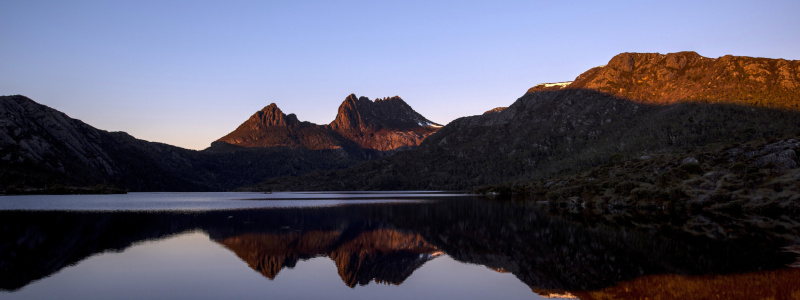
Cradle Mountain
A spectacular World Heritage area, Cradle Mountain is one of Tasmania's most visited natural attractions. The surrounding landscape is diverse and includes grassland, rain forest, ancient plants, and an abundance of wildlife.
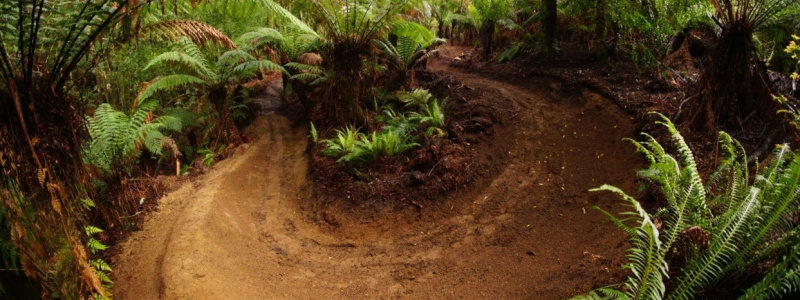
Once a thriving mining town with the richest tin mine in the world, Derby is now home to premier mountain bike networks encompassing over 85km of purpose built trail through spectacular landscapes.
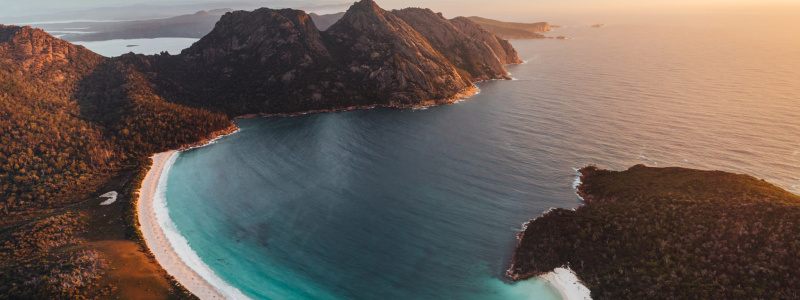
When you first set eyes on Great Oyster Bay set against the backdrop of Freycinet National Park and the three pink-granite peaks of the Hazards mountain range you know you're somewhere different. This is a visual experience to remember.

Spirit of Tasmania
One of Australia’s most iconic travel experiences, Spirit of Tasmania makes travelling across Bass Strait flexible, convenient and easy. The twin ships depart both ports, Geelong in Victoria and Devonport in Tasmania, nightly as well as daily in peak season. On board, you’ll find excellent facilities, comfortable cabins and plenty of space. On the decks, plenty of fresh air and unparalleled views await.
Make the Most of Our Seasons
The seasons play a defining role in life in Northern Tasmania, and there are always plenty of events to draw you out amongst it, whatever the temperature!
All Seasons
Harvest Launceston Community Farmers' Market
Strange nature, matthew flinders 250th birthday, rupertswood farm crop maze.
- AI Generator
3,134 Northern Tasmania Stock Photos & High-Res Pictures
Browse 3,134 northern tasmania photos and images available, or start a new search to explore more photos and images..
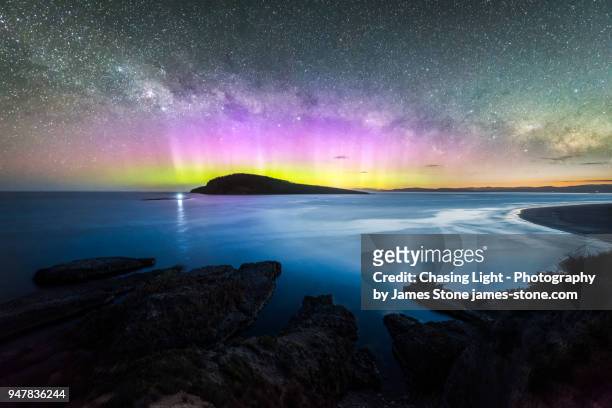

Northern Tasmania’s Hidden Gems: A Slow Travel Road Trip Adventure
Northern Tasmania is a region that deserves to be taken slowly – savoured, if you will. And what better way to do that than on a road trip that takes in the very best of the region’s hidden gems?
From the charming country towns that seemed to be frozen in time, to the rugged coastlines and rolling hills that stretched out before us, every moment of our recent journey was infused with a sense of wonder and discovery.
What truly distinguished Northern Tasmania, however, was the ease with which we connected with the people and places in each location we visited. From the warm embrace of Slow Stay owners who welcomed us like family, to one local cafe where, after a friendly chat, the owners gave us a personal tour of their veggie garden.
For us, this embodies the essence of travel – taking the time to genuinely immerse ourselves in a destination, unveiling its concealed treasures, and creating memories that will remain with us long after we have departed.
First stop: Launceston
Launceston, the second largest city in Tasmania, is where we flew into for our trip and from where we picked up our rental car . It’s a city that’s infused with a vibrant energy and a deep passion for Tasmanian produce. The farm-to-plate food scene is alive and well here – UNESCO deemed it a City of Gastronomy, after all – with a plethora of cafes and restaurants that serve up delicious dishes crafted from the freshest ingredients. One of our favourite places to dine was Black Cow Bistro , where we enjoyed one of the best meals we’ve ever had, featuring locally sourced, grass-fed beef cooked to perfection. Another standout spot was the Mad Apple Cafe , which wowed us with its creative vegetarian dishes and decadent cakes. And for coffee, we loved Sweet Brew , with its minimalist decor and expertly crafted brews. In Launceston, every meal was a celebration of the region’s rich culinary heritage, and so we began our trip feeling inspired by the passion and creativity of the local food scene.
The Meander Valley region
Nestled in the heart of Northern Tasmania, the Meander Valley region is a natural playground brimming with rugged mountains, verdant valleys, and cute little towns. Located just a short 50-minute drive from both Launceston and Devonport, the quaint town of Meander is a gateway to some of the region’s most breathtaking natural wonders. From the towering Quamby Bluff and Mother Cummings Peak to the majestic Greater Western Tiers that stretch out into the distance, this is a land just waiting to be explored.
Slow Stay: Cedar Cottage Meander
Cedar Cottage Meander oozes tranquility and warmth. Surrounded by breathtaking vistas, this Slow Stay’s rustic charm and inviting interiors make it the ideal sanctuary for unwinding and disconnecting.
Every facet, from the cedar wood hot tub and sumptuous linens to the well-appointed kitchen and captivating countryside panoramas, has been meticulously planned to ensure the ultimate respite. Whether you’re nestling in with a good read or luxuriating in the ozone-treated hot tub waters, you’ll find yourself rejuvenated, invigorated, and primed for the Northern Tasmanian adventures that lie ahead.
During our visit, we loved spending time with owner Sarah and her mother, who graciously guided us through the property’s ‘vegmahal’ organic garden while sharing their extensive knowledge of the region’s flora and fauna. It was a poignant reminder that slow travel transcends leisurely experiences—it’s also about fostering connections with the people and environment that envelop us.
It wasn’t just the Slow Stay that stole our hearts in this region – we also had the pleasure of exploring the town of Deloraine. We stopped in at the local cafe, Frank and Lotti, where we were welcomed with open arms by the friendly owners who showed us around the micro-farm at the back of the shop. It was inspiring to see their commitment to sustainable, locally sourced ingredients and their passion for supporting the community.
Devonport is best known as the primary arrival point into Tasmania for the ferry from Victoria. It offers a mix of natural beauty, rich maritime history, modern amenities and is a great starting point for exploring Tasmania’s scenic wonders if you are driving across from mainland Australia in your own car.
Slow Stay: The Cove
At first glance, The Cove may appear to be a simple farm property, but as you ascend the hill, you’ll be struck by the unique blend of natural beauty and luxurious design that makes this property so special. Located on a section of a family-owned working farm and run by owner Kim Robinson and her son Kurt, The Cove is an award-winning adults-only boutique accommodation that celebrates the natural beauty of its surroundings and the rich history of the Lillico family farm. From the breathtaking views of the ocean to the stunning architecture and decor, every aspect of The Cove has been carefully curated to create an unforgettable experience for guests.
The 13 rooms at The Cove are each uniquely designed to reflect the natural Tasmanian landscape. From the premium Villa Two Five Six to the hard-top glamping tents and A-Frame offerings, there’s a room to suit every guest and budget. We stayed in the Hillside chalet, which offered uninterrupted views of the ocean and complete privacy.
The Alexander Centre is a true centrepiece of The Cove, showcasing Tasmanian timbers and artworks in a communal kitchen and lounge area. The bathroom facilities are first-rate, featuring modern amenities and luxurious touches that will leave you feeling pampered and indulged. The staff offer warm and welcoming country hospitality that will make you feel like family.
What I truly adore about The Cove is its easygoing and congenial ambiance. The honesty bar, where guests can help themselves to a glass of wine and simply jot down their room details on a notepad, amplifies the relaxed atmosphere. We loved the oversized beanbags and plush throw blankets strewn across the front deck which are perfect for cozying up and marveling at the ocean’s expanse.
Experiencing the farm and penguin tours at The Cove was unforgettable. Meeting Highland cows, goats, lamas and sheep, then watching little penguins return to their nesting grounds at dusk – it was a truly intimate connection with nature.
Tucked away in Tasmania’s stunning North West region lies Riana, a quaint town boasting a vibrant community spirit and irresistible charm. Encircled by verdant hills, lush woodlands, and thriving farmlands, Riana is also home to the breathtaking Gleneagle Tasmania .
Slow Stay: Gleaneagle Tasmania
Gleneagle Tasmania is more than just a place to stay – it’s a unique experience that will leave you feeling rejuvenated and connected to nature. Two geodesic domes are nestled amongst the forest, giving you the feeling of being perched up in the treetops. Designed to blend seamlessly with the surrounding environment, the domes offer panoramic views of the natural beauty that surrounds them.
But Gleneagle is more than just a beautiful retreat – this Slow Stay is also committed to sustainable practices and environmental conservation. Owners Kevin and Isabelle have taken great care to revegetate the property, and almost everything in the domes is locally made in Tasmania. By supporting the local community, Gleneagle Tasmania is making a positive impact on the environment and the people who live here.
This Swiss-Australian couple have poured their hearts into creating an experience that’s truly unforgettable. We were privileged to experience a Raclette-style dinner that harks back to Isabelle’s Swiss heritage, and spent our nights listening to the carefully curated vinyl record collection that Kevin has amassed over the years. Every detail of Gleaneagle Tasmania is infused with heart and soul.
Weymouth possesses an understated charm that is often overshadowed by the island’s more famous destinations. This tranquil coastal village along the northern Tasmanian shoreline serves as an oasis for those who appreciate the subtle allure of untouched nature and an unhurried pace.
A step into Drift Beach Shack is a step back in time, where the allure of a 1950s beach shack blends seamlessly with modern-day comfort. Every inch of this meticulously restored haven speaks of owner Karen’s thoughtful approach, striking the perfect balance between vintage charm and contemporary luxury.
From the tastefully curated mix of furnishings, handcrafted ceramics, and rattan light shades, it’s evident that no detail has been overlooked in creating an inviting and serene space for guests to recharge. The surrounding coastal native and succulent gardens provide a lush, sensory delight, while nearby nature walks through the reserve and along the river unveil the breathtaking beauty of Tasmania’s landscape.
We loved exploring this region and Karen’s personal recommendations for where to eat and what to do were spot on. From dropping into George Town on our way to Weymouth for the most delicious (and reasonably priced) seafood , to brunch at nearby Bridport Cafe where after a delicious meal we took a walk along the most beautiful and secluded beach. We loved exploring this entire region and Drift Beach Shack was the perfect place to base ourselves giving us a gentle reminder of the charm of simpler times and the importance of disconnecting from the world and reconnecting with ourselves and loved ones.
A big thank you to DriveAway Holidays for partnering with us on this incredible journey through Northern Tasmania. With the freedom to hit the road and explore at our own pace, we were able to truly experience the slow travel ethos of Life Unhurried. Road trips provide the perfect opportunity to connect with a destination, to uncover hidden gems, and to create unforgettable memories along the way.
Krista Eppelstun
Life Unhurried co-founder, Krista Eppelstun, is a travel photographer and videographer, usually on the road creating content for the likes of Tourism and Events Queensland, Tourism Australia, Brisbane Airport and more. But her favourite place to be is at home, coffee in hand after a morning surf.
Previous Post 8 of the Lushest Bali Accommodation Options to Live Out Your Jungle Dreams
Next post 9 cosy country nsw getaways to stoke your inner fire.
Comments are closed.
Letters from the road
No email overwhelm. Just carefully curated, beautifully told stories and travel deals delivered monthly.
Your privacy is important to us. We will never share your details x
PRIVACY POLICY | ADVERTISING / PARTNERSHIPS | FAQs | SEARCH | CONTACT
We acknowledge the Traditional Owners of the land on which we live and work, the Kabi Kabi/Gubbi Gubbi people, and pay our respects to Elders past, present and emerging. We acknowledge the Traditional Owners of Country throughout Australia and recognise their continuing connection to land, waters and culture.
- Relationships
- Slow Living Tips
- Conversations
- Travel Inspiration
- Featured Slow Stays
- Adults only
- Family Friendly
- Outdoor Bathtub
- Pet friendly
- Bed & Breakfast
- Bus / Train Conversions
- Cabin / Pavilion
- Camping / Glamping
- LIST YOUR BUSINESS
Find The World's Best Slow & Sustainable Accommodation
Privacy overview.
Get the first chapter of our book FREE!
If you’re feeling the pull to slow down, immerse in nature, and escape to a truly beautiful space, you NEED this book! Where should we send your free chapter?
Change Location
Find awesome listings near you.

Northern Tasmania 7 Day Itinerary
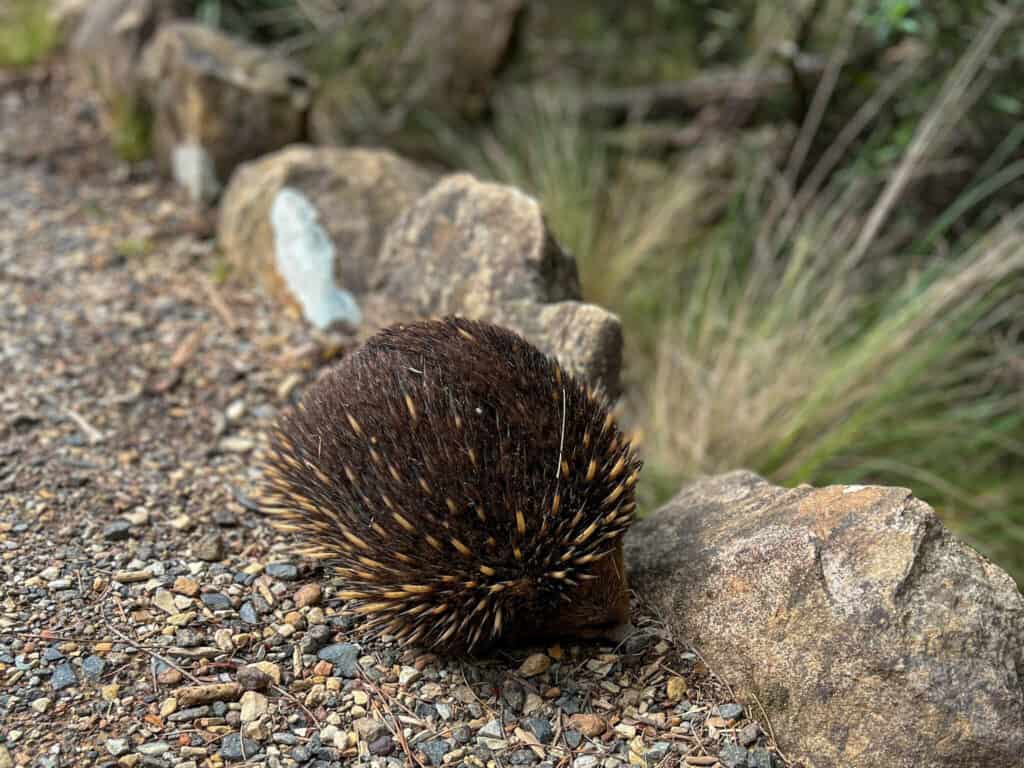
Northern Tasmania has amazing landscape that is a captivating blend of natural beauty and rich cultural heritage. Stretching from the rugged mountains of the Great Western Tiers to the fertile farmlands of the Tamar Valley, this region boasts picturesque scenery that will leave any visitor spellbound. Towering granite peaks and cascading waterfalls dominate the landscape, while the Tamar River meanders through rolling vineyards and orchards, offering breathtaking views at every turn. The region is also home to ancient rainforests, tranquil lakes, and pristine coastal areas, providing diverse ecosystems that support various wildlife. Whether exploring the depths of Cataract Gorge, sampling award-winning wines in the vineyards, or immersing oneself in the region’s rich history, the northern Tasmanian landscape promises an unforgettable and enriching experience for all.
Launceston is the third oldest city in Australia. The first significant colonial settlement in the region dates back to 1804. They set up a camp at Outer Cove, the current site of George Town. Did you know that Launceston (the current CBD) was declared a city by an Act of State Parliament in October 1888?. The Launceston Corporation Act was effective from 1 January 1889. Interestingly, Launceston still retains many historical buildings in use today.
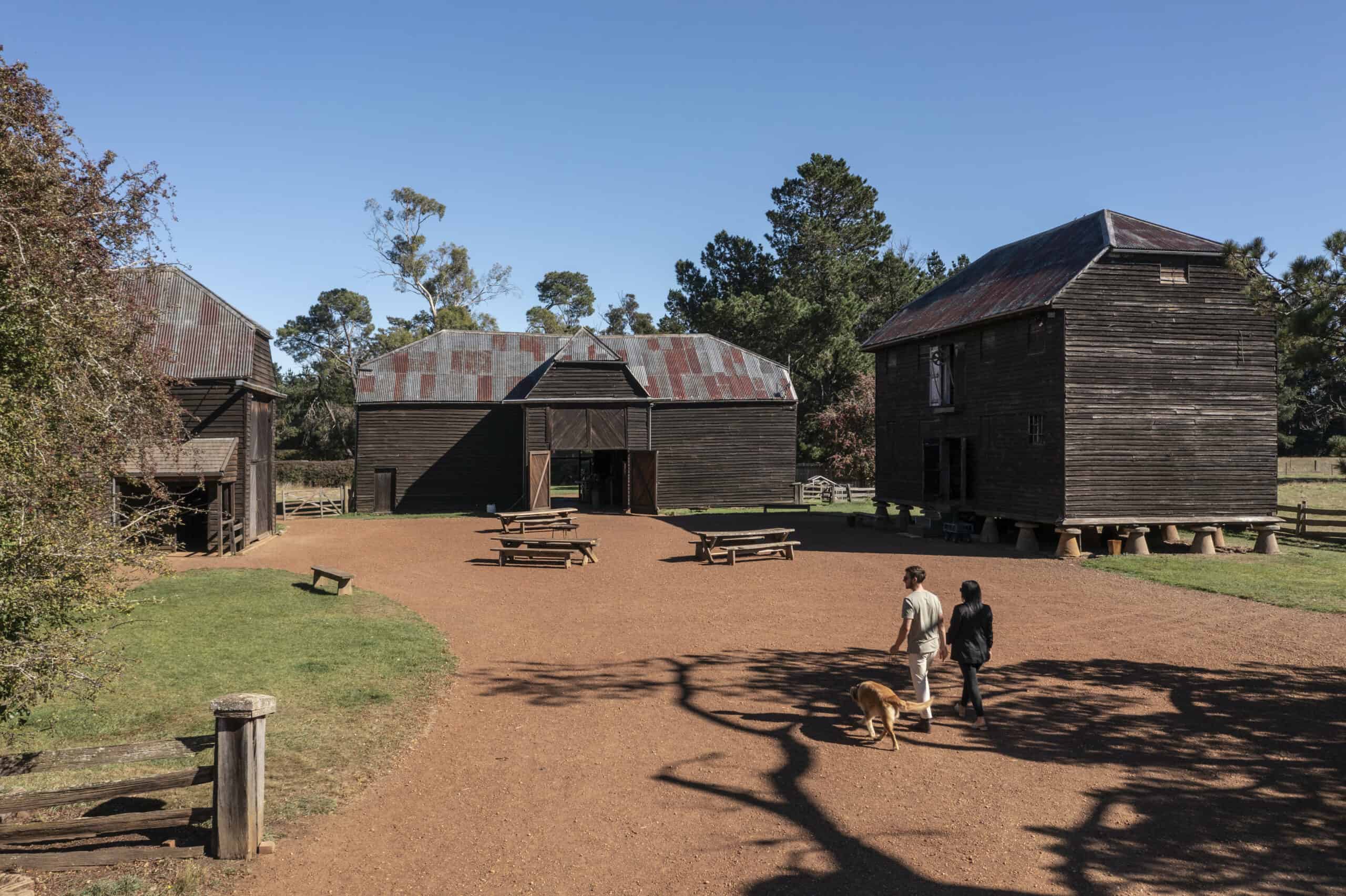
Table of Contents
All you need to know about Northern Tasmania
Launceston: unesco city of gastronomy.
Launceston was recognised as the UNESCO City of Gastronomy in 2021, along with Bendigo in 2019; there are currently 50 cities worldwide, and Northern Tasmania’s major city is one of them. What are some critical factors in awarding a city this prestigious title?
- Well-developed gastronomy that is characteristic of the urban centre and/or region;
- Indigenous ingredients used in traditional cooking;
- Local know-how, traditional culinary practices and methods of cooking that have survived industrial/technological advancement;
- Traditional food markets and traditional food industry;
- Respect for the environment, promoting sustainable local products, and other factors.
If you want to know more about it, click here for details.
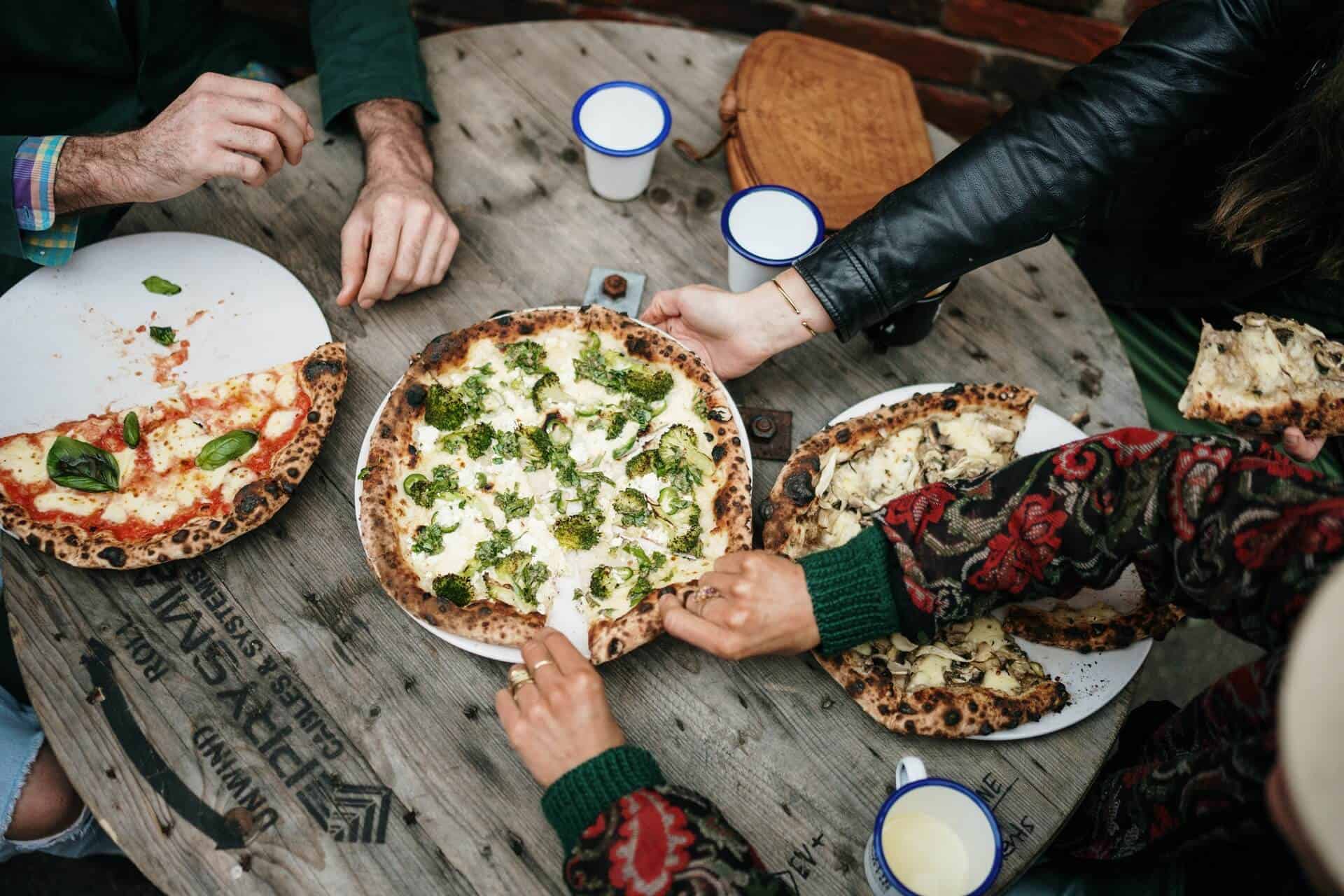
What towns are in Northern Tasmania?
Northern Tasmania has diverse areas, each offering its unique charm and character. From the vibrant city of Launceston, known for its vibrant arts, culture, and culinary scene, to picturesque coastal towns like Devonport and Burnie, there is something for everyone.
The region also boasts stunning natural landscapes, including the beautiful Tamar Valley, dotted with wineries and vineyards, and Ben Lomond, a haven for hikers and nature enthusiasts. Whether you’re seeking a bustling urban atmosphere or a tranquil nature retreat, northern Tasmania has it all. There is an extensive list of all the surrounding areas here to explore.
Why choose Northern Tasmania?
There are many reasons to visit Northern Tasmania, from its stunning natural landscapes to its vibrant cities and charming towns. In this region, you can explore the breathtaking beauty of places offering opportunities for hiking, wildlife encounters, and wine tasting. It is known for its cool climate, wines, and fantastic food.
Northern Tasmania is also known for its rich history and heritage, with historic sites and colonial architecture. The region is a haven for food lovers, boasting world-class restaurants, fresh local produce, and renowned wineries. This little hidden gem is a much-preferred destination than its bigger known cities and towns; with fewer visitors come fewer crowds and more time to explore, and it really does have something for everyone to enjoy.
What is the best time to visit Northern Tasmania?
The best time to visit is anytime! Why? Because Summer is mild, more people will be around, especially during school holidays. However, it allows you to explore the outdoors without worrying about the weather forecast.
Autumn is great if you get out to areas like Meander Valley and see the turning of the leaves. If you love the colours of Autumn, then this is the best time to visit; it is also cooler to venture out into longer hikes.
Winter is cooler, of course, and a great excuse to cozy up in front of a fire with a local pinot noir, think firepits, beautiful clear skies, yummy and hearty food, red wine, mulled gin or wine, snow up on Ben Lomond. The perfect winter vacation.
Spring is always my favourite as the days are becoming longer, flowers are in bloom, there are loads of baby animals, plenty of festivals and events such as Junction Arts Festival.
I often get asked the same questions: How do I plan an itinerary for Northern Tasmania? And Is one week enough for Northern Tasmania? My answer to both questions lies in this article with my 7-day itinerary to make planning easy. Each day has links for you to book directly with the companies mentioned and recommendations on activities and hotels.
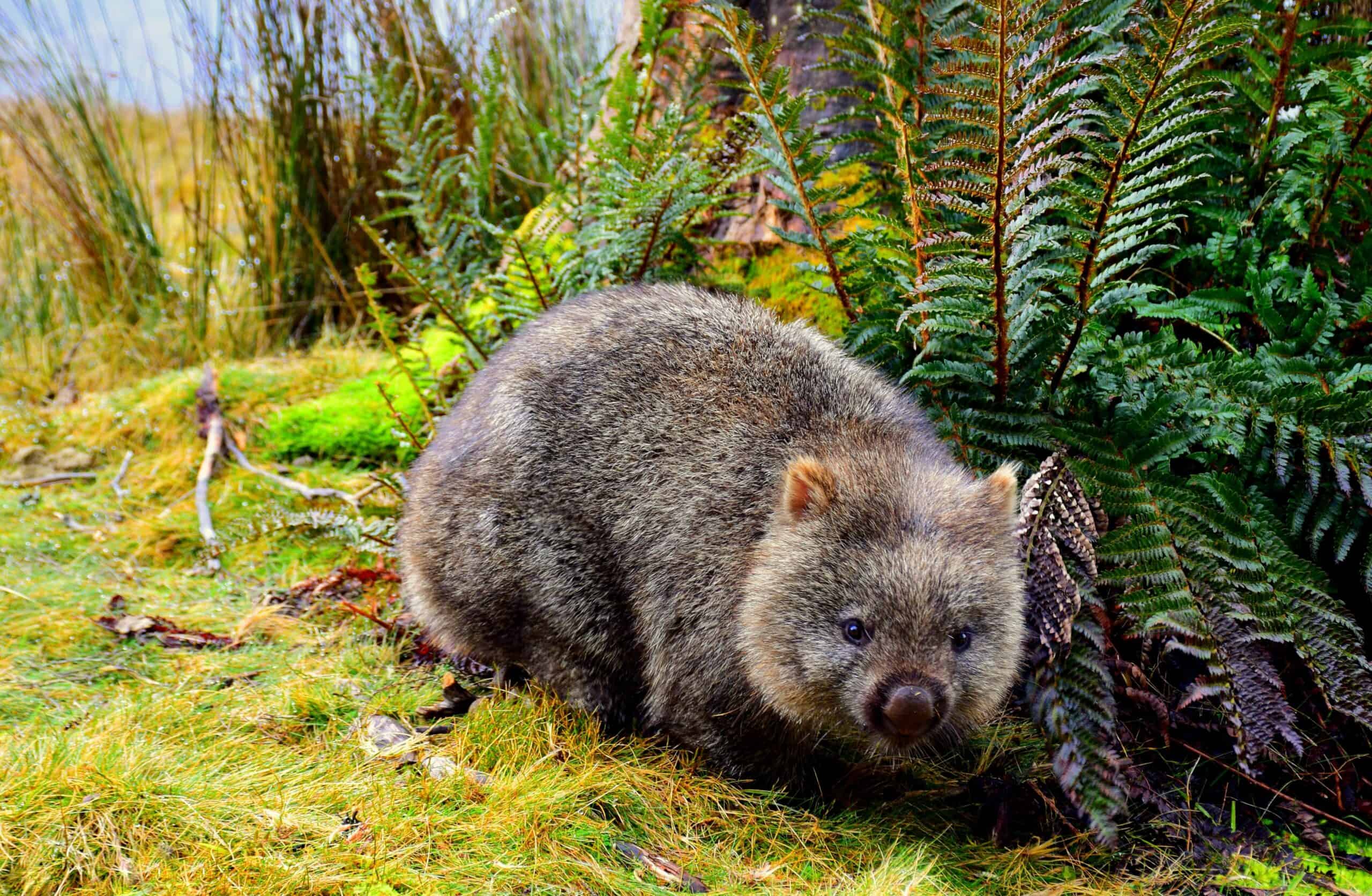
How to get to Northern Tasmania from Singapore
Travel from singapore to launceston.
To travel from Singapore to Launceston, you have several flight options available. Firstly, you can fly with Singapore Airlines and Qantas Airways, which offer connecting flights with convenient layovers.
There are no direct flights, but you can stop in any of Australia’s major cities. If you plan to stop in Hobart , Sydney , or Melbourne , here are some great articles to help you combine this trip.
Launceston Car Hire
Car rental : You can rent a car from one of the car rental agencies available at the airport. Upon arrival, head to the car rental counters, complete the necessary paperwork and pick up your vehicle. From there, follow the signage to Launceston, and using a GPS or map, make your way to your hotel.
Check out the costs of rental cars here.
Let’s get started-
7-day itinerary for Northern Tasmania
Your 7-day itinerary of Northern Tasmania will start in Launceston; there are a few ways (other than arriving at Launceston airport) you may choose to make your way from Hobart airport or via ferry from Devonport. If you want more information about airport transport, currency, or the best time to travel to Northern Tasmania, click here for details.
10 Best things to do in Northern Tasmania in 2024
You have two itineraries to choose from; the first will start on the weekend, and the second will begin on a weekday.
Itinerary 1
Day 1 foodies delight – launceston, morning (saturday) harvest market.
What better way to start your trip than by tasting the local product? Start your morning at the harvest market, a vibrant hub of local producers and passionate vendors showcasing an impressive array of fresh produce, artisanal products, and culinary delights.
Stroll through the market; you will be greeted with colourful stalls offering a wide range of fruits and vegetables, from juicy strawberries to crispy lettuce. The aromas of freshly baked bread, locally crafted cheese, and aromatic roasted coffee filled the air, enticing me to indulge in these tempting treats. The market is not just a place to purchase groceries; it is a feast for the senses, with live music playing in the background and friendly conversations with the vendors.
The harvest market is locally sourced food connected with the passionate individuals behind each product. The Harvest Market in Launceston is a gem for any food lover, and I highly recommend including it in your itinerary while visiting the city.
Afternoon – The Queen Victoria Museum and Art Gallery
Walk down towards the Royal Park (approximately 11 minutes) and spend the afternoon at The Queen Victoria Museum and Art Gallery (QVMAG) it is a cultural institution showcasing Tasmania’s art. The art gallery showcases permanent and temporary art exhibitions that showcase Northern Tasmania culture and history, check out whats on here!
Option 2 – Afternoon – Fork it Farm
If you are lucky enough to join one of the Saturdays they hold the “Long Table Feasts” event, then book early as the $AUD190 experience is worth the money. Here, you will dine outside overlooking the Farm, where you will experience fantastic food and beverages and be educated on the entire experience.
Special Note : Fork it Farm also has a FarmStay option
Free to do what you like, as you have had a big day exploring.
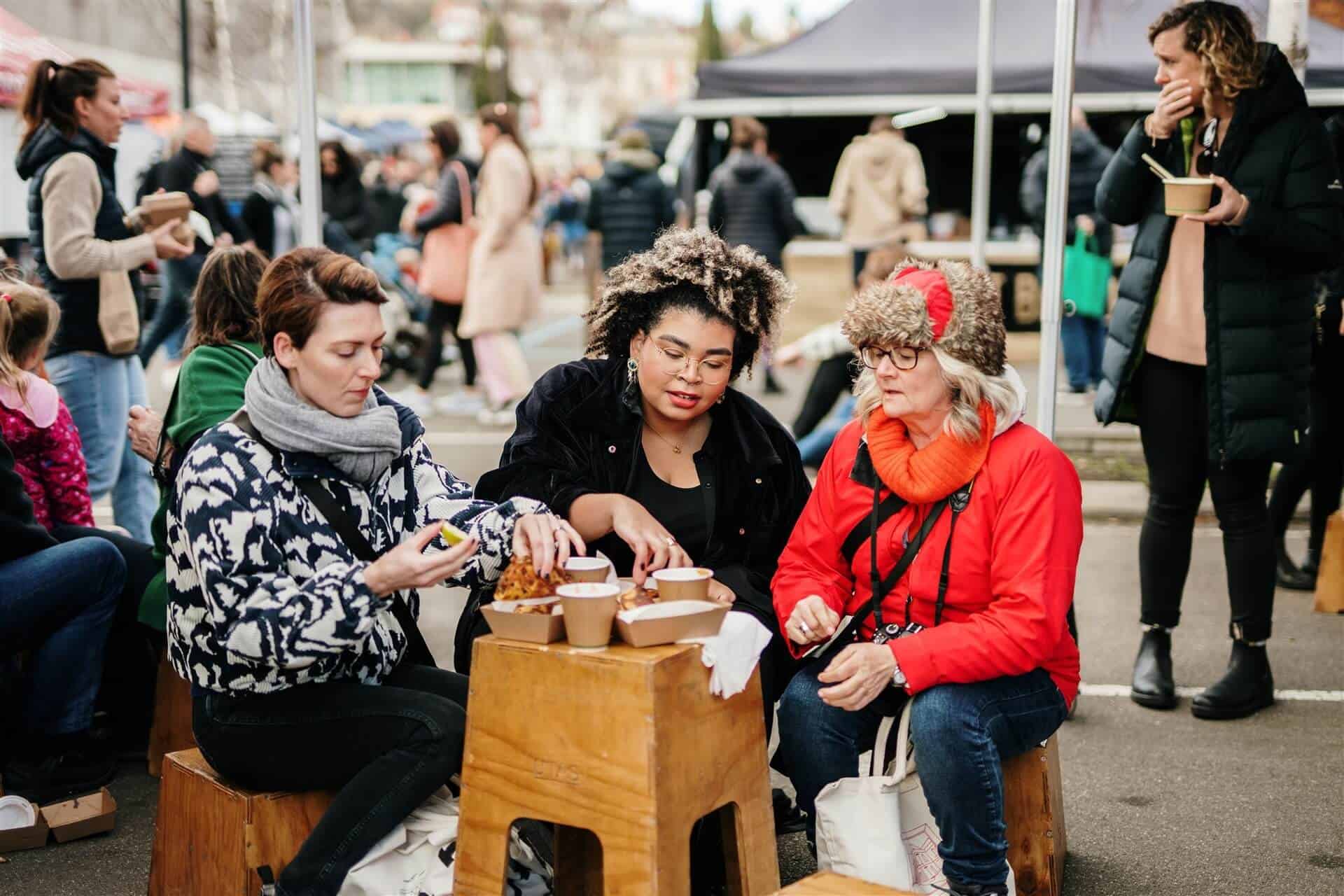
Day 2 Get to know Northern Tasmania
Morning (sunday) evandale.
Today, you will be doing a little driving as you start your day in Evandale; here, you can explore the Evandale Markets before your day in the Tasmanian landscape. One of Tasmania’s hidden treasures, the Evandale Markets is a must-visit destination.
Located at Falls Park in the historic town of Evandale, just 20 km south of Launceston, the market offers a delightful experience filled with a vibrant atmosphere and a wide range of stalls. The market caters to all tastes and interests, from arts and crafts to fresh produce and homemade preserves.
The Evandale Markets are open every Sunday from 8:00 am to 1:30 pm, where you can explore and enjoy the variety of offerings from local vendors and artisans. Whether you’re after a unique souvenir or simply looking to immerse yourself in a charming country market scene.
Special Note: The Penny Farthing race runs annually, with this year’s date being- Saturday, 17 February, 10 am – 4 pm
Afternoon – Beaconsfield Mine and Heritage Centre
Your drive from Evandale to Beaconsfield will take approximately 1 hour as you head to the Beaconsfield Mine and Heritage Centre.
Located at 12 West Street, Beaconsfield, the centre provides a fascinating insight into the town’s rich mining history. Packed with informative exhibits, interactive displays, and engaging multimedia presentations, the centre covers the story of the Beaconsfield gold mining era and the tragic events of the 2006 collapse of the mine.
Its opening hours are from 9:30 am to 4:30 pm every day except for Christmas Day and Good Friday.
Afternoon walk -Supply Mill River Walk
Your afternoon does not stop at Beaconsfield Mine and Heritage Centre; if weather permits, just 16 16-minute drive away, you can visit Supply Mill River Walk.
Take this short walk at the Supply Mill River Walk near Deviot), where you will find the ruins of an old mill. At the Supply Mill River Walk, you will discover a serene and picturesque setting that caters to nature enthusiasts and history buffs. The river walk boasts pristine walking trails that wind along the scenic Supply River, offering breathtaking vistas and a peaceful ambience. Along the way, you will stumble upon remnants of the historic Supply Mill, dating back to the early 1800s, adding a touch of nostalgia and charm to the experience.
Evening – Du Cane Brewing and Dining Hall
After a big day out tonight, book a table at a low-key, casual venue like Du Cane Brewing and Dining Hall, a popular downtown venue offering a refreshing combination of craft beer and delectable dining options. Du Cane Brewing and Dining Hall is at Du Cane Brewery & Dining Hall, 60/64 Elizabeth St, Launceston.
The brewery boasts an impressive selection of handcrafted beers, each brewed with care and dedication. Their dining hall complements the fantastic brews with a menu that caters to all tastes, featuring a range of delicious dishes made from locally sourced ingredients and pizzas that cater for all tastebuds. The restaurant is open from 11 am to 10 pm
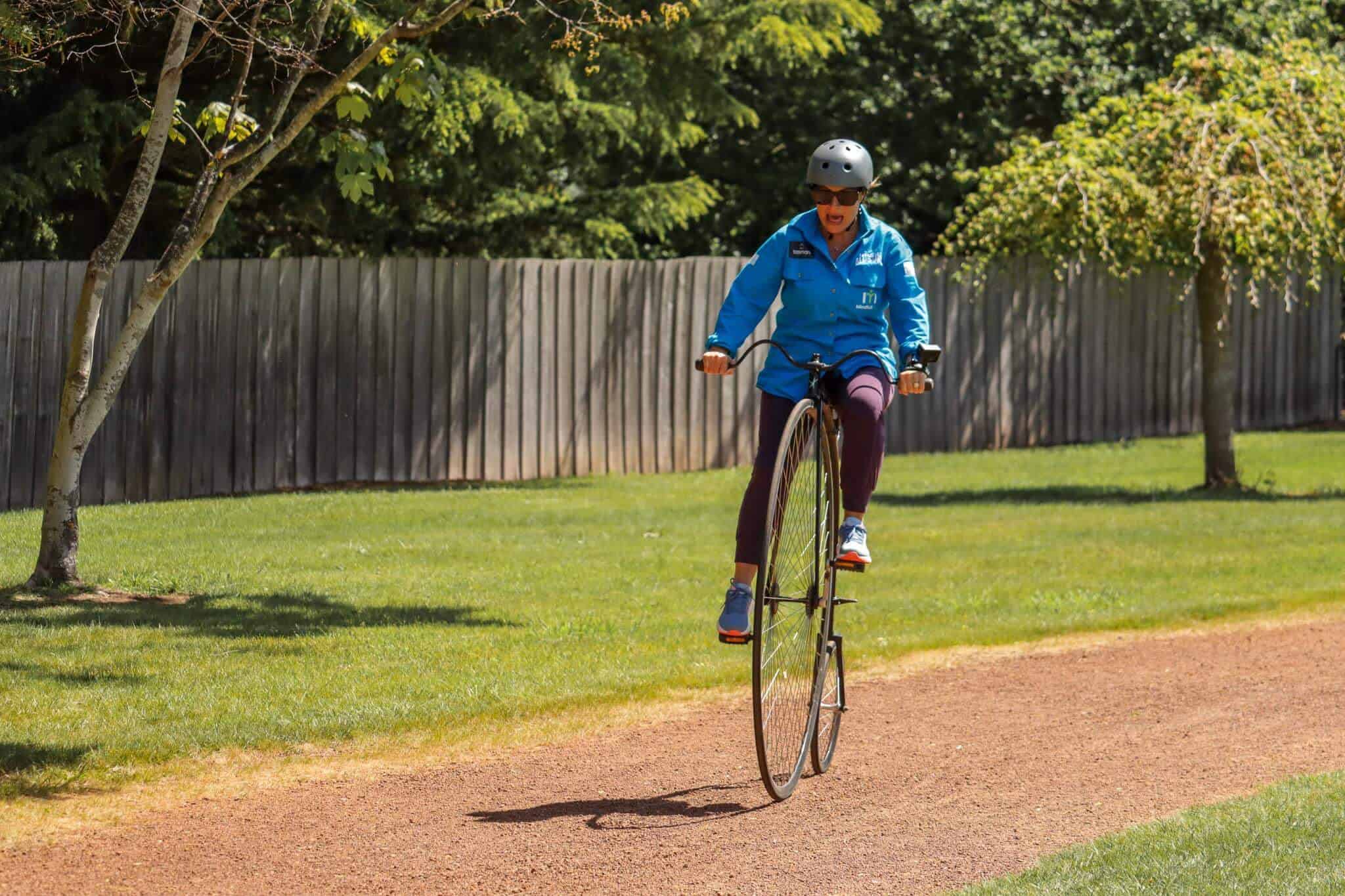
Day 3 – Out in the Wilderness
Morning – river sledding (for warmer weather option).
River sledding with Meander Wilderness Experiences is an exhilarating adventure that combines the thrill of sledding with the beauty of meandering rivers.
Meander Wilderness Experiences provides professional guides who are experts in river sledding, ensuring your safety and an unforgettable journey. They will teach you techniques and provide all the necessary equipment, allowing you to immerse yourself fully in this exciting water activity.
Whether you are a seasoned outdoor enthusiast or someone new to river sports, this experience promises to leave you with lasting memories and a newfound appreciation for the beauty of nature.
Afternoon – Hiking at Meander Valley
This region has excellent hikes suitable for all experience levels if you are in the area. For those seeking an easy trek, the Quamby Bluff Track rewards hikers with stunning views of the valley and nearby mountains.
On the other hand, the Nati onal Park (UNESCO World Heritage listing) ideal, featuring rugged terrain, sparkling alpine lakes, and the iconic Mount Jerusalem Summit. No matter which trail you choose in Meander Valley, you are guaranteed to immerse yourself in nature’s beauty and create lasting memories.
Evening – Bar Stello
Tonight, book a table at Bar Stello, a fantastic Italian restaurant. Located at 12-14 George St, this restaurant offers a delightful gastronomic experience. Bar Stello opens its doors from 5 pm to 11 pm. After a full day of adventure, I am sure you will be hungry. I highly recommend the tasting menu, designed to take you on a culinary journey through exquisite flavours and locally sourced ingredients. When you step inside Bar Stello, you’ll instantly feel the vibrant energy and passion that goes into every dish and cocktail.
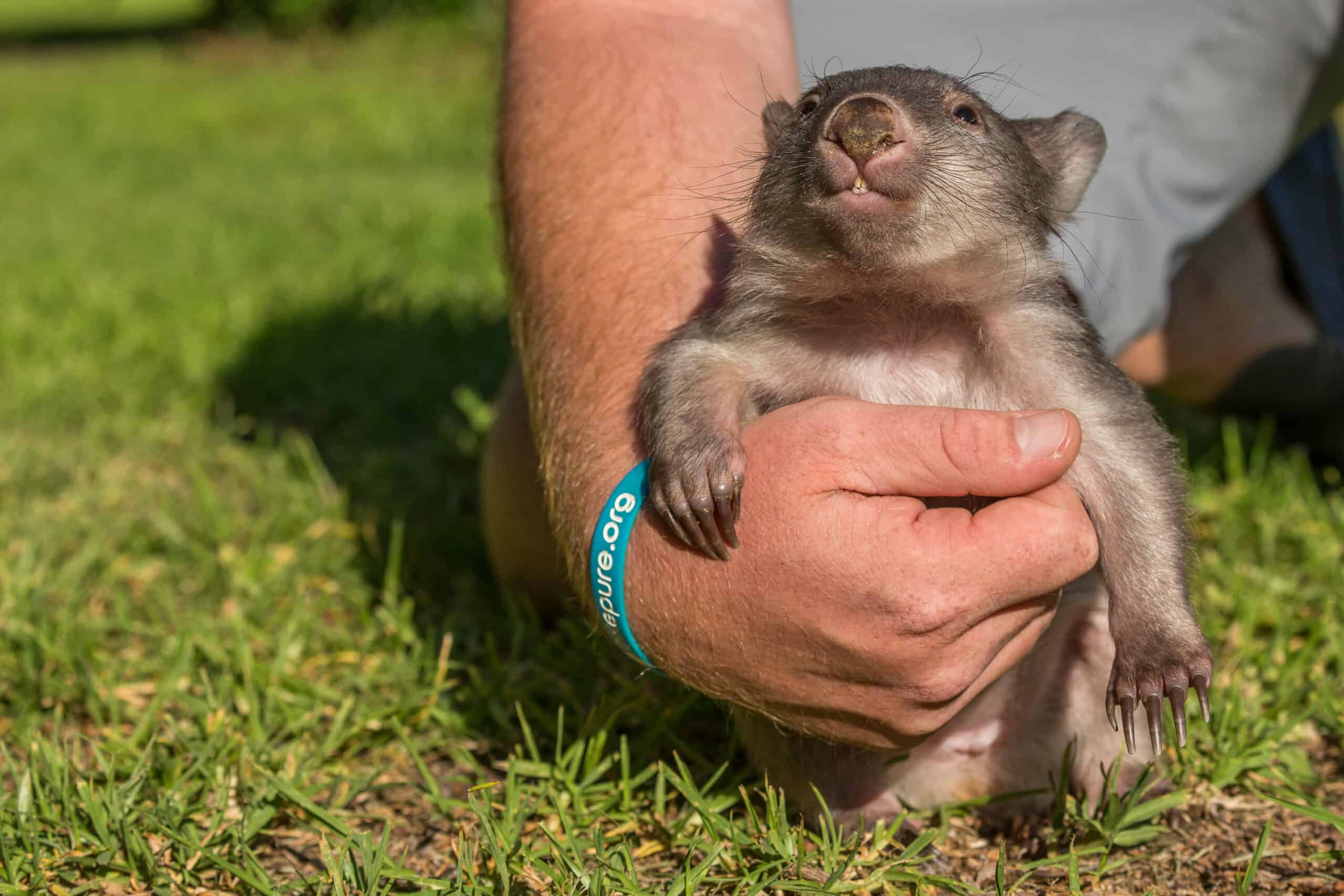
Day 4 – Appreciating the wine region
All day outing – winery tour (splurge option).
The Tamar wine region in Tasmania is renowned for its breathtaking natural beauty and ability to produce exceptional cool-climate wines. Located in the northern part of the state, the area benefits from a maritime climate and fertile soils, creating the perfect conditions for grape cultivation.
The Tamar Valley boasts diverse vineyards, from small family-owned operations to larger estate wineries, each contributing to the region’s unique character. The wines produced here, particularly Chardonnay and Pinot Noir, are renowned for their elegance, complexity, and balanced acidity.
The Vineyard Trifecta Tour offered by Unique Charters is a perfect way to explore some of the finest vineyards in the region. This tour takes you on a delightful journey through three exquisite wineries, allowing you to savour the rich flavours of the locally produced wines.
Whether you are a wine connoisseur or just starting to appreciate fine wines, this tour caters to all tastes. Each winery is carefully selected, offering a unique ambience and stunning natural scenery. With knowledgeable guides to provide insights into the winemaking process and the opportunity to meet some of the passionate winemakers, the Vineyard Trifecta Tour promises an unforgettable and immersive experience in the world of wine.
Evening – Free Night
Tonight, either order in and have an early night (you have earned it) if you are staying at a local hotel or cook yourself something nice in the kitchenette or BBQ area. You still have a few busy days to get through.
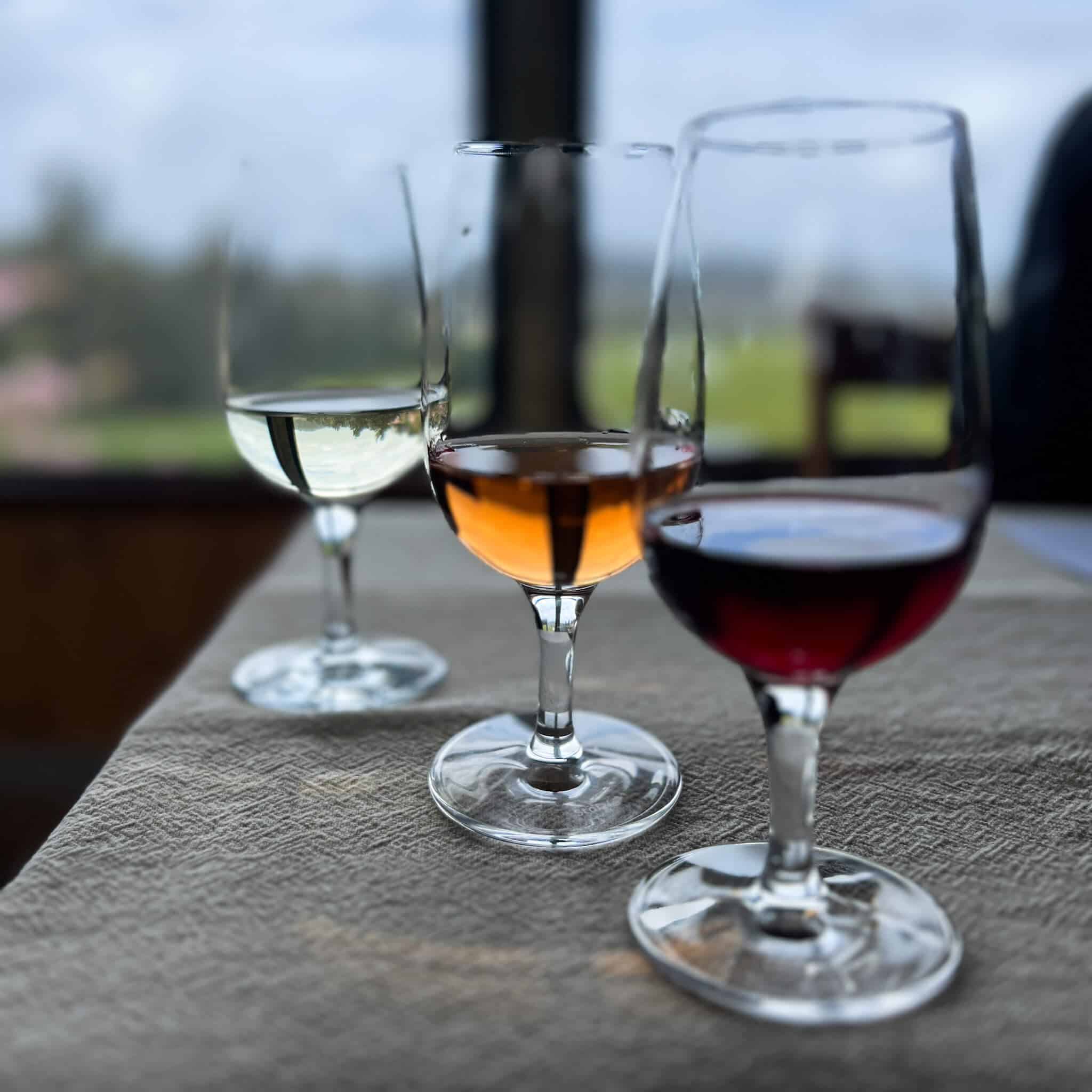
Day 5 – The adventurer at heart
Full day summer tour – wild tour, caving & abseiling.
Wild Caves Tours offers an exhilarating full-day wild tour that combines the thrill of caving and abseiling. This adventure-filled excursion takes you deep into mysterious and untouched caves, allowing you to explore the hidden wonders beneath the Earth’s surface.
Led by experienced guides, you will navigate through narrow passageways, climb rock walls, and descend into breathtaking caverns. You will also learn about the caves’ unique geological formations and fascinating history.
For adrenaline junkies and nature enthusiasts alike, this full-day wild tour promises an unforgettable and immersive experience into the captivating world of underground exploration.
Evening – Casual Dinner at Iron Horse Bar and Grill
Located at 103 St John St, Launceston, Iron Horse Bar and Grill has a cozy and inviting atmosphere; this restaurant is the perfect stop to enjoy a delicious meal and unwind. The Iron Bar and Grill is open from 11:30 am to 10 pm on weekdays and from 11:30 am to late on weekends, ensuring that there is always an opportunity to indulge in their mouth-watering dishes.
The extensive menu features a variety of hearty burgers and juicy steaks, fresh seafood and vegetarian delights.
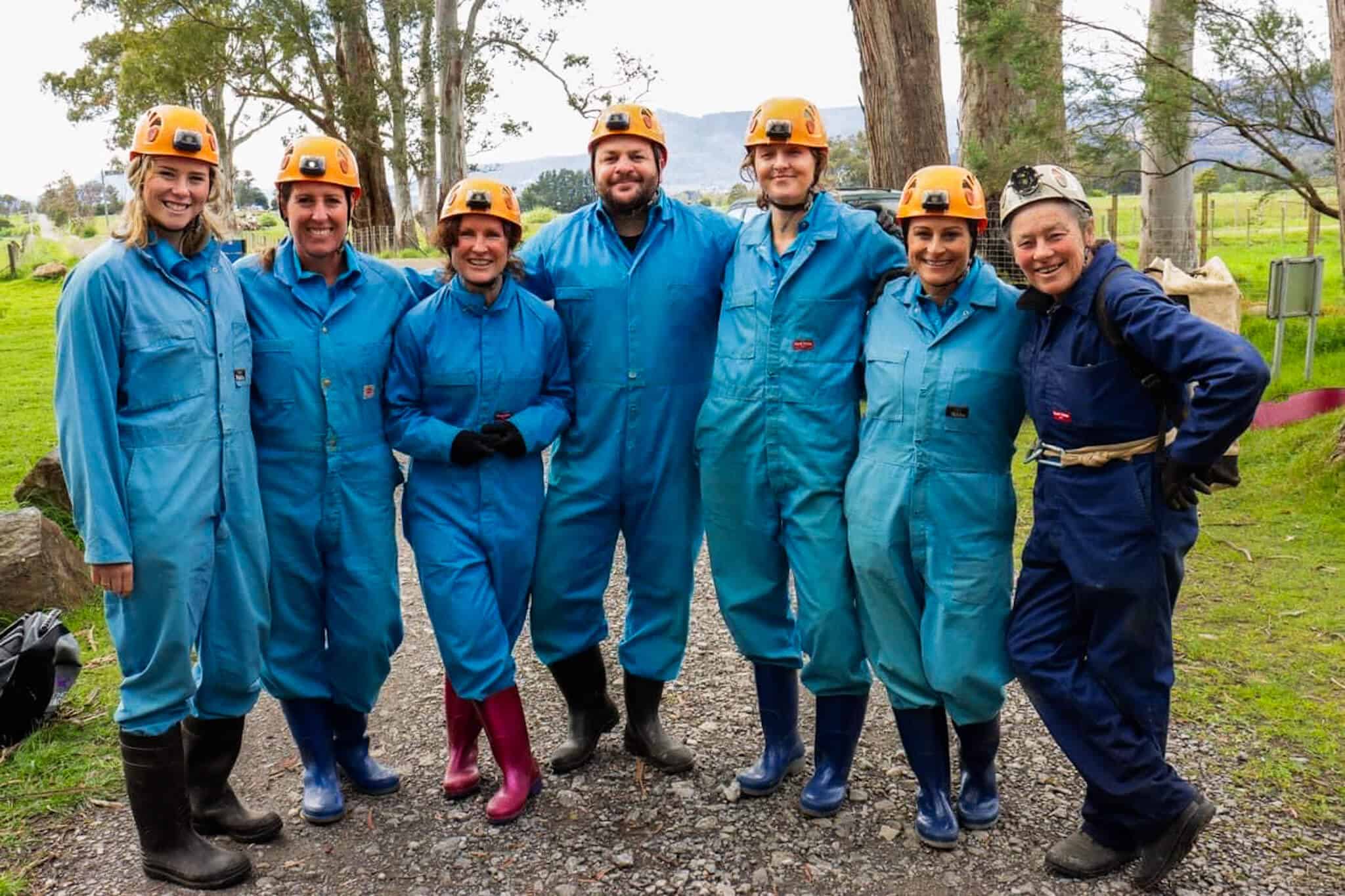
Day 6 – The highs and lows of Northern Tasmania
Full day at treetops adventure hollybank.
Visiting the Treetops Adventure Hollybank in Tasmania is an immersive experience that guarantees a thrilling day out amidst nature’s wonders.
This unique attraction offers a variety of exciting activities suitable for all ages and adventure levels. From ziplining through the lush forest canopy to exploring skywalks and suspension bridges, adrenaline junkies can indulge in the heart-pounding heights and breathtaking panoramic views.
For those seeking an on-land experience, take a segway tour of the area or go mountain biking, depending on the weather.
Evening – Stillwater restaurant
Stillwater Restaurant is a hidden gem offering an exquisite dining experience. Located at 2 Bridge Road, the restaurant is situated in a beautifully restored 1830s flour mill on the banks of the Tamar River.
Whether you’re a food enthusiast or simply looking for a memorable meal, Stillwater offers a diverse menu inspired by regional produce. The restaurant is open for lunch from Wednesday to Sunday, between 12:00 pm and 2:30 pm, and for dinner on Tuesdays through Saturdays, from 6:00 pm till late.
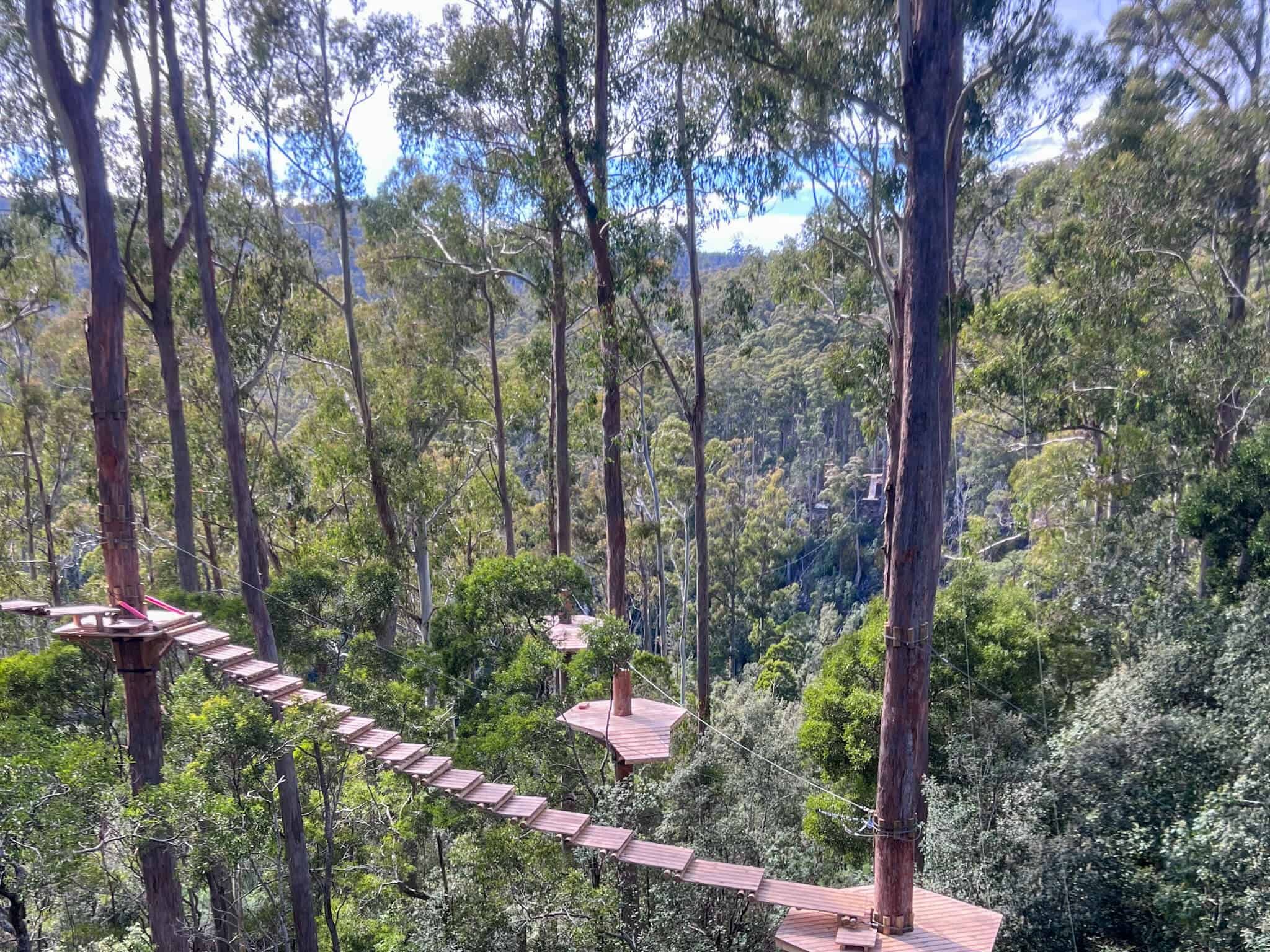
Day 7 – Leave the best until the last
Morning- cataract gorge.
Cataract Gorge is a breathtaking natural wonder that offers a perfect blend of tranquillity and adventure. This magnificent gorge is open from dawn to dusk, allowing ample time to explore its beauty and grandeur.
One of the most iconic experiences here is riding the chair lift, which offers sublime panoramic views of the gorge and its surrounding lush landscapes and is believed to be the longest single-span chairlift in the world.
During warmer weather, there is a swimming area known as the First Basin, where they can relax, sunbathe, or enjoy leisurely swimming surrounded by the gorge’s stunning natural setting. Whether you prefer tranquil walks, thrilling adventures, or a peaceful swim, Cataract Gorge promises an unforgettable experience for everyone.
Afternoon -Visiting historic sites
This 24-minute drive is your last on this 7-day adventure in Northern Tasmania. Spending an afternoon exploring these magnificent properties is a delightful experience. At Woolmers, you can wander through stunning English-style gardens, enjoy the serenity of the lake, and discover the property’s rich history.
Brickendon offers a unique opportunity to explore colonial farm life with its picturesque landscapes, convict-built barns, and heritage-listed gardens.
Both estates are open to the public daily from 10 am to 4 pm. The address for Woolmers is 658 Woolmers Lane, and Brickendon is at 236 Wellington Street, Longford.
To enter Woolmer (when writing this article), there was an admission fee of $15 for adults, $7 for children (5-16 years), and $40 for a family ticket (two adults and up to four children). Meanwhile, Brickendon offers a combined access for both estates at $25 for adults, $12.50 for children, and $65 for families. Woolmers Estate is a well-preserved colonial homestead and historic UNESCO World Heritage site that offers insight into Tasmania’s early European settlement.
Evening – Relaxed Night in
Tonight, relax as you have a big day of travel tomorrow and your adventure ends.
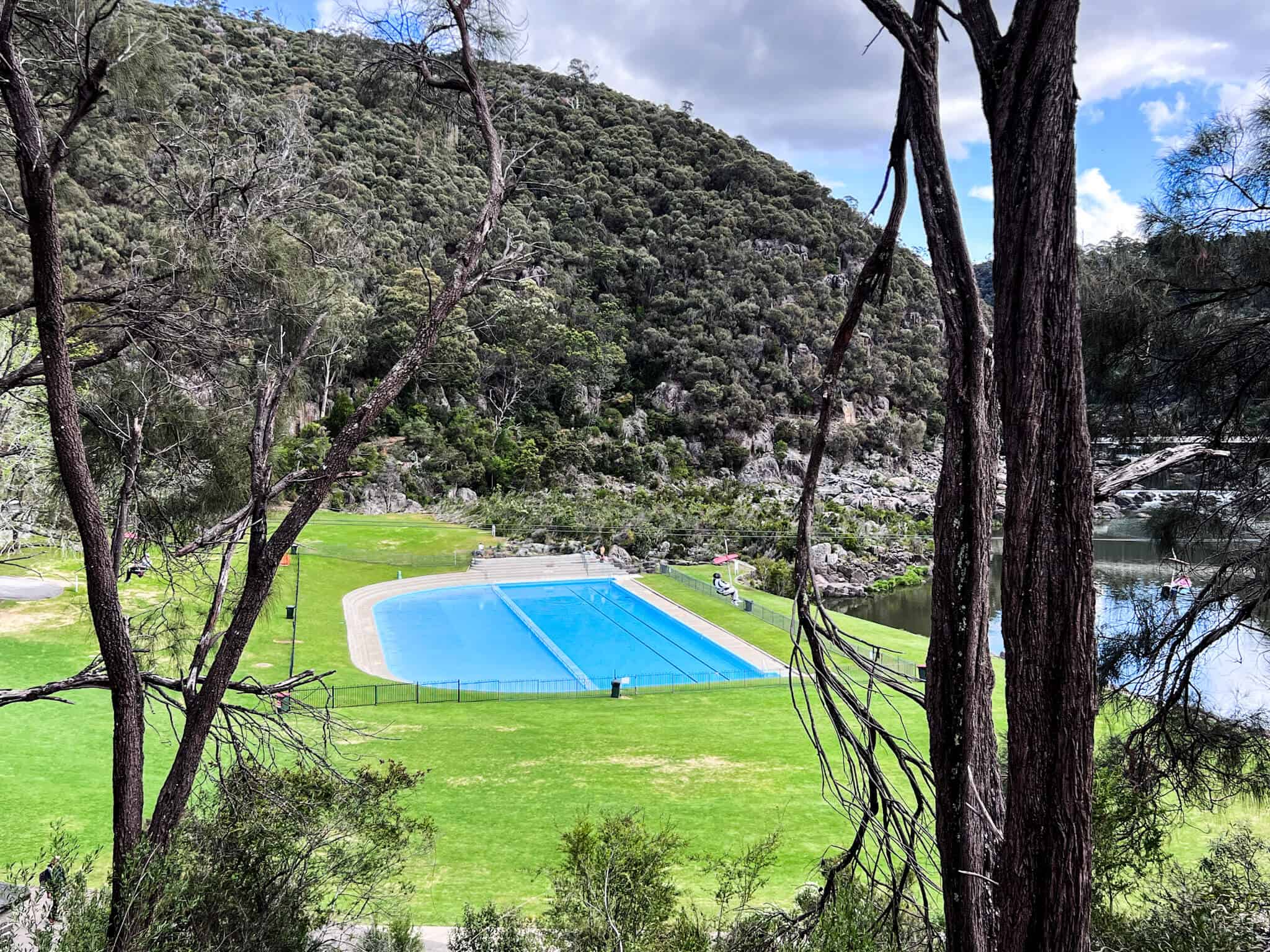
Itinerary 2
Day 1 foodie tour -launceston, breakfast (if not saturday).
Start your day right on your own foodie tour around the CBD.
Breakfast at Tatler Lane by Sweetbrew – Tatler Lane by Sweetbrew is a charming and cozy café in the heart of a bustling city. As you step inside, you are greeted with the delightful aroma of freshly brewed coffee and the warm ambience of the tastefully decorated interior. The friendly baristas will guide you through their extensive menu, offering a wide range of specialty coffees, teas, and delicious pastries, all made with love and attention to detail. Tatler Lane is the perfect oasis for coffee lovers and if you are seeking a peaceful respite from the outside world.
Morning – The Queen Victoria Museum and Art Gallery
Walk to QVMAG at Royal Park for an art exhibit and then science and museum exhibitions; per the above information, it is a great place to get to know Launceston and its history.
Lunch – Blue Inc
Stroll over to the Blue Inc Cafe in Launceston (approximately a 2-minute walk), a vibrant cafe offering a unique dining experience. The cafe boasts a stylish interior with comfortable seating and a relaxed atmosphere, making it the perfect spot to enjoy a leisurely meal.
The menu at Blue Inc Cafe is diverse and caters to various tastes, featuring a combination of modern Australian and international cuisine. A highly recommended dish is their famous Moroccan Spiced Lamb Salad. Tender pieces of marinated lamb are served on a bed of mixed greens, topped with roasted vegetables and feta cheese, and drizzled with a tangy yogurt dressing.
Afternoon – City Park
After lunch, walk over to City Park (which takes approximately 12 minutes), a serene and picturesque urban oasis in the heart of the bustling city. It boasts lush green landscapes, vibrant floral displays, and meandering pathways that provide a tranquil escape.
One of the park’s most unique and captivating features is its resident population of Japanese monkeys, also known as snow monkeys or macaques. These fascinating creatures are native to the forests of Japan but have found a home in the park’s dedicated primate enclosure. You can view the monkeys daily from 8:30 am to 4:30 pm and are free to enter.
Evening -Bar Urbane -Seaport
Bar Urbane at Seaport is located at 1812 Capitol Avenue; this modern bar offers a sophisticated ambience with a touch of urban flair. Bar Urbane is a haven if you appreciate fine cocktails and a vibrant atmosphere. Open from 5 pm to 12 am. Monday through Thursday and from 5 pm to 2 am on Fridays and Saturdays, this establishment ensures you have plenty of time to enjoy their expertly crafted drinks made with the finest ingredients.
Dinner – Mudbar
Located at 28 Seaport Boulevard, Launceston, this stylish waterfront restaurant offers a unique dining experience. Open from Monday to Sunday, Mudbar invites you to indulge in their delicious menu options for dinner. Whether you’re craving fresh seafood, Asian-inspired dishes, or vegetarian delights, Mudbar has something to satisfy any palate.
Their passionate and attentive staff ensures a memorable dining experience while enjoying breathtaking views of the Tamar River.
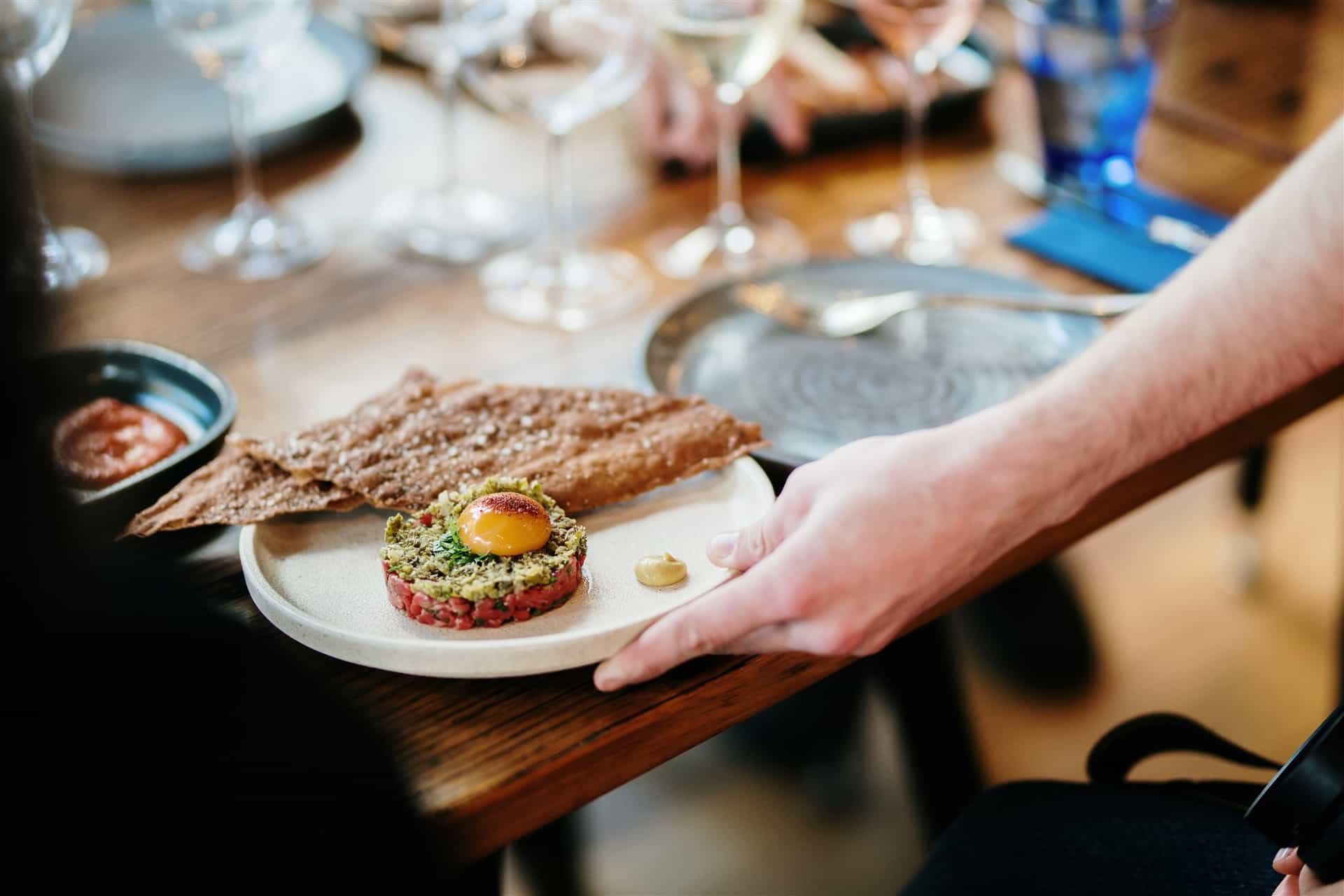
Morning -Low Head Pilot Station Maritime Museum and Bass Flinders Centre
Low Head Pilot Station Maritime Museum Your afternoon drive will take just under an hour. The Low Head Pilot Station Maritime Museum is a must-visit destination for maritime enthusiasts and history buffs. Located at 399 Low Head Road, Low Head, opening hours are from 9:30 am to 4 pm. This museum offers a fascinating glimpse into the region’s naval history. It showcases various A rtifacts and displays that highlight the significance of the pilot station.
The museum features various interactive displays and a real hands-on experience, allowing them to explore traditional maritime skills such as knot tying, semaphore signalling, and Morse code.
The Low Head Pilot Station is a historic site dating back to 1805. In addition to the maritime museum, you can explore the picturesque grounds, which include beautifully preserved buildings and cottages that were once part of the pilot station.
Bass and Flinders Maritime Museum If you want to continue on this history journey, just a 10-minute drive away, you will find Bass and Flinders Maritime Museum.
Located in the picturesque coastal town of George Town, this museum showcases the region’s rich maritime heritage. The museum houses a remarkable collection of Artifacts, displays, and interactive exhibits that shed light on the exploration and voyages of George Bass and Matthew Flinders, two prominent Australian explorers.
You can delve into the stories of their brave journeys and learn about their significant role in discovering new lands. The museum is open to the public from Monday to Saturday, from 10 am to 4 pm, and is situated at 8 Elizabeth Street in George Town.
Afternoon – Take an afternoon helicopter ride with Unique Charters.
Flying around Launceston with Unique Charters is an exhilarating and unforgettable experience. As the plane takes off, you will be captivated by the stunning aerial views of the vibrant cityscape and lush surroundings.
As you soar through the sky, you’ll witness the breathtaking beauty of Launceston’s iconic landmarks, such as Cataract Gorge, Tamar Valley, and the majestic mountains that frame this picturesque region.
The knowledgeable and friendly pilots from Unique Charters will provide fascinating commentary, sharing intriguing facts about the area’s history, geography, and natural wonders and provide unforgettable memories to and take home a newfound appreciation for the stunning beauty of Northern Tasmania from above.
Evening -Grain of the Silos
After such a big day, reward yourself with another great restaurant. Grains of Silo is a delightful culinary gem that showcases the best of local produce and creative cooking.
Located within walking distance at 89-91 Brisbane Street, it opens from Tuesday to Sunday, for lunch from 12:00 pm to 2:00 pm and dinner from 6:00 pm to 9:00 pm. Choose whether to have an early dinner or late lunch due to its convenient location.
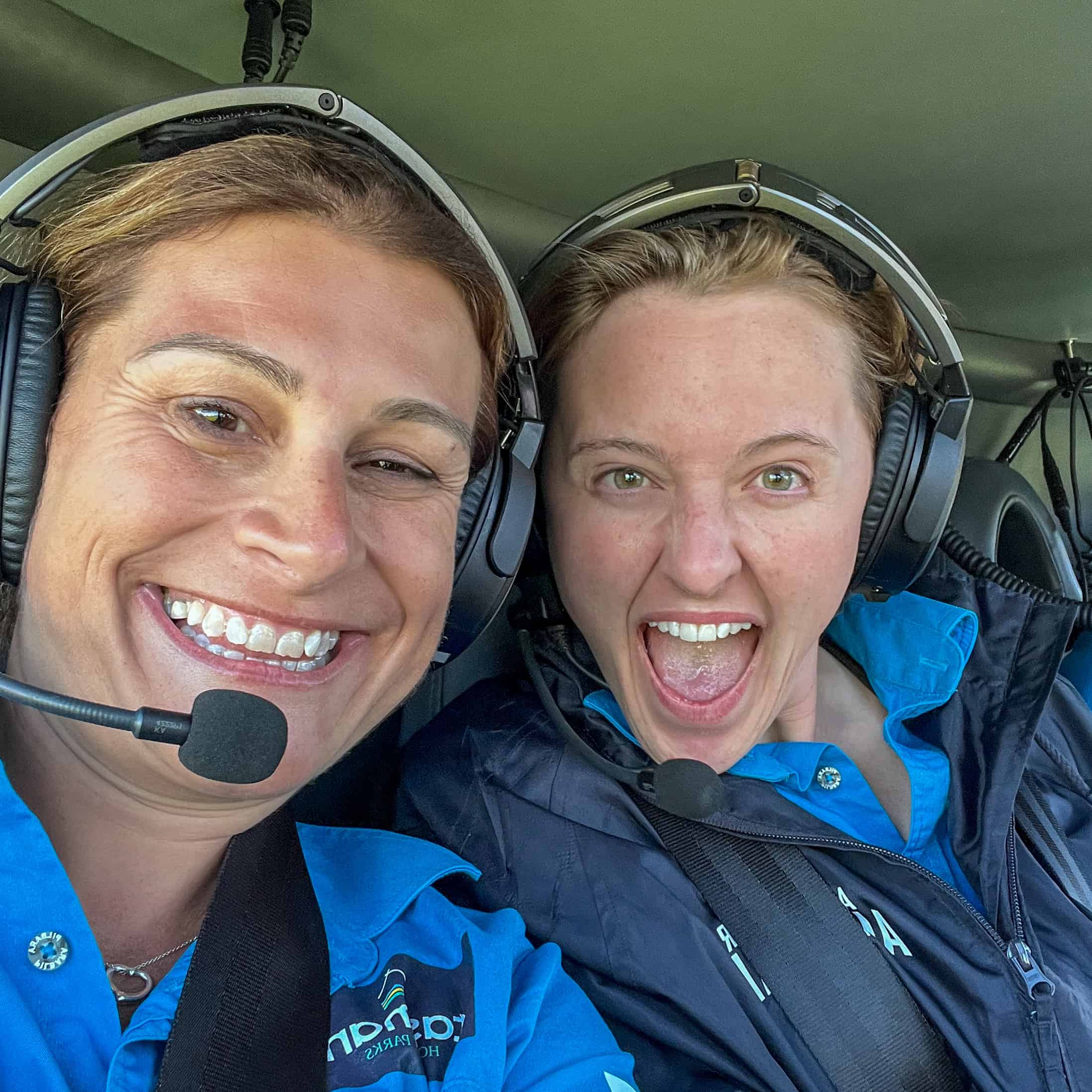
Day 3 – Out into the Wilderness
Morning – mountain biking (for a cooler weather option).
Mountain biking with Wild Tamar in Tasmania is an exhilarating adventure that takes you through breathtaking landscapes. With expert guides and top-notch equipment, you’ll navigate challenging terrains and experience the thrill of downhill rides.
Wild Tamar operates daily from 9 am to 5 pm, ensuring ample time to explore the rough trails and lush forests. Located in the scenic Tamar Valley. The location offers an array of trails suitable for all skill levels, making it a fantastic destination for both seasoned riders and beginners.
Afternoon -Hiking at Ben Lomond
The hour-long drive is worth the adventure because hiking at Ben Lomond in Tasmania offers a breathtaking experience of nature’s untouched beauty.
As you embark on one of the trails, the towering dolerite cliffs and alpine heathlands mesmerise you. The journey takes you through various landscapes, from dense forests to open plains, providing spectacular panoramic views.
The challenging uphill trek rewards you with stunning vistas and the opportunity to spot unique wildlife. With its diverse range of trails catering to all fitness levels, Ben Lomond offers an unforgettable hiking experience for nature enthusiasts, leaving them with memories of pristine landscapes and a deep connection to the wilderness.
Special Note: The wildlife here is slightly different, with Wallabies being lighter in colour, a little more furry, and loads of Echidnas to spot. This area is known for the largest boulder deposit in the Southern Hemisphere.
Evening -Black Cow Bistro
Tonight, book yourself a table at the Black Cow Bistro in the heart of downtown. With its cozy atmosphere and eclectic menu, the restaurant is known for serving homemade farm-to-table dishes that highlight the freshest local ingredients.
The restaurant opens from 11:00 am to 10:00 pm, Monday through Saturday.
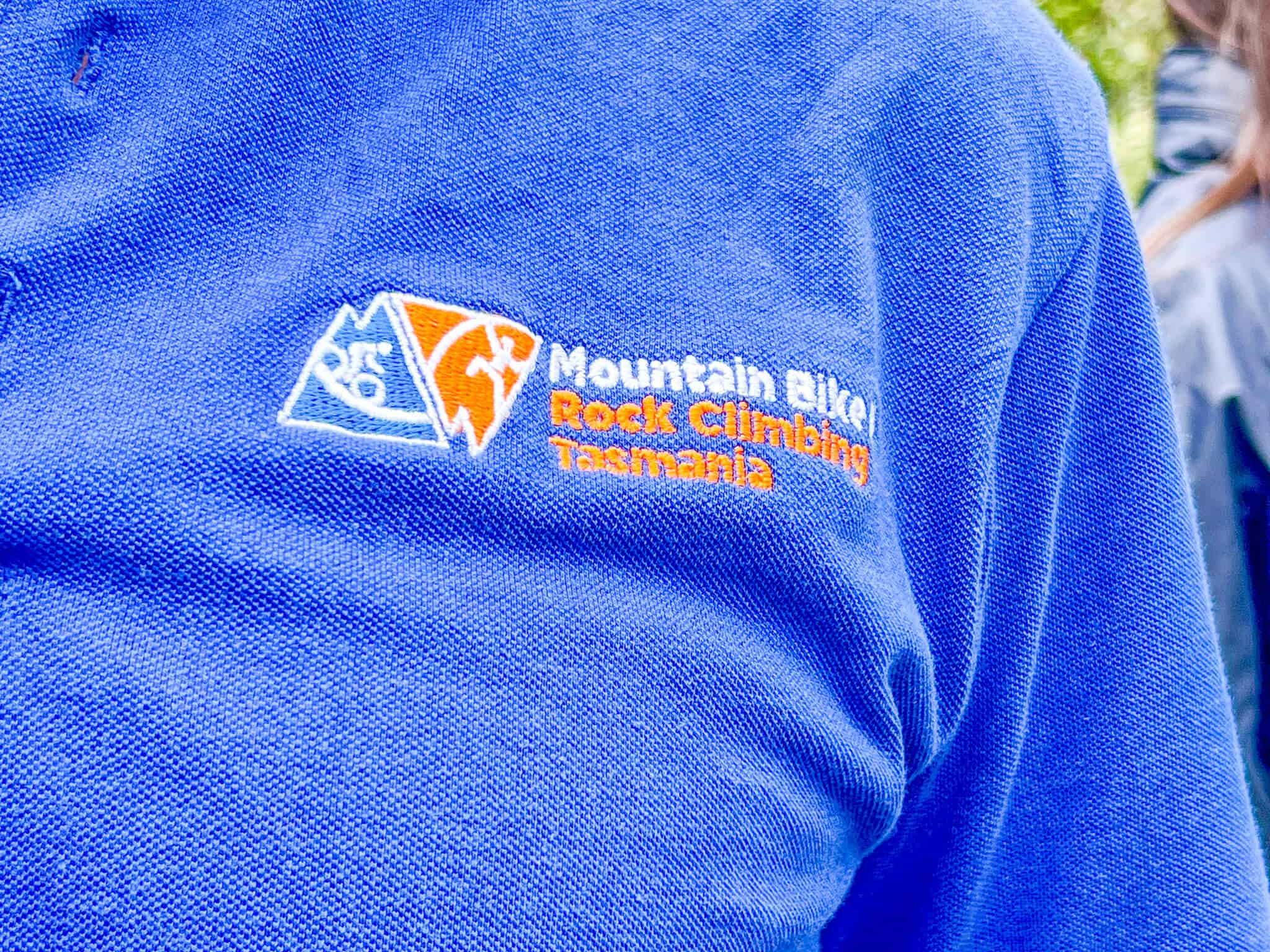
Day 4 Appreciating the wine region
Full day outing tamar valley wine tour with lunch.
Tamar Valley is a picturesque region known for its cool climate and stunning natural beauty. It has become a renowned wine destination. The region’s unique combination of fertile soil, rolling hills, and a maritime climate creates an ideal environment for grape cultivation.
During this 6-hour Tamar Valley Wine Tour , you will discover various award-winning wineries producing exquisite cool-climate wines, including Chardonnay, Pinot Noir, Sauvignon Blanc, and Riesling. With its breathtaking landscapes, charming cellar doors, and growing reputation for producing high-quality wines, the Tamar Valley wine area offers an unforgettable wine-tasting experience.
Evening Free night
Tonight, you will have time to either relax at your hotel and order in or grab some fresh produce and cook something at your accommodation.
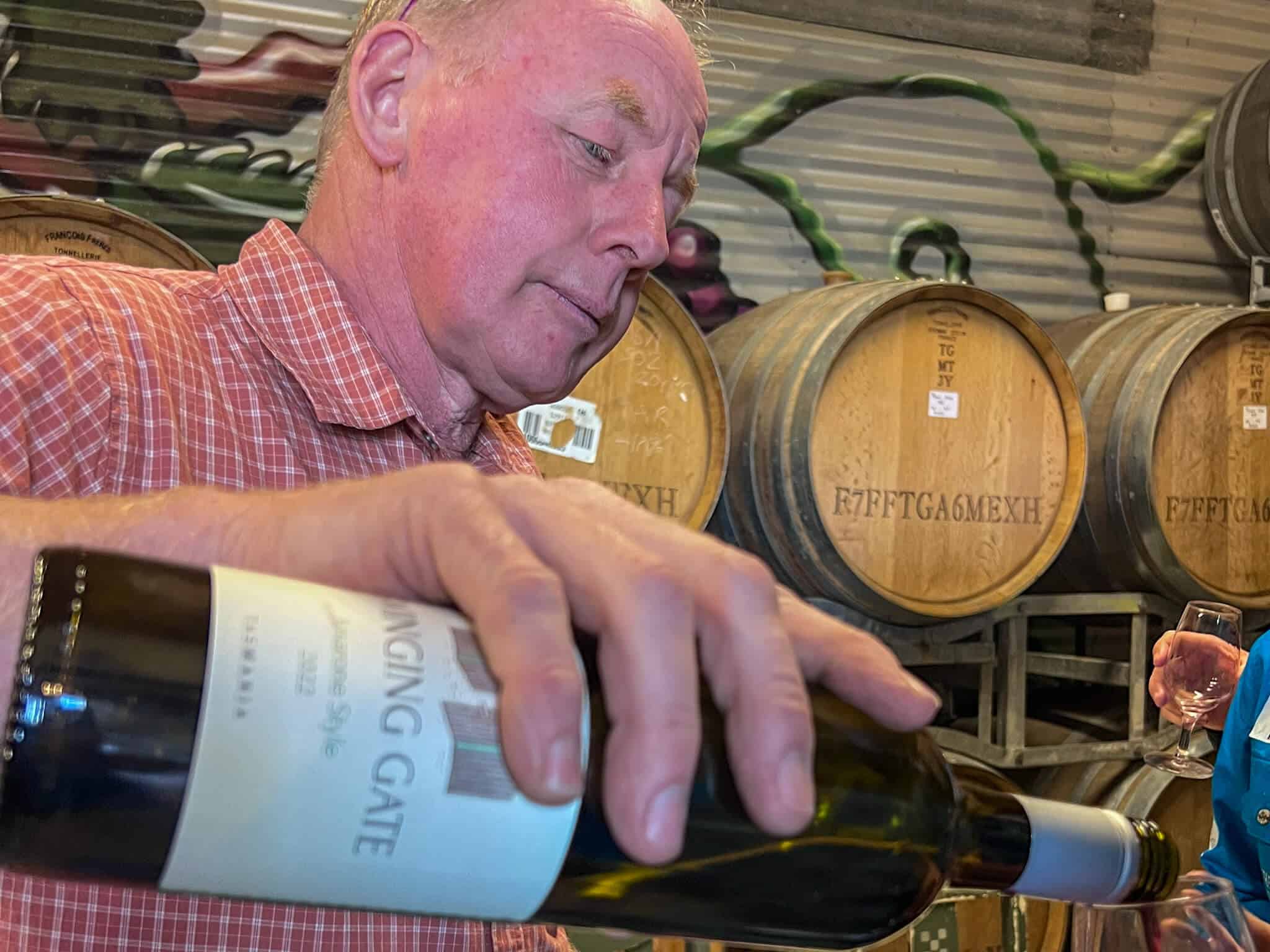
Day 5 The adventurer at heart
All day activity – wild winter water caves (for cooler weather option).
This exhilarating 8-hour adventure takes you deep into the heart of nature’s hidden wonders. Equipped with specialised gear, you’ll traverse through icy underground passages, surrounded by stunning natural formations sculpted by water over centuries.
As you navigate the crystal-clear waters, your experienced guide will enlighten you about these spectacular caves’ fascinating geology and history. The tour offers a unique opportunity to witness the raw beauty of the winter landscape, where frozen waterfalls and intricate ice formations create a magical ambience.
Evening -Casual Dinner at Iron Horse Bar and Grill
The extensive menu features a variety of hearty burgers and juicy steaks, fresh seafood and vegetarian delights.
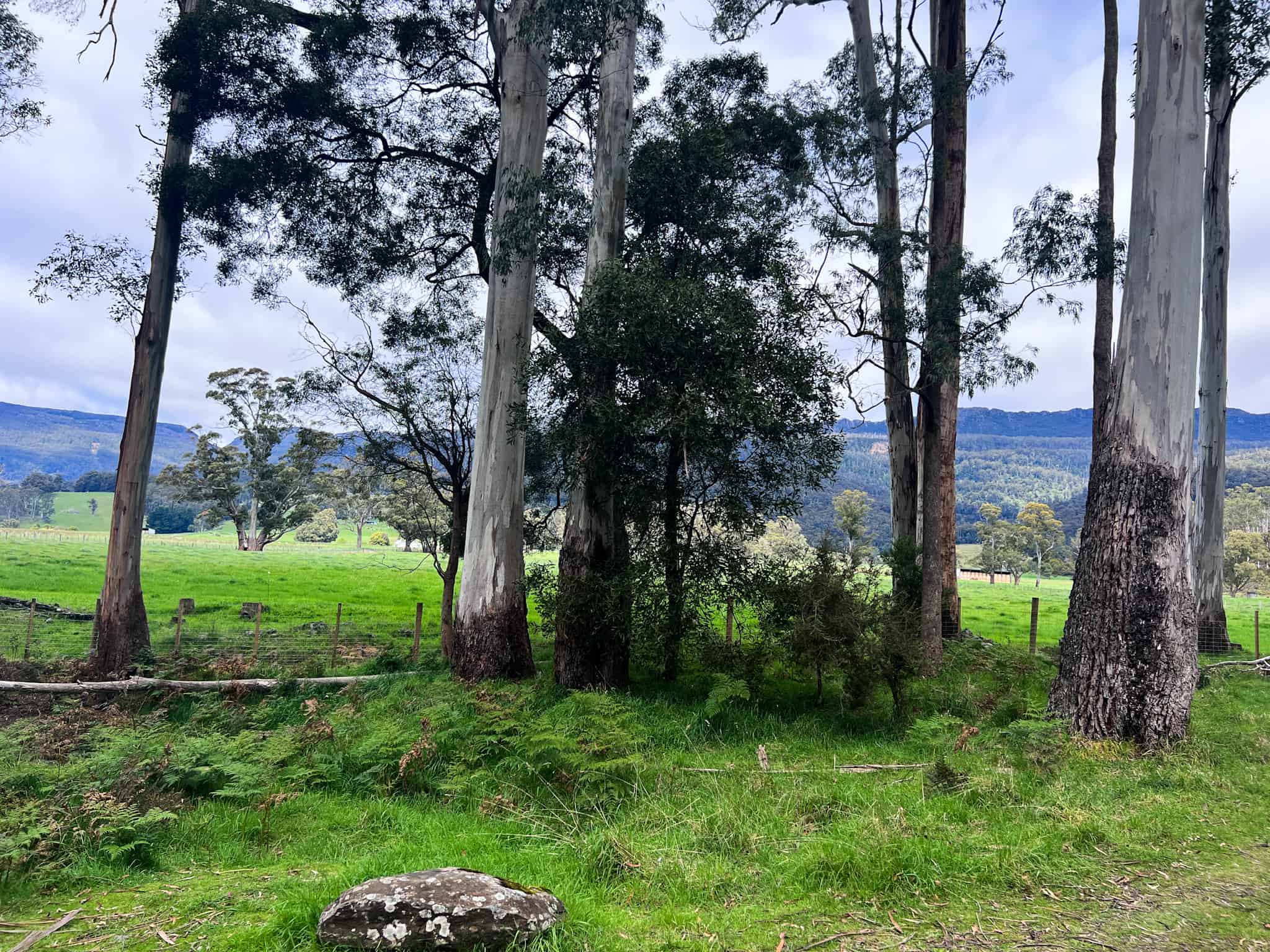
Day 6 The highs and lows of Northern Tasmania
A day at treetops adventure hollybank.
For those seeking an on-land experience, take a Segway tour of the area or go mountain biking, depending on the weather.
Evening – Du Cane Brewing and Dining Hall (if Stillwater restaurant is not open)
Book a table at a low-key, casual venue like Du Cane Brewing and Dining Hall, a popular downtown venue offering a refreshing combination of craft beer and delectable dining options. Du Cane Brewing and Dining Hall is at Du Cane Brewery & Dining Hall, 60/64 Elizabeth St, Launceston.
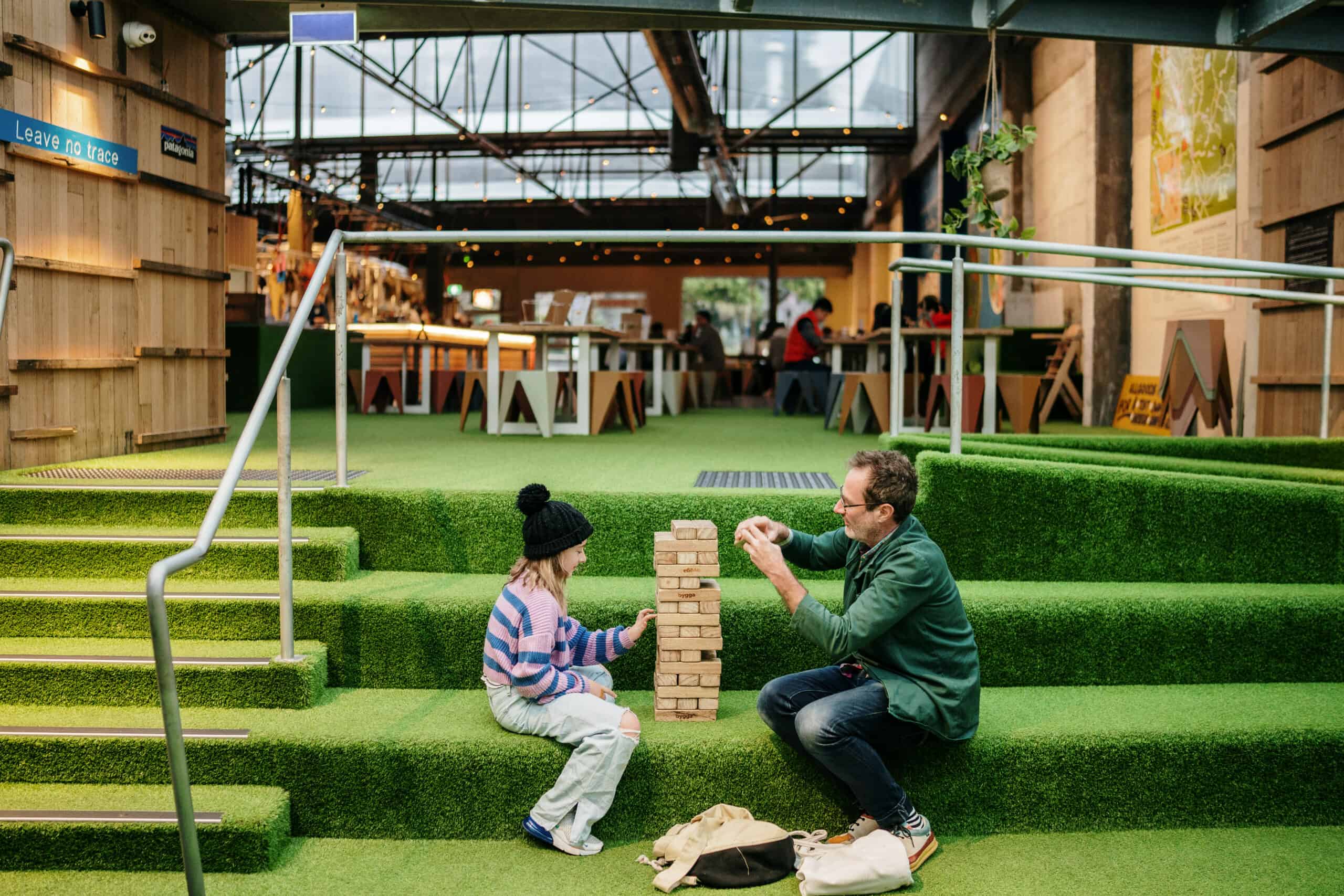
Day 7 Save the best until last
Morning – cataract gorge, afternoon -truffle hunting (june to september).
Truffle hunting season is an exciting time in Tasmania, offering food enthusiasts a unique and immersive experience. Located at 23 Upper Mole Creek Road, this farm boasts a thriving truffle orchard and offers fascinating tours.
Led by knowledgeable guides, the tour explores the stunning truffle plantation while providing insights into the cultivation process and the history of truffle farming in the region.
Lasting approximately two hours, the tour offers a glimpse into the intricate world of truffle hunting, leaving you with a deep appreciation of this gourmet delicacy.
Evening – Free night
Tonight, have an early night as you have a big day of travel tomorrow.
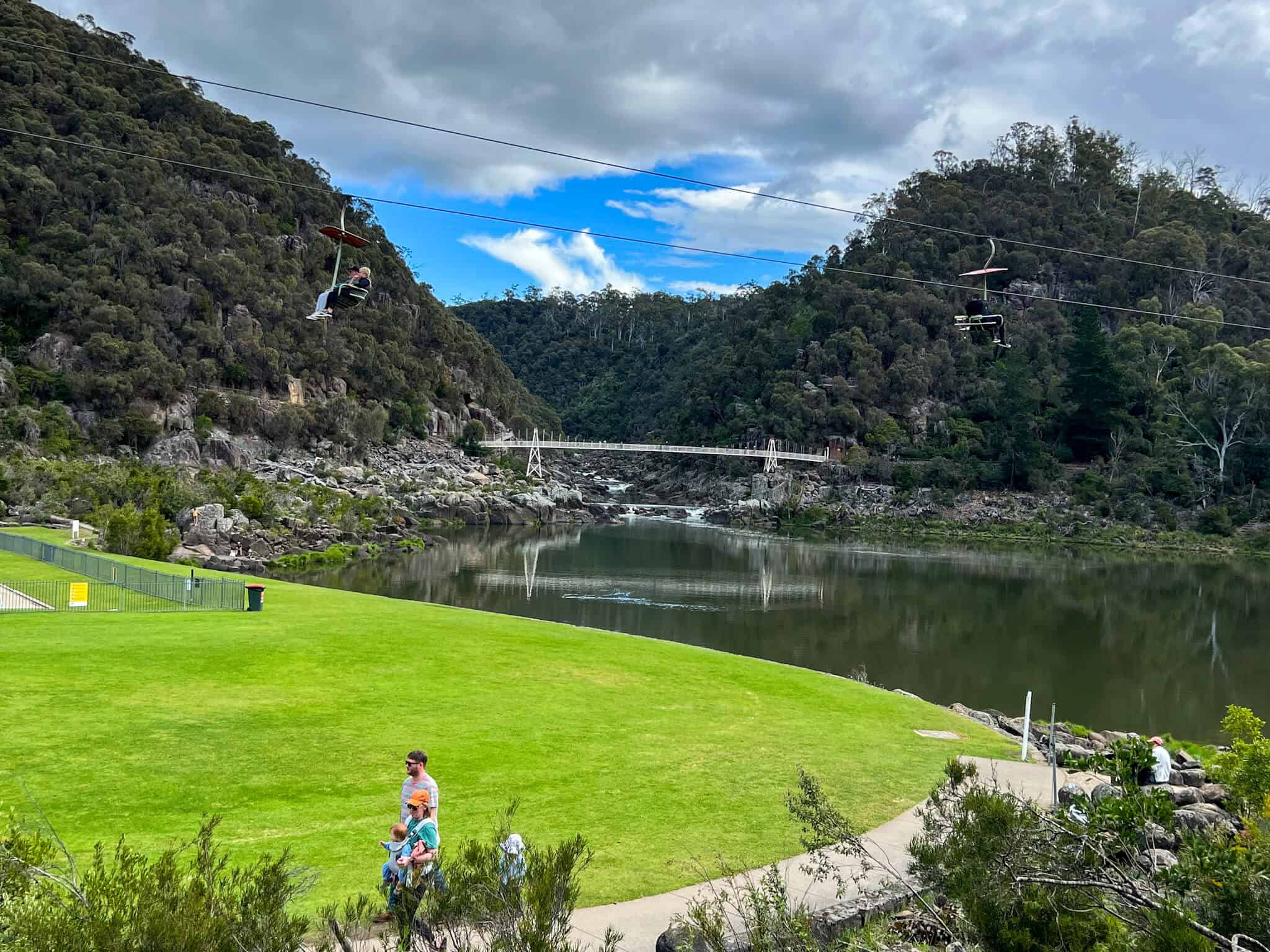
What is the best of Tasmania 7 day tour?
If you would like to extend your stay, try these tours –
- Tasmania 8-day tour in circle
- Travel round-trip from Hobart to places like Port Arthur, Bicheno, Cradle Mountain, and Queenstown
- 6-Day Tasmania Explorer Adventure Tour from Hobart
- On this road trip, you will visit hidden treasures like Lake St. Clair and the Tarkine Rainforest
Accommodation Recommendations:
Peppers seaport hotel , a little bit of luxury with a view.
Peppers Seaport Hotel is located at 28 Seaport Boulevard, Launceston. The hotel offers a range of comfortable and stylish accommodation options with its prime location, overlooking the picturesque Tamar River; you can enjoy breathtaking views and easy access to Launceston’s vibrant seaport area.
You can choose from spacious rooms with river or city views or a suite with a separate living area and a private balcony.
The Florance Launceston
Old world charm.
Florance Launceston is a charming boutique hotel located in the heart of Launceston. This elegant property offers a delightful fusion of modern style and classic heritage and is known for its warm hospitality and exceptional service.
The hotel features various tastefully designed rooms, catering to the different preferences and needs you may need. The spacious and well-appointed Deluxe Rooms offer a comfortable retreat, equipped with all the essential amenities for a pleasant stay. For those seeking Luxury, the Executive Suites provide an indulgent experience, complete with a separate living area and stunning city views.
Conveniently situated at 123 Smith Street, Florance Launceston boasts a prime location, allowing easy access to popular attractions, restaurants, and shops in the area.
The Big 4 Launceston Holiday Park
Budget-friendly .
The Big 4 Launceston Holiday Park boasts a variety of self-contained cabins that cater to different needs and budgets. Equipped with modern amenities, these cabins provide a cozy and homely atmosphere to maximise your stay.
These sites cater to caravans, motorhomes, and tents, allowing guests to immerse themselves in the natural beauty of the park surroundings.
Big 4 Launceston Holiday Park is ideally situated, offering easy access to Launceston’s significant attractions, such as Cataract Gorge Reserve, Tamar Valley, and the historic city centre. Guests can explore local wineries, dine at acclaimed restaurants, or indulge in outdoor activities like hiking, fishing, and wildlife spotting.
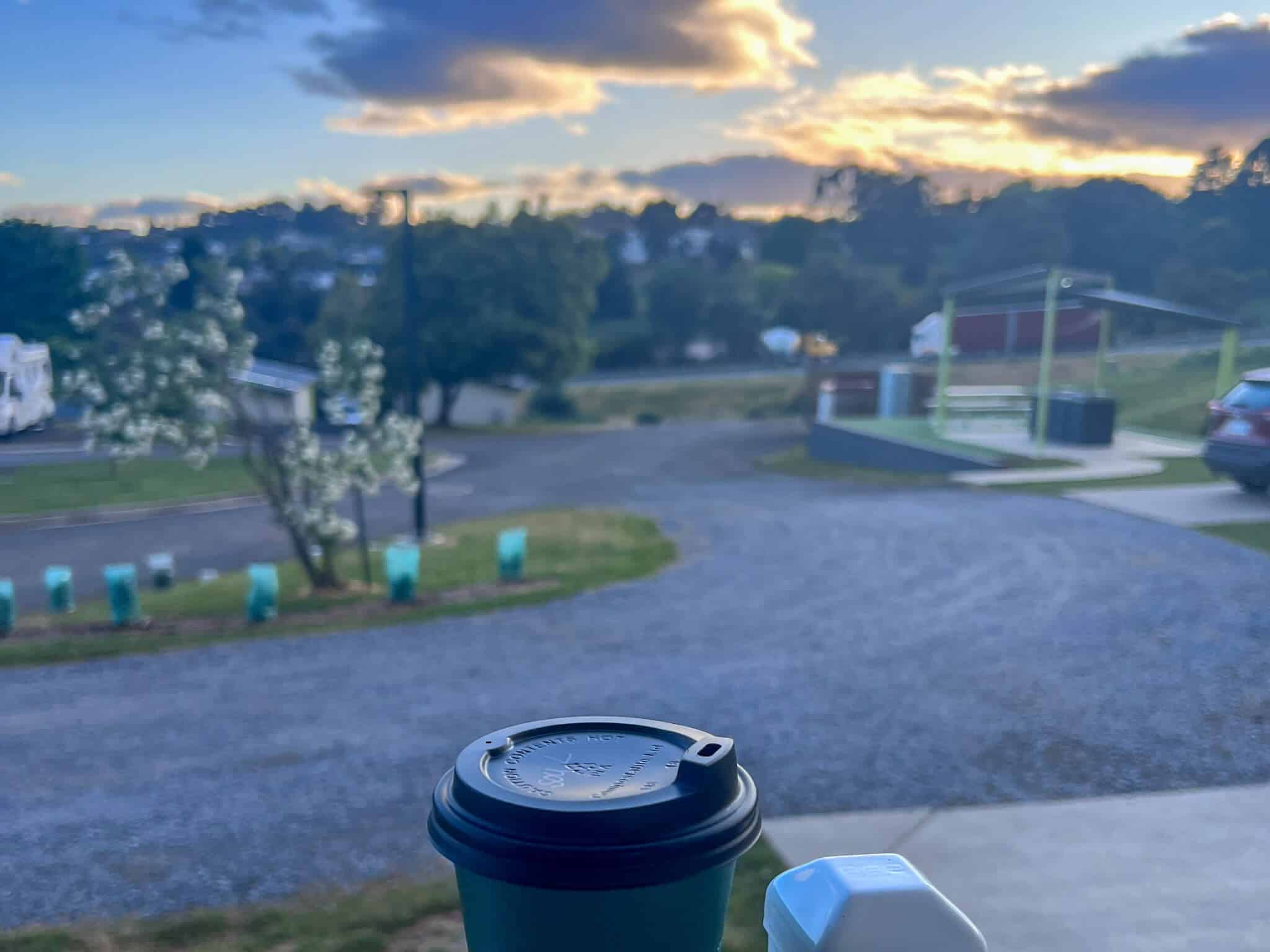
This post may contain affiliate links, meaning we may receive a commission at no extra cost if you make a purchase through a link. Please see our full disclosure f or further information.
Check out my Instagram or join my Facebook group
Thanks for taking the time to read this article. I hope this post has given you the necessary information you need. If you have any recommendations, tips or travel advice, I would love for you to share them in the comment section below!
Pin it for later!
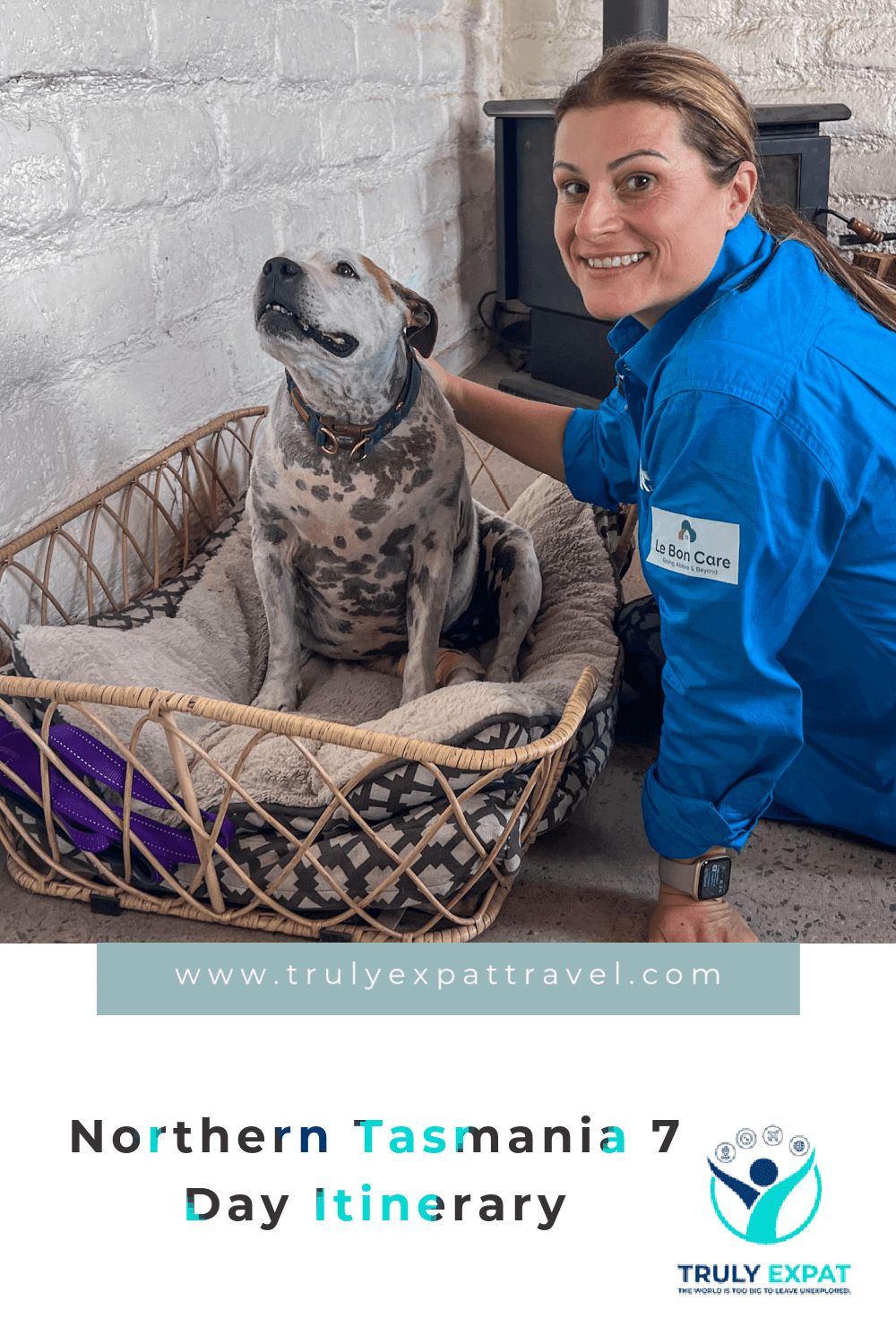
Would you like to read more about Tasmania?
10 Best things to do in Cradle Mountain in 2024
10 reasons to visit Hobart this 2024
So 17 years ago, my husband and I set off with our little family in tow, embarking on a short-term assignment in Taiwan. Although without any knowledge of expat life or the Taiwanese culture, we took the chance and decided this would be an exciting little adventure; little did we know it changed the direction of our lives forever.
View all posts

Recommended Posts
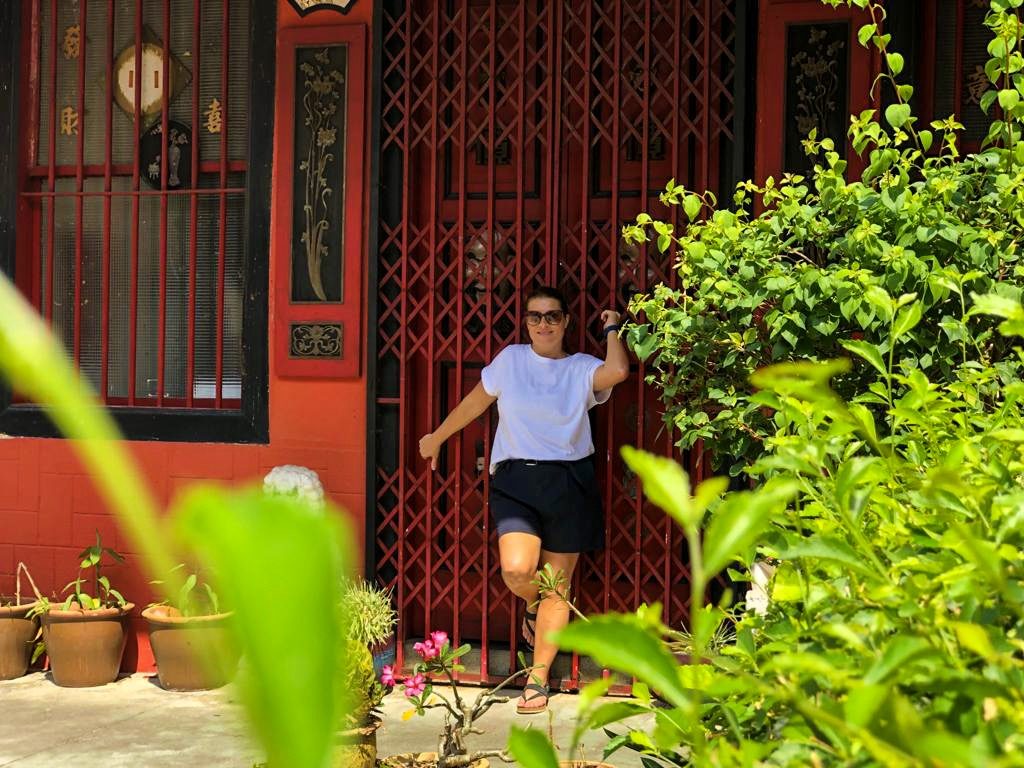
The best Singapore 1 Day itinerary [2024]
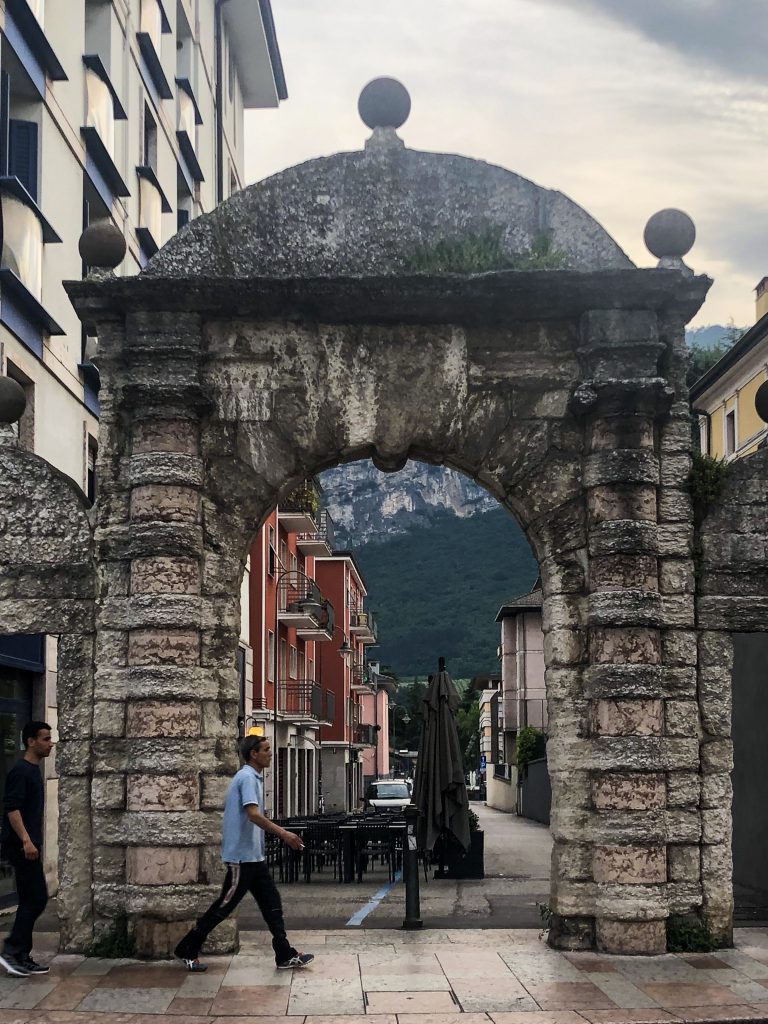
The best of Trento Italy in 1 day [2024]
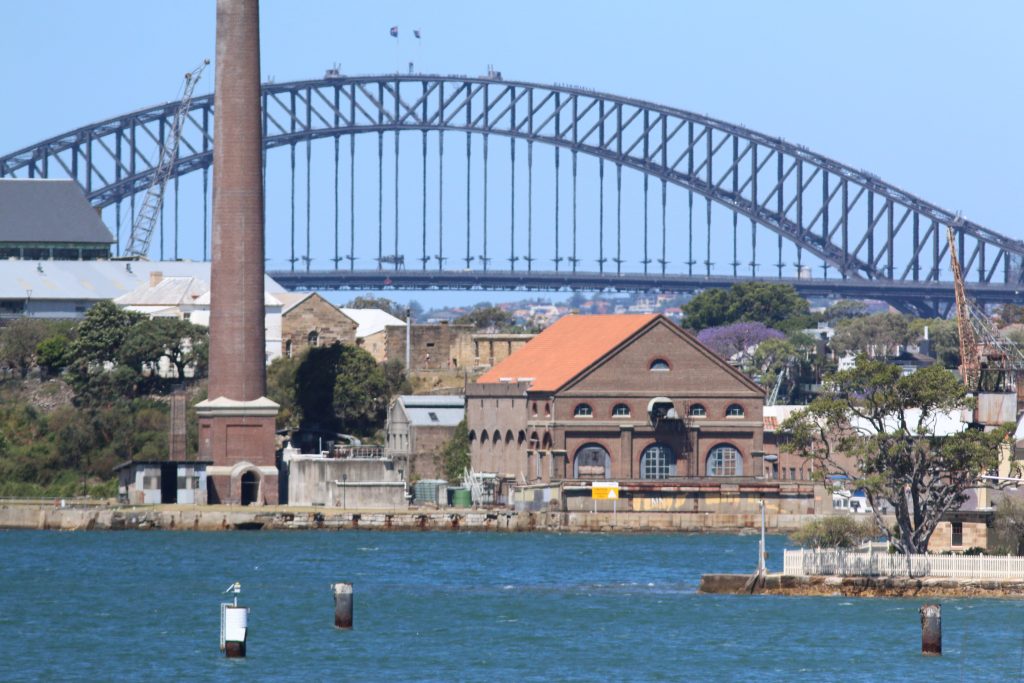
Are you spending winter in Sydney? Heres a 1 day itinerary not to miss!
Leave a comment cancel reply.
Your email address will not be published. Required fields are marked *
Save my name, email, and website in this browser for the next time I comment.
Copyright ©
- South Africa
- Philippines
- New South Wales
- Northern Territory
- South Australia
- Western Australia
- Switzerland
- United Kingdom
- Netherlands
- New Zealand
- Solomon Islands
- Itineraries
- About Travel2Next
- Hotel Reviews
- Travel2Next TV
- Travel Shop
- Destinations
- Best of Tasmania
- East Coast Tasmania
59 Awesome Tasmania Photography Spots
- This post may contain affiliate links. Read our disclosure.
Photographers who live in Tasmania are a lucky lot as Tasmanian has a lot of beautiful scenery to capture. From snowcapped mountains to the stunning coastline, here are the best Tasmania photography places to inspire your wanderlust.
- 100 Travel Quotes You Will Love
- 20 Quotes About Travel With Friends
- 100 Sunset Captions and Quotes
- 50 Inspiring Family Travel Quotes
- 70 Famous Mountain Quotes
- 120 Ocean Quotes
1- Bridestowe Lavender Estate (Nabowla) photo
2- photo of launceston in autumn , 3- binalong bay photo, 4- central highlands photos, 5- cradle mountain photography, 6- east coast tasmania photography, 7- horseshoe falls photo, 8- aurora australis photo, 9- old pier beach, bridport photo, 10- midlands photography, 11- liffey falls photos, 12- bruny island, 13- sisters beach, north west coast, 14- hobart photography spots, 15- mount field national park, 16- mount wellington winter photo, 17- narawntapu national park, 18- coles bay, 19- southwest wilderness, 20- cradle mountain, 21- the central highlands, 22- pumphouse point, 23- tasman peninsula, 24- king island, tasmanian photography tips, 25- photos of tasmanian family life, 26- bird photo , 27- russel falla, 28- south cape bay to for the aurora australis, 29- three capes walk, 30- rupert point, 31- cradle mountain, 32- mount wellington, tasmania photography tips, 33- sandy bay, hobart, photo, 34- photo of dove lake, cradle mountain, 35- maria island night photo, 36- photo of hobart in winter , 37- jarryd foster stern, 38- marty paradisis stern, 39- pedra branca, 40- shipstern bluff, 41- southwest national park, 42- eldon range, cradle mountain, 43- lake promontory, western arthur range, southwest national park, 44- bramble cove, port davey, southwest national park, 45- cathedral mountain, cradle mountain-lake st clair national park, 46- lake myrtle and mt rogoona, 47- swamp harrier, 48- coronation peak, 49- west coast range, 50- square lake, 51- tarkine , 52 – photographing tasmania’s beaches, 53- the tasmanian photographer, 54- three capes track , 54- nine pin point, d’entrecasteau channel, 55- bruny island , 56- the franklin river, 57- the overland track, 58- southwest tasmania, 59- cradle mountain, 13 tasmania photography spots – jason stephens.
Jason Stephens is a Tasmanian landscape photographer who lives in Launceston. Below are 13 places for photography in Tasmania he loves.
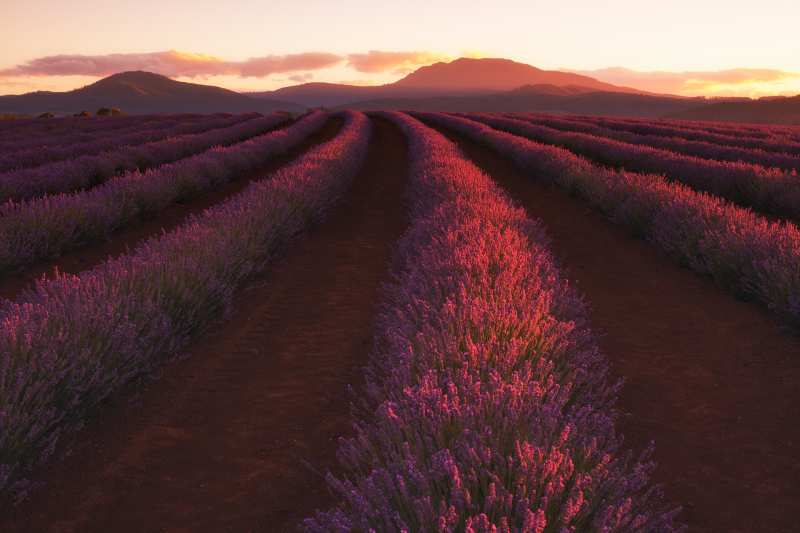
I photographed the sunset at Bridestowe Lavender Estate.
The estate is an amazing landscape to visit any time of the year but the best time for the stunning lavender in blossom is late December or early January.
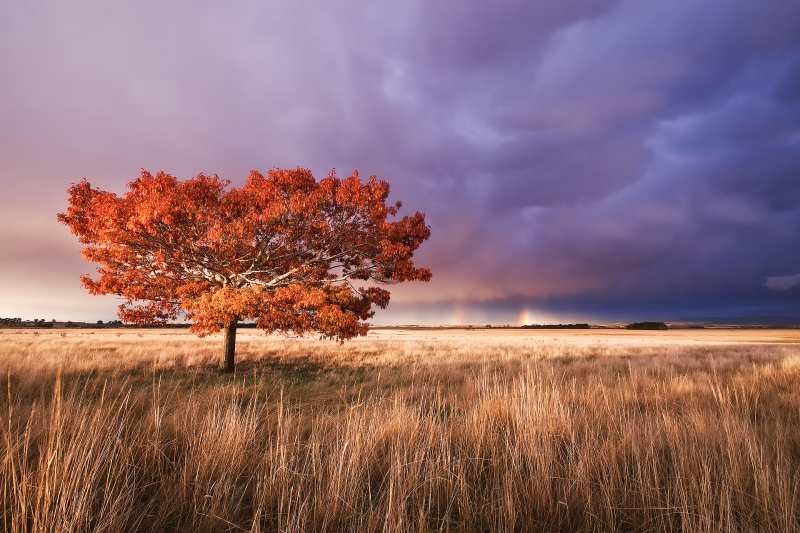
A storm had just passed Launceston shortly before sunset.
The sun was behind me, illuminating the tree and its autumn leaves and creating a small rainbow in the distance.
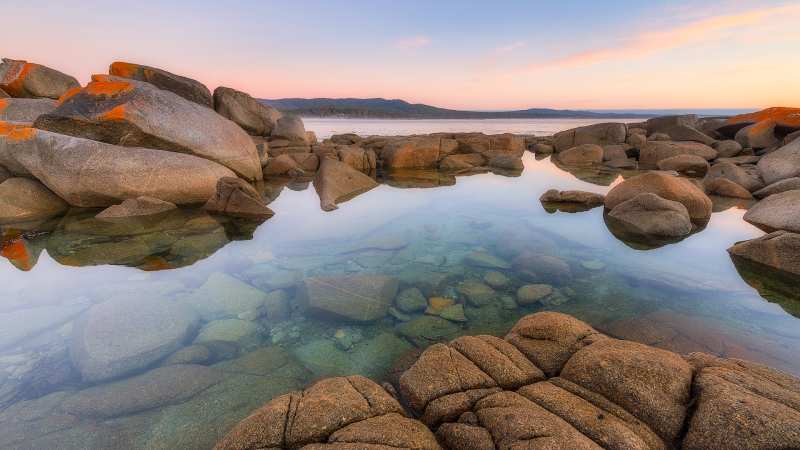
A very popular destination on Tasmania’s stunning East Coast, Binalong Bay is a stunning spot for sure.
The red lichen-covered rocks and white sand combined with pristine blue water is something any visitor should see.
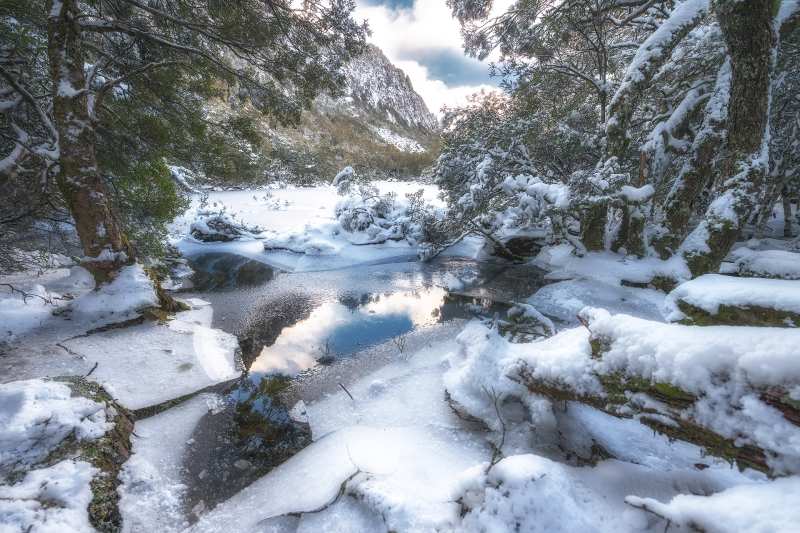
Tasmania’s Highlands is easy to get to by car from several directions.
I love it in winter w hen the snow settles it can turn the scenery into a magical wonderland.
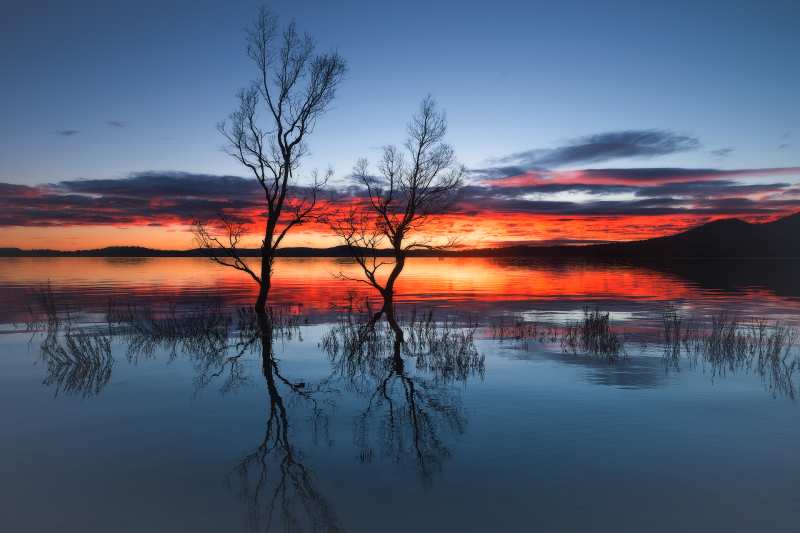
Arthurs Lake in the Central Highlands is renowned for trout fishing but the area is equally attractive to keen photographers.
It’s such a peaceful calm sunrise this particular morning.
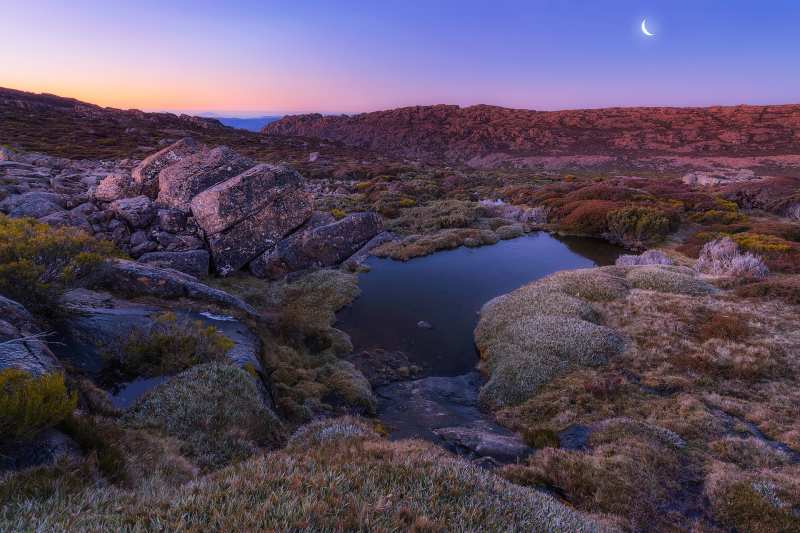
While Tasmania doesn’t have many high mountains, Ben Lomond is a great subject to photograph.
Ben Lomond is 1200m high and has a central massif.
I snapped this scene just after sunset.
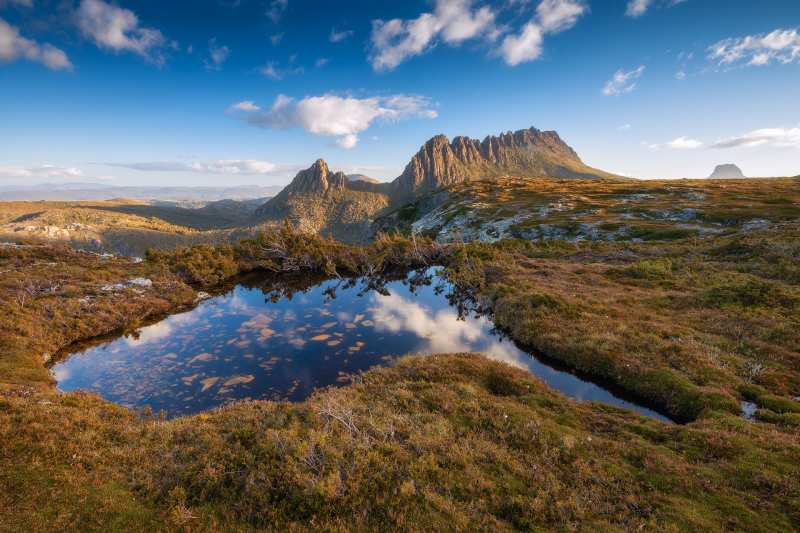
When you first arrive at the Dove Lake carpark in the Cradle Mountain National Park, you are greeted with similar views as this Tasmania photo.
It’s no wonder people have this place on their bucket list.
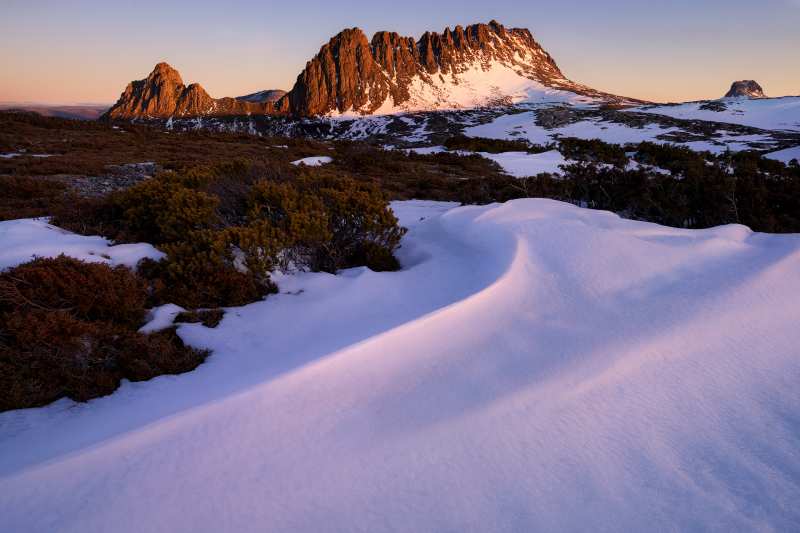
A 60-minute walk from the Dove Lake Carpark via Marion’s Lookout gives you the higher view of the Famous Cradle Peaks.
It looks stunning at the very end of winter with the last remnants of snow.

My favourite image of Cradle Mountain was captured from Marion’s Lookout.
I love it so much as its such a natural image and taken at the time of day non-photographers can relate to.
Not often you get clear skies and light like it at Cradle.
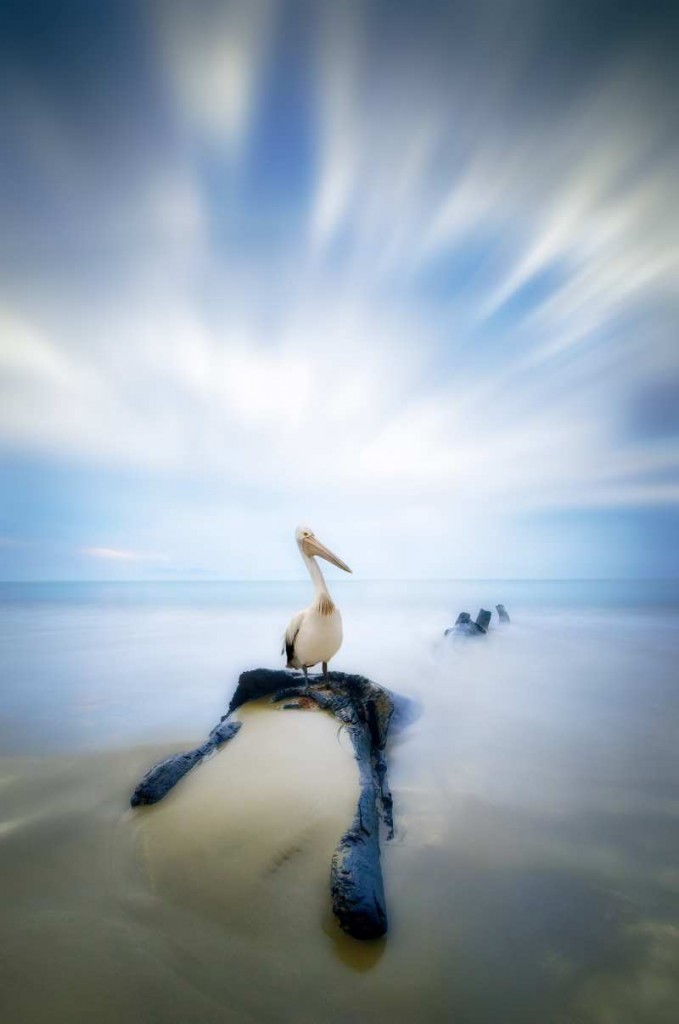
One of my favourite things about Tasmania’s East Coast is the pelicans. There are so many in the area and each pelican seems to have their own personality….just like my mate Percival pictured!
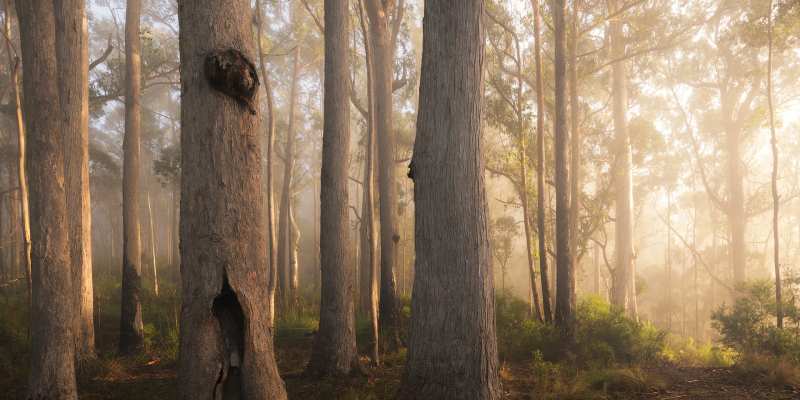
St Marys is a small township at the foot of an impressive rocky outcrop, St Patrick’s Head, located 30km north of Bicheno in Tasmania’s northeast .
There was a little bit of fog in the forest on my return from a sunrise shoot down the East Coast.
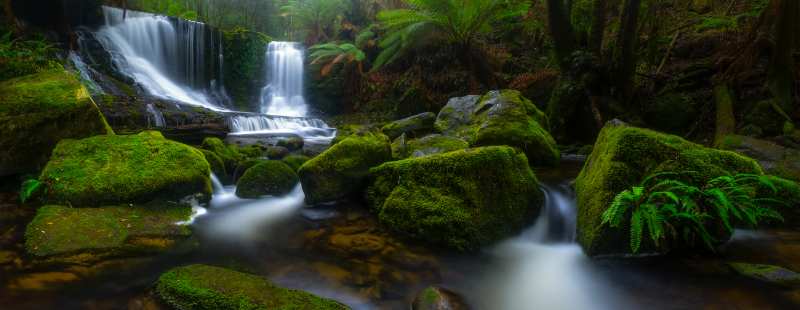
Situated in the Mt Field National Park (64km north west of Hobart), the walk to Horseshoe Falls is one of the best short walks I have experienced.
Russell and Horseshoe Falls (pictured) are the main highlights.
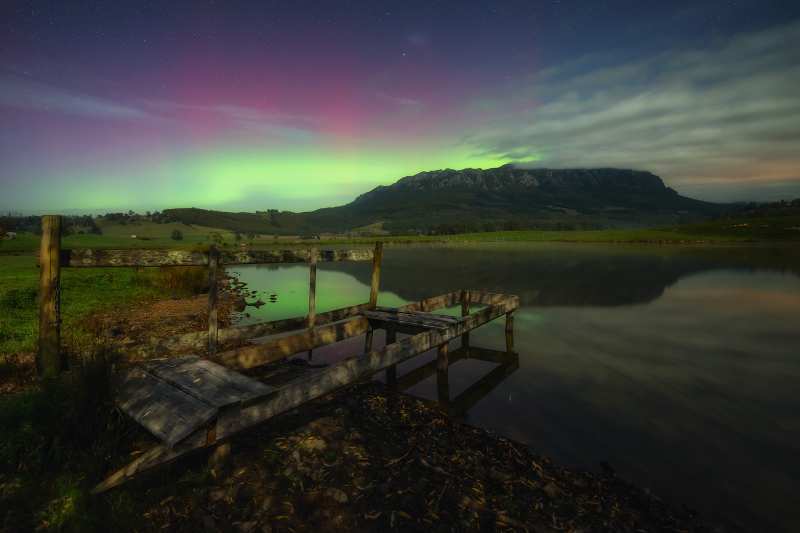
Mt Roland is situated between Sheffield and Cradle Mountain.
I call it the “forgotten rock”.
I tried my best to bring it to life under the Aurora Australis. We are so lucky to get amazing views of the Aurora in Tasmania.
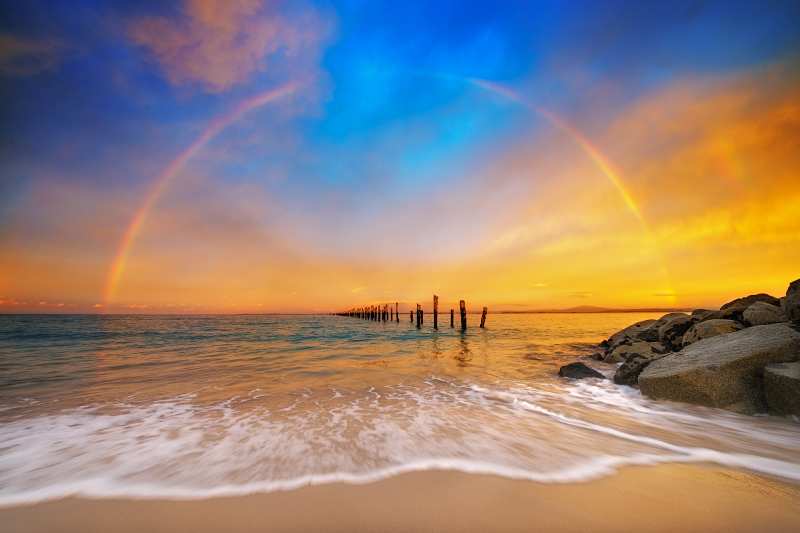
Old Pier Beach is a stunning little beach in Tasmania . I will never forget the day this image was taken. The sight of the beach is imprinted in my mind.
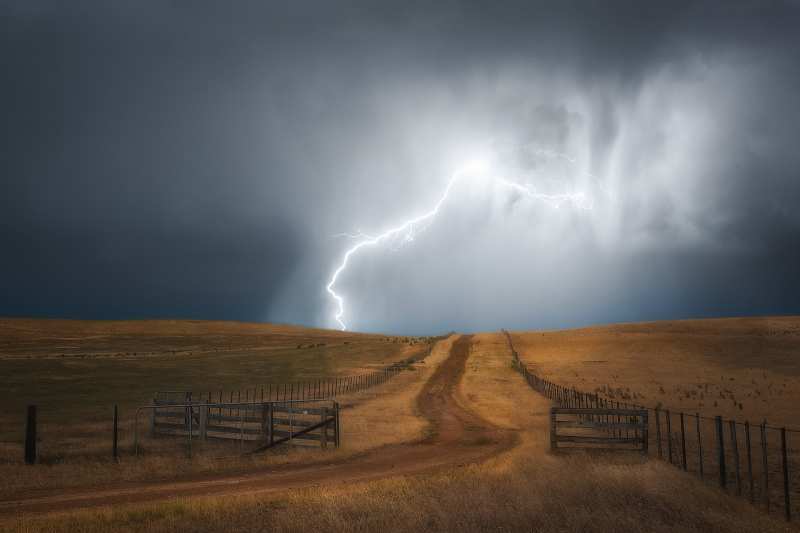
The Midlands region, between Launceston and Hobart , is a vast open and a flat area with surrounding hills.
It’s my special place to explore before a storm.
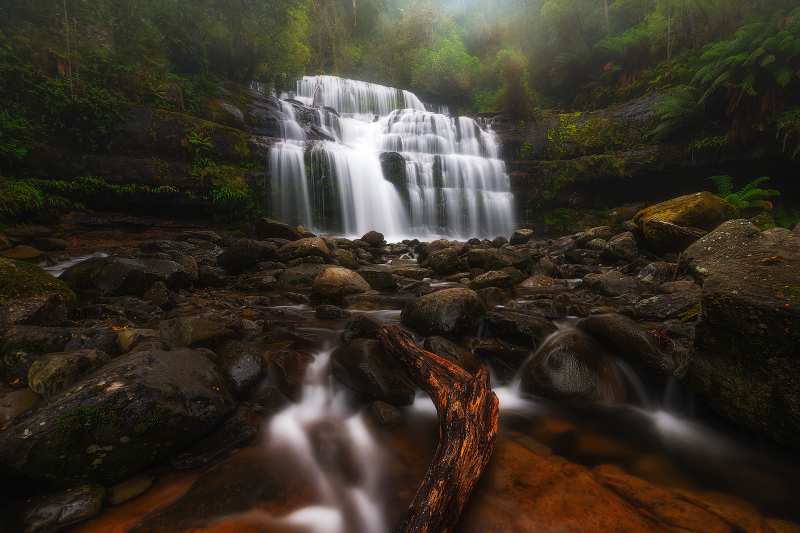
Liffey Falls is one of Tasmania’s prettiest waterfalls. It’s located in a cool rainforest among myrtle, sassafras and leatherwood.
Located near Mole Creek , the waterfall is stunning any time of the year.
Both images were captured in spring.
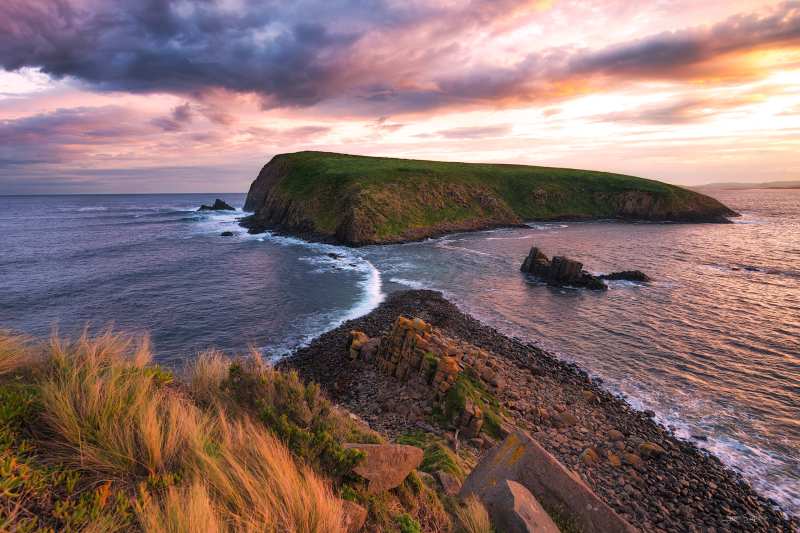
This is the view of Courts Island from the South Bruny National Park on Bruny Island at sunset.
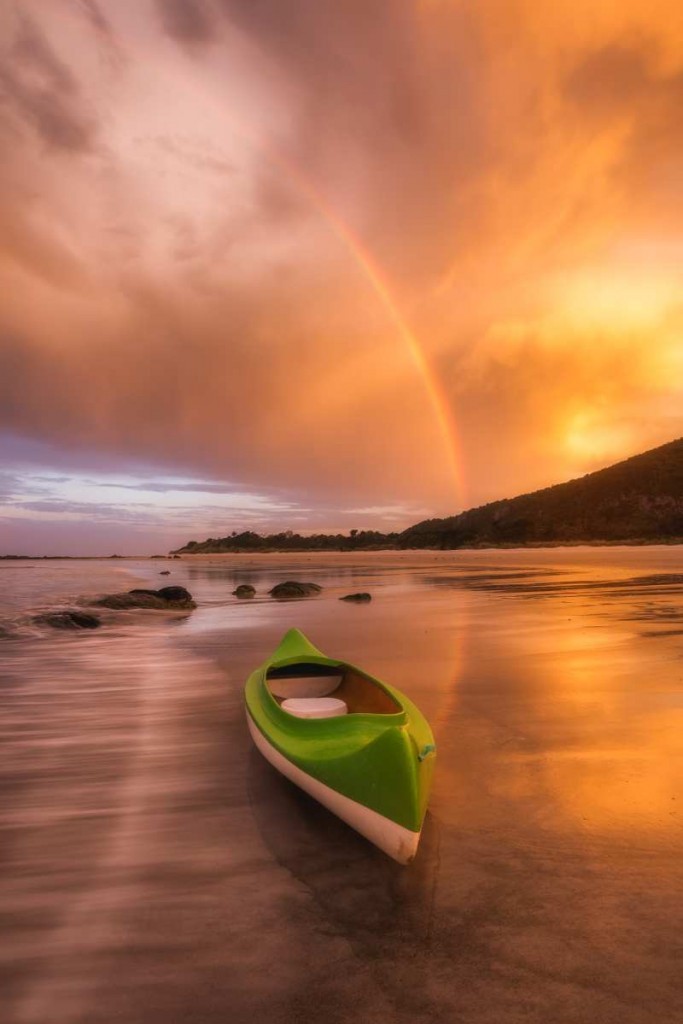
I had one of the most remarkable afternoons ever behind a camera at Sisters Beach.
I shared this moment with two great friends and fellow landscape photographers Cam Wilson and Aaron Jones.
A Rich Collection of Tasmanian Images – Paul Fleming
Paul Fleming is a Tasmanian photographer who lives in Hobart and has published a photography book of some of the most wonderful landscapes of Tasmania.
I’m fortunate to live on the island of Tasmania, which is so wonderfully photogenic all year round.
I’ve travelled to almost every corner of the state, and to some of Tasmania’s most beautiful islands , including Flinders, Maria, Clarke, Schouten and Bruny Islands.
However, I feel I have barely scratched the surface of what Tasmania truly has to offer, with its rich experiences and endless photographic opportunities.
I come from a family of conservationists, passionate about the island and its wonders.
While other kids were heading off to the ‘mainland’ for summer holidays, my childhood was spent exploring remote pockets of the state and delving deep into national parks and remote reserves .
I first climbed Cradle Mountain when I was just six years old, completed the Overland Track when I was nine and battled and conquered the rugged South Coast Track by age 11.
The beauty of Tasmania’s wild places was etched in my mind long before I learnt how to capture it on camera.
I’m most at home when in the mountainous heart of Tasmania, especially the Cradle Valley region.
I’ve lost count how many times I have been there, but part of the allure is that no moment there can ever be replicated – within minutes you can experience summertime sunshine then be catching snowflakes on your tongue.
Every moment captured there is unique, fleeting and your very own personal experience. Plus, the cutest wombats roam freely there, so you’re always surrounded by twitching noses and gentle wandering critters.
Tasmania is home.
Living in Tasmania is good for the soul.
It’s the place that makes my heart skips a beat when I gaze out an airplane window and see the azure waters of the northern coast breaking against the untouched, uncrowded and unspoilt beaches and rocky foreshore that rises from the watery border of the Bass Strait, which keeps us Tasmanians separated from the big island of Australia.
I’m from Legana, a small community on the western side of the picturesque Tamar River, about 15km north of Launceston.
The area is dominated by apple orchards and premier vineyard estates.
After living and working in Brisbane and the United States, I am now based in Hobart, Tasmania’s capital, at the southern end of the island.
Being an island hugged by pristine beaches and spectacular rock formations with a heart of mountains and densely forested river valleys, we have an overwhelming choice when it comes to where to shoot sunrise or sunset.
It entirely depends on what you want to experience.
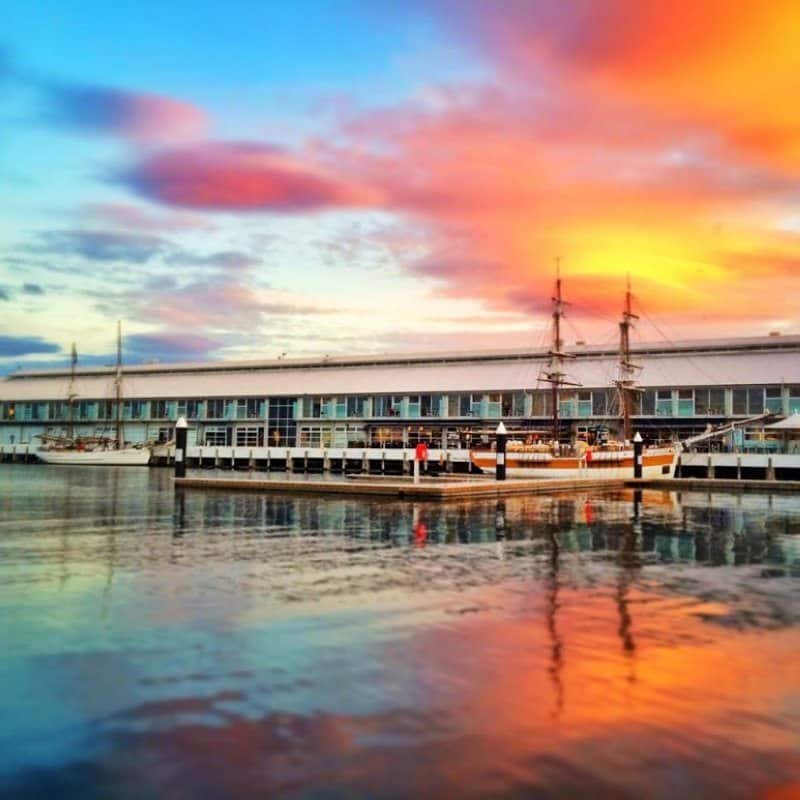
Living in Hobart, a city of about 200,000 people, means it is small enough that you can escape to a quiet place fairly easily.
Within a 30 minute radius, you can lose yourself on a Tasmanian beach without another soul in sight, or head into the forests and be mesmerised by cascading curtains of waterfalls.
When in need of time out, we’ll often just jump in the car and see where the road takes us.
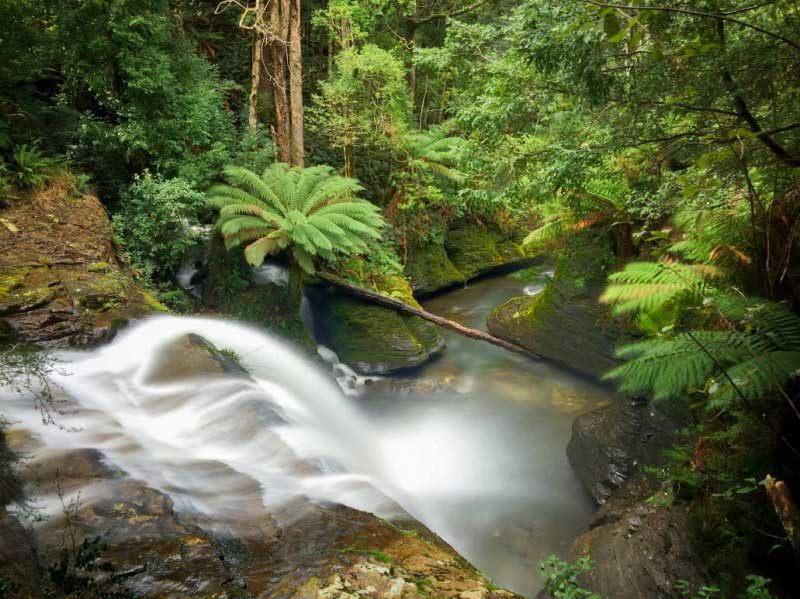
Close to Hobart, we often head to Mount Field National Park and Lake Dobson.
There is a grove of ancient pandani there, an endemic species of plant to Tasmania that evokes the era of the dinosaurs and Gondwana.
Further afield, if it’s sunshine and beaches we crave, it will be the coastline surrounding Bicheno on the east coast.
It’s the less touristy option than Coles Bay, which is about 40 minutes’ drive to the south.
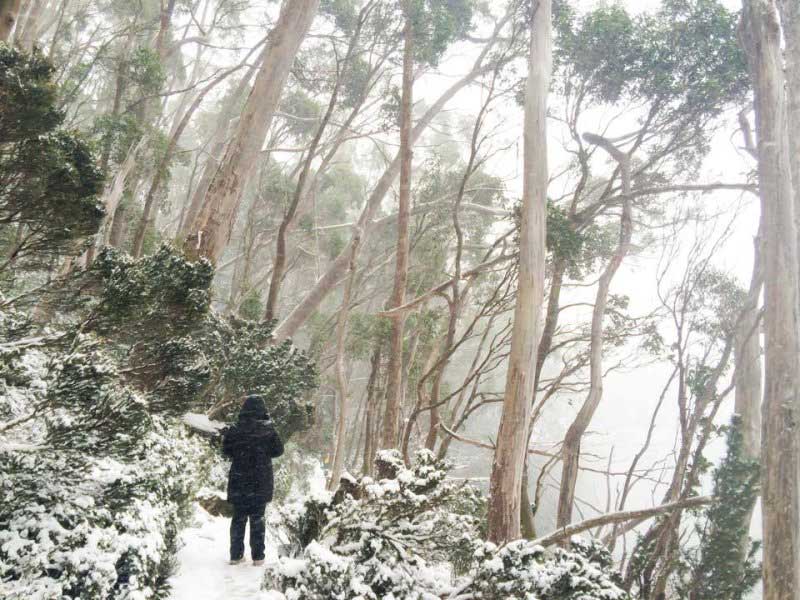
Winter is probably my favourite time of year for capturing Hobart and surrounds. There are also plenty of exciting things to do in Hobart in winter.
Mount Wellington is often capped in a dusting of snow (sometimes some suburbs too) which I find beautiful.
Playing in the snow, capturing icy scenes from atop a 1,200m mountain with an Australian capital city as the background is a fantastic experience that can’t be replicated in any other place in the country.
Be there for sunrise or sunset and you’ll wonder why you haven’t thought to visit the city in winter before.
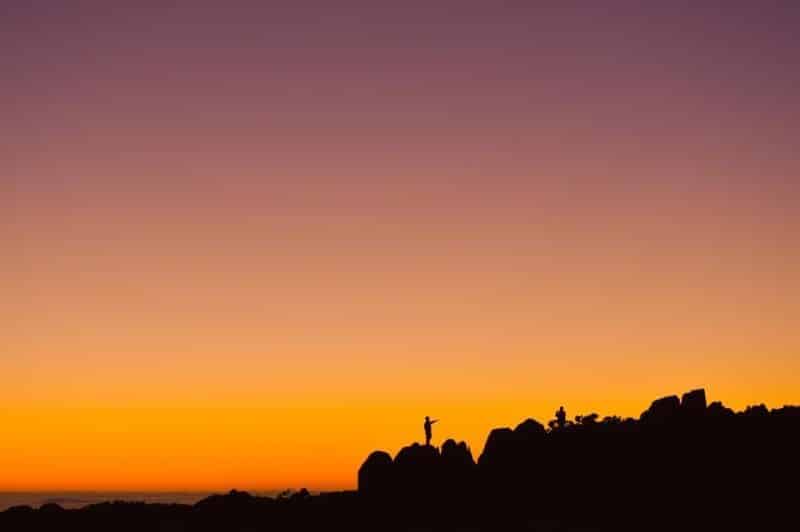
My favourite place to photograph sunrise is from on top of Mount Wellington, the 1,271m ever-present towering backdrop to Hobart.
A 22km drive from the CBD gets you to the summit and allows you to easily find a spot to perch and await one of Tasmania’s famous deeply coloured sunrises.
You can feel the first touches of warmth resting upon your face as the city down below you slowly awaken.
It’s a magical place to be – and very easily accessible to anyone.
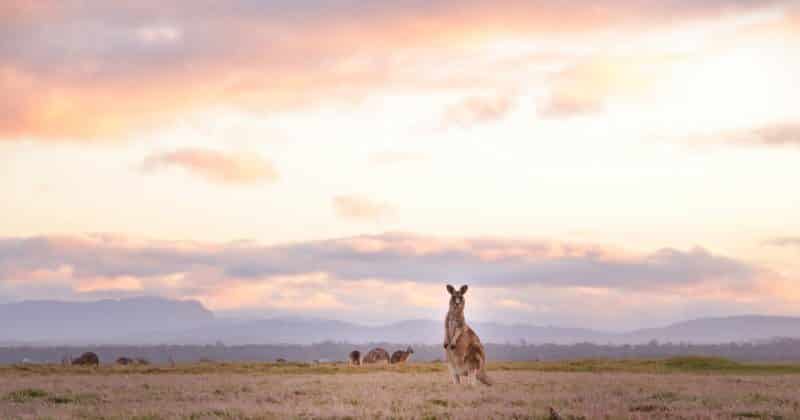
For sunset, there are hundreds of kilometres of the untouched western coastline or many bays and coves all around the island that will feel the lingering Tassie light.
My most memorable sunsets are often from the north-coast Narawntapu National Park, often referred to as the ‘Serengeti of Tasmania’ due to the abundance of friendly wombats, wallabies, potoroos and one of the few areas in the State where you’ll find our single variety of kangaroo (the Forester/Eastern Grey).
Little hairy bodies with a tinge of golden glow through their fur is simply wonderful to witness.
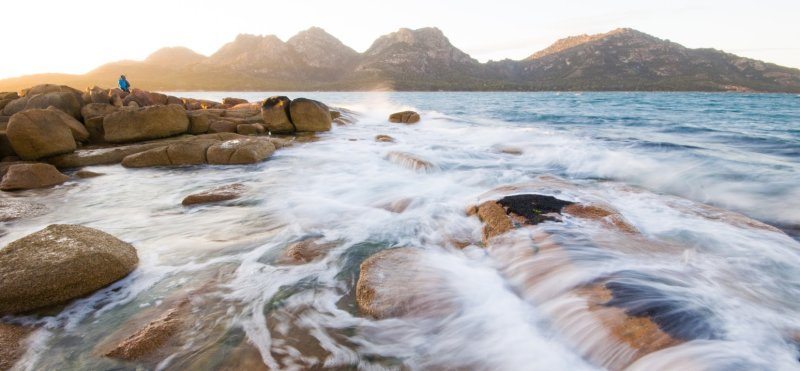
Coles Bay, the gateway into Freycinet National Park , is my favourite place from this selection of images.
Many childhood memories were nurtured here, as my family often stayed in a shack right by the clear waters of the bay with a view across to the inspiring mountain range of The Hazards.
It is where my dad would take my brother and I out fishing in a dingy, and then we’d explore the granite boulder-strewn coastline and chasing after cute little wallabies.
Finding creatures we’d never seen before – from a light-emitting cephalopod to humpback and southern right whales frolicking in the bay – seemed like the creations of an over-active imagination for this curious kid.
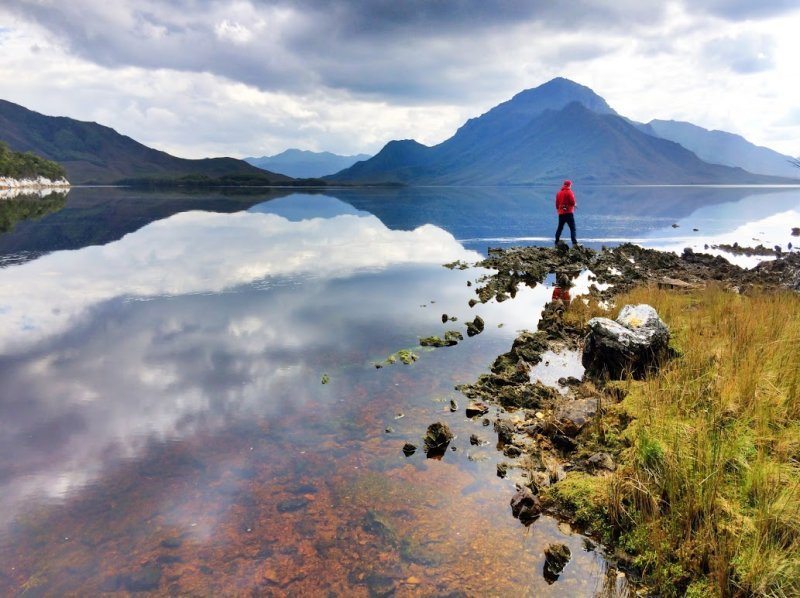
A journey into Tasmania’s wild and untamed World Heritage-listed South West wilderness is an experience that doesn’t just leave you breathless – it forces you to stop, listen and forget the troubles of the world.
You’re disconnected from what you thought was important, removed from your creature comforts. Yet, you feel inspired, uplifted and alive.
We struck a stunningly calm day, which surprisingly is not as unusual as you may think.
It can, however, get ferociously wild here, battered by the Roaring Forties winds from the west and incredible storms.
That’s part of the mystical attraction of places like this.
Bathurst Harbour covers an area of about 178km2 and is almost entirely landlocked except for a narrow channel opening to the Southern Ocean.
If the mountains and golden-hued hills with pockets of white quartzite shining through weren’t captivating enough, the water itself is a sight to see – it is permanently stained a dark red-brown colour, from tannin that filters through the roots of the expansive plains of button grass that extend around the area.
The tannin water sits as a separate layer on top of the salty sea water, blocking most light from getting through.
I have been here numerous times, including by foot – a walk of about a week from the nearest road.
However, you can experience this place as a day trip direct from Hobart via light aircraft with Par Avion Wilderness Tours or seaplane with Tasmanian Air Adventures.
Both include onshore short walks to get a closer look, feel and sense of this remote place and to learn about the aboriginal peoples and European intrusions into parts of the landscape.
A highlight is stepping ashore one of the Celery Top Islands, a tiny natural wonderland in the harbour, and where stunning vistas of Mt Rugby are captured.
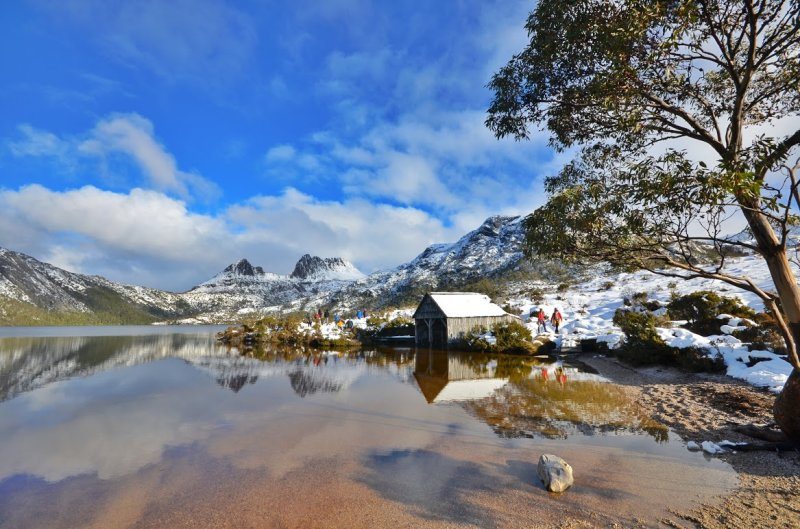
Freycinet and Cradle Mountain are Tasmania’s top two most popular National Parks – and it’s not hard to see why.
Capturing them in a unique way is certainly a challenge many photographers face when they arrive at either region – they’re recognised by iconic shaped skylines and are mostly captured from the most accessible and obvious places.
The key to a unique, yet still recognisable, shot of these places is to search out where most of the images are taken at Cradle it’s the path from the carpark to the boat shed, and at Freycinet around the Coles Bay jetty area.
I like to check out the surrounding area for an interesting foreground, change in height/angle or perhaps something that is temporarily there – like a distinct yacht moored in Coles Bay or at Cradle, some flowers blooming or ice on the lake.
That way, you still get an image that is recognisable from that place but is a unique perspective.
If you get there early for sunrise or sunset, you’re on your way to a winning capture.
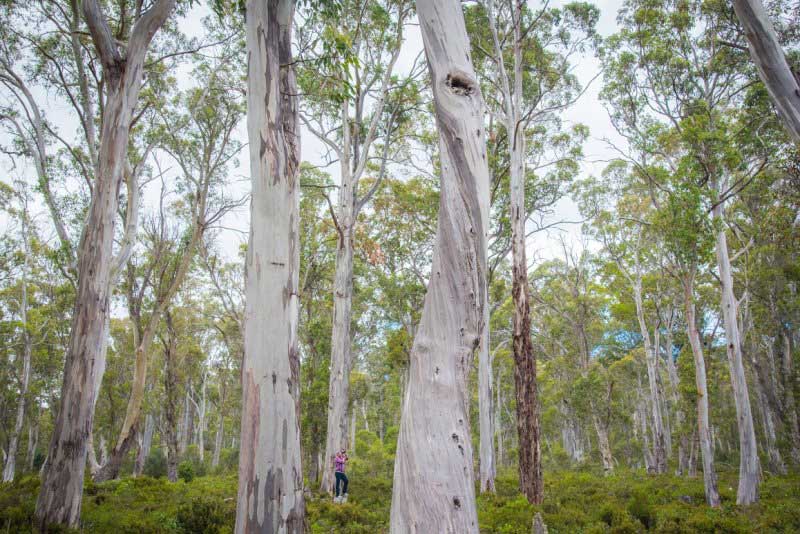
The Central Highlands has generally been a place that visitors pass through on their journey to the west coast of Tasmania, or to take a scenic detour to traverse the island from north to south.
They used to rarely make many stops, or perhaps ‘see’ what they were passing through – the focus was on the coastal destination or to start a long bushwalk.
The Central Highlands is a large slice of the island – the Great Western Tiers rise steeply from the fertile farming plains of the north and Midlands region, and tapers away to eventually meet the mighty Southern Ocean to the west and south.
More recently, the stunning beauty of the alpine lakes and swirling patterns of the gum trees, backdropped by mountain peaks straight from storybooks, has been luring people to linger in the area.
The famous Overland Track, winding and climbing through 65km from Cradle Mountain to Lake St Clair is found here, as well as the enchanting Nelson Falls a little further to the west.
Many of Tasmania’s most popular walking tracks are in this area.
The Lyell and Marlborough Highways and the Highland Lakes Road all intersect through the region and offer some of the islands most spectacular scenic drives.
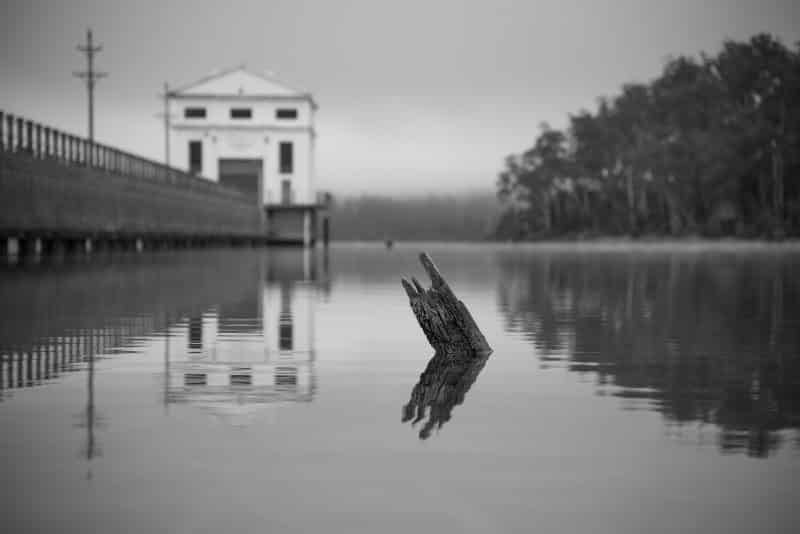
Tasmania is powered entirely by hydro-electricity, and it’s here you will see and learn about the history of how that came about – from ghost towns that are remnants of the dam building boom decades ago to some fairly impressive infrastructure including massive water pipelines plunging steeply into gravity-fed power stations at the base of valleys and canals at that criss-cross the landscape to feed water between the extensive system.
One of the old pieces of Hydro infrastructure that has had a new breath of life recently is the 1940’s water pumping station on Lake St Clair at Pumphouse Point .
This abandoned four-story, art deco building sits 250m out on Australia’s deepest lake and has just opened as Tasmania’s newest boutique hotel experience – and a startlingly unique experience at that.
It’s an immersive wilderness retreat of only 18 rooms and one that photographers are already flocking toward to try and capture it in their own way, and to be one of the first.
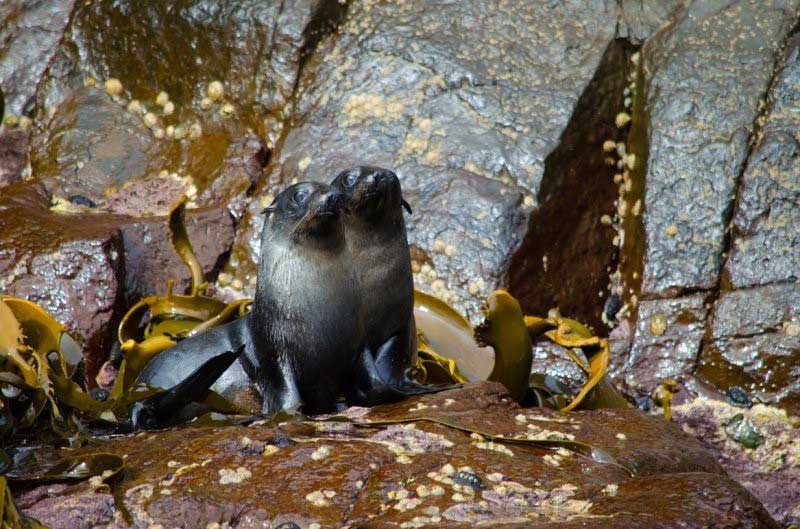
Those cheeky sea lions! They’re residents of the fauna-rich Tasman Peninsula, off the states South East coast.
Pennicott’s Wilderness Journeys runs award-winning eco-adventure cruises daily to this seal colony and out to the mind-blowingly rugged Tasman Island.
It’s a place that will have you cranking your neck back to look up at 300m high sea cliffs then swiftly back down to the pod of dolphins playfully chasing the powerful purpose-built boats.
My most memorable wildlife encounter – that’s a hard question to answer, as we’re blessed with a plethora of adorable wildlife in large numbers here, some unique to the island too.
I’ve seen Tasmanian Devils in the wild , and quolls, snakes, and the much-loved platypus, echidnas and wombats.
On the water, I’ve seen whales, dolphins, seals and penguins to name a few.
Every encounter with a wild animal is special to me.
If I had to pick one moment, it would probably be when I saw my first whale. I was a kid fascinated, perhaps obsessed, with them.
One day we were out on a boat on Great Oyster Bay (near Freycinet) and found ourselves right up close a pair of southern rights just lazily passing the day.
They didn’t ‘do’ anything, there was no fluke slapping or breaching – they were just huge, peaceful creatures that captured my imagination.
Growing up in a family that placed a lot of focus on holidaying in different places across the island, I’ve actually been fortunate to have already visited many of the places that I could name as ‘the’ places to see.
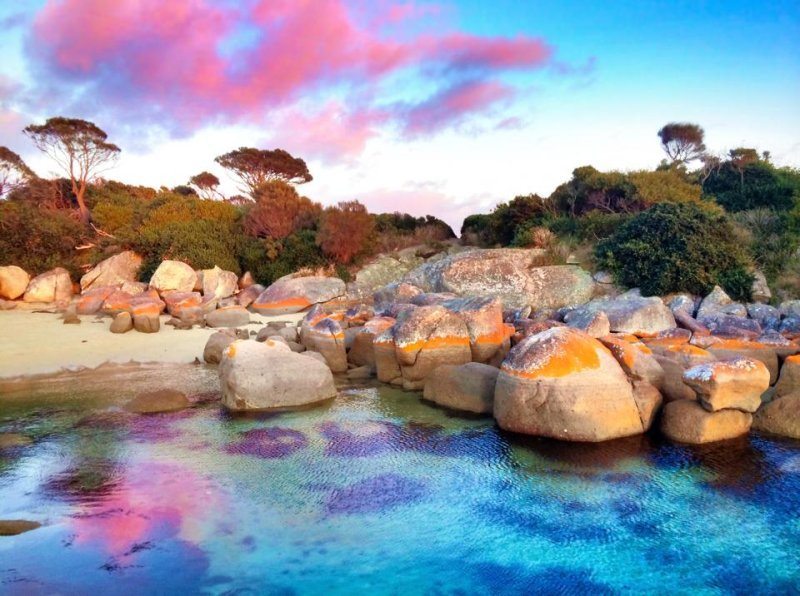
There’s always more to discover though, and places that I want to experience – such as King Island and get a stronger feel for the Tarkine region.
If I had to narrow it down, there are two places that I consider bucket-list locations – Maastyker Island and Tasman Island.
They’re not easily accessible (anyone got a helicopter handy?) yet I feel a strong pull towards them for their remoteness, and also to (at least briefly) experience what the pioneering lighthouse keepers saw and experienced for decades as they kept the lights shining through starry or stormy nights.
I love to revisit places too; not to try and recreate existing memories but to see how they’ve changed and how my own growth into an adult has shifted how I feel and connect to a place.
- The best tip I can give about photography in Tasmania is that we have a beautiful, lingering light that glows from low angles in the mornings and evenings the rest of Australia generally doesn’t get (due to us being further away from the Equator).
- We also have a lengthy twilight – it’s not uncommon to still be capturing enchanting soft light anywhere up to 45 minutes to an hour beyond sunset.
- The same applies before a sunrise – be prepared to be at your location at least 40 minutes before the sun is due to rise to have the best chance of capturing the light.
- In summer, this means you’ll still be wandering around without a torch up until around 10 pm.
- I still predominantly shoot with an iPhone (either a 5 or 5s). I do also use a Nikon D750 with an f4 24-120 lens depending on the location, subject or needs of a client.
Inspiring Photography in Tasmania – Francois Fourie
Born and raised in South Africa, Francois Fourie fulfilled his ambition to travel the world early on in life. Fresh from school, he backpacked for eight years before settling in Tasmania with his family. He is happiest with a camera in his hand and has an amazing collection of photographs shot around Tasmania posted on his Instagram account.
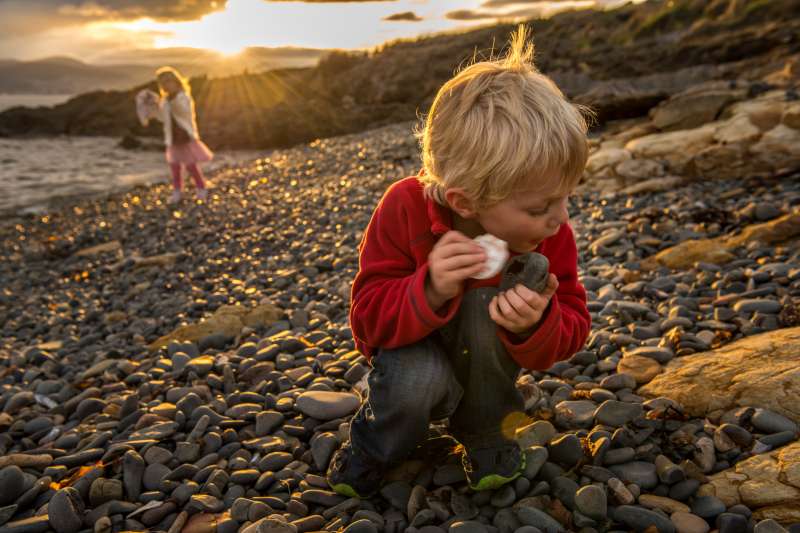
Having four kids (2×7 and 2×6) does make life interesting. Mornings can be crazy to get everyone ready and out the door.
I then go to work and tell people to turn their computer off and on again (I work in IT, where I provide training and technical support on a software application developed for medical specialists).
I might try and squeeze in a 20-minute gym session and then it’s back to school to pick up the brood and get everyone to friends and after-school activities.
It’s a real test of my time management and logistical skills.
On the weekends we like to get out of the house if the weather is nice and go to the beach, park or anything “fun” really.
I like to get out whenever I can to take photos, especially at night, but having a family means I cannot always go to exotic locations when the conditions are perfect.
I do however make sure I keep my camera with me at all times so that I don’t miss those magical photo opportunities when they present themselves.
Instagram is such a great platform.
It’s easy for me to bury my nose in my phone for a few minutes during the day to double tap here, comment there or upload a pic whenever I can (I keep a stash of pictures ready-to-go in a Dropbox folder called social media).
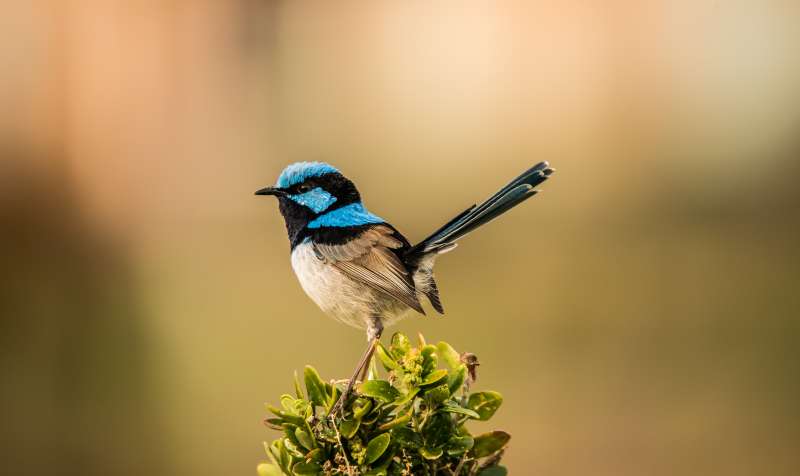
I always say to myself, “do what you can while you can”(meaning now is probably the best time).
Whenever I feel a little bit lazy, I tell myself “good photos won’t take themselves” (in other words…get out of bed now, even if it is 3 am and freezing cold and you are tired).
Also, my motto is “photography is my therapy”.
It’s what makes me happy and ‘fixes’ me when I’m feeling down or in a bad mood.
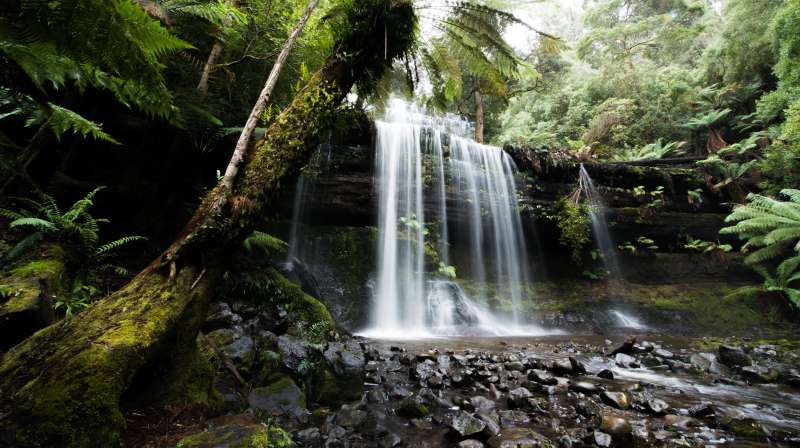
My mum is not very mobile as she just had both her knees replaced.
I might just take her for a long drive along some scenic routes around our beautiful state (everywhere). There’s plenty to see.
I could stick her in a wheelchair and push her to Russell Falls in Mount Field National Park.
It’s a magnificent waterfall to experience, and it’s a wheelchair accessible walk through beautiful fern forests, with some of the world’s tallest trees.
We could drive to Tasmania’s East Coast and take a scenic flight over Wineglass Bay , or go on a Tasmania road trip to the West Coast, and take a cruise on the Gordon River through Macquarie Harbour and the World Heritage Wilderness.
Perhaps we could even step back in history and get on a restored steam train with West Coast Wilderness Railway, and explore the King River Gorge and old-growth rainforest.
I better start planning!
My mum will be reading this and have expectations.

One of my favourite spots is Lion Rock, a big lump of rock near South Cape Bay, in the Southwest National Park, part of Tasmania’s Wilderness World Heritage Area.
It’s a two-hour walk from Cockle Creek .
Did you know that Cockle Creek is the most southerly point you can drive to?
I better take my mum there too!
South Cape Bay is a two-hour walk from Cockle Creek.
This place is remote and beautiful, but not hard to get to.
It’s great to photography at any time of the year and a top spot to photograph the Tasmania Aurora.
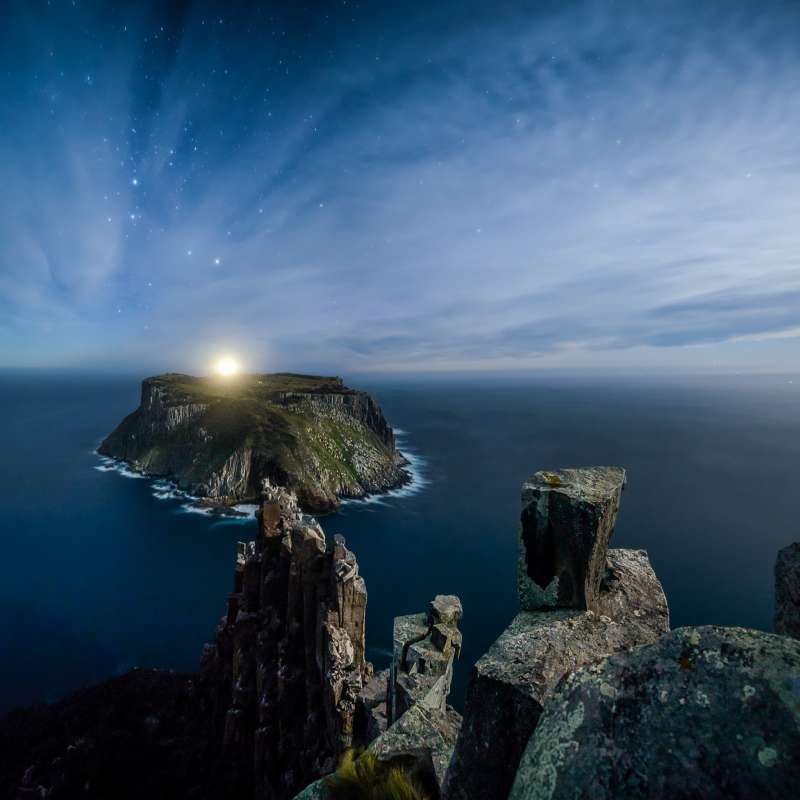
It’s not an easy walk, but the four to five-day journey will be one of the best experiences you have ever undertaken.
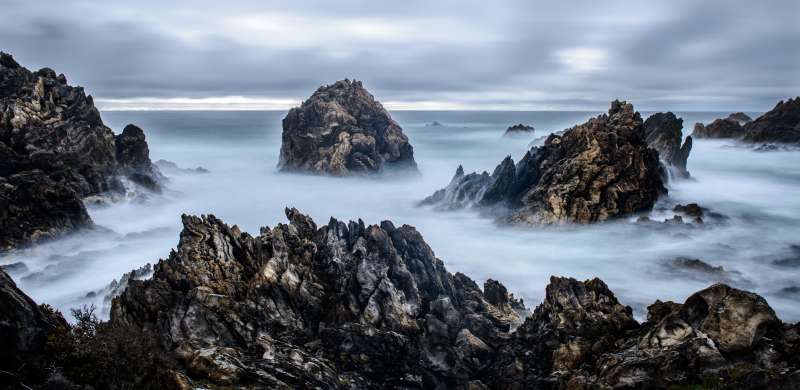
The wild and rugged Tarkine on the West Coast of Tasmania – this area is called Rupert Point and as a seascapes photographer, there is no better place to be.
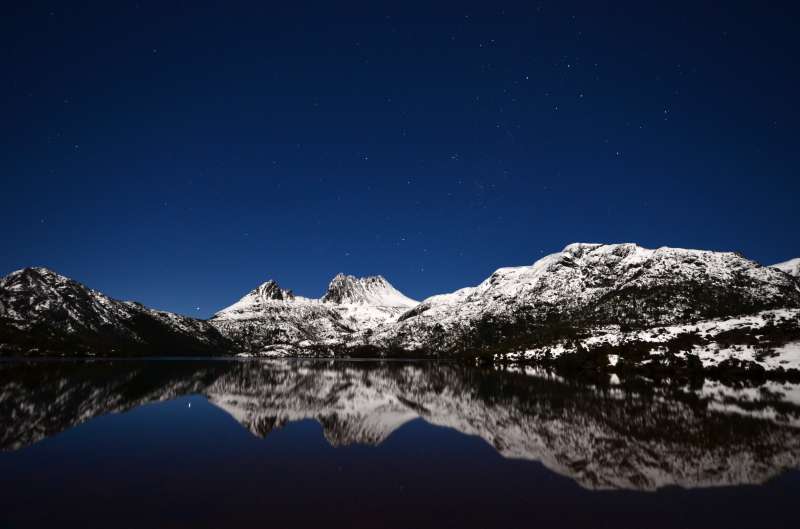
Iconic Cradle Mountain is easily accessible and t here are plenty of short or long walks. It’s a must-do for every visitor to Tasmania.
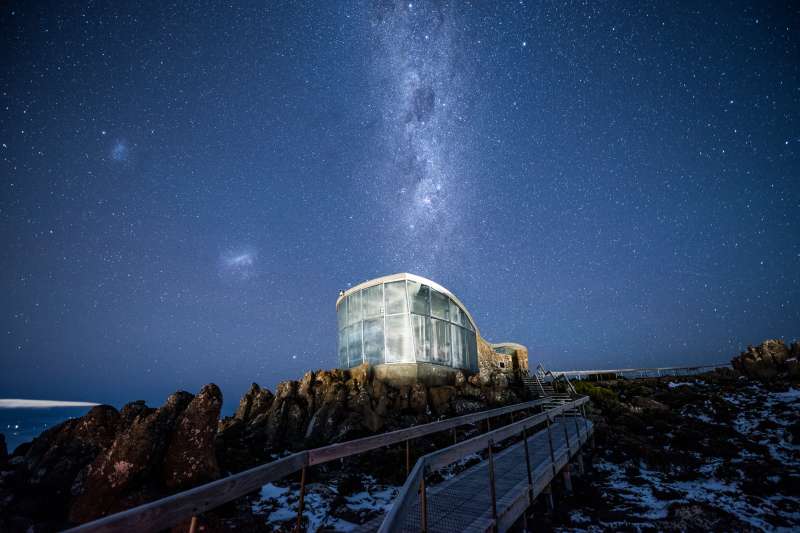
With a 25-minute drive from the CBD of Hobart, you can stand on top of Mount Wellington and get great views of the city below.
The observatory provides shelter from the cold and wind and offers some interesting information about the views you see.
- Tasmania is a photographer’s paradise so b ring lots of batteries and memory cards! And don’t forget your tripod.
- Bring your walking boots, you will use them. Be prepared for all types of weather conditions at any time of the year.
- Tasmania is much bigger than it looks so allow enough time to travel between destinations. You will be stopping frequently for pictures.
- There are plenty of landscape photographers in Tasmania and we are all a friendly bunch. So jump onto the social media networks and ask questions before going to a new spot. I’m sure people will be happy to help out and share local knowledge.
- If you’re out at night, look to the south. You might just see the Aurora Australis.
Best Places For Photography in Tasmania – Dietmar Kahles
When he moved to Sydney 20 years ago, Dietmar Kahles never would have guessed he’d end up living in Hobart in Tasmania. Dietmar grew up in the Tyrol region of Austria, fell in love in Perugia in Italy and followed his heart (and girlfriend) to Australia.
Now, living in Tassie reminds him of mountainous Austria and Tasmania is also the perfect place to fill his growing Instagram account @lake_of_tranquility with stunning photography.
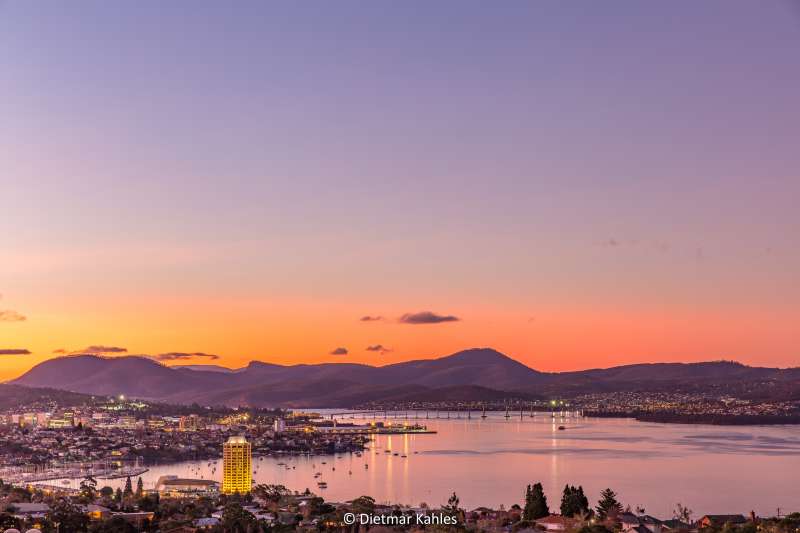
After mostly living and working in Sydney, I moved to Hobart early last year with my family.
It had always been our dream to live in Tasmania one day as whenever I visited I felt immediately at home.
There is something about this place that feels so familiar to me. I guess I’m a cold climate and mountain guy at heart.
I love the distinctive seasons of Tasmania, the fresh air, clear night skies and stunning scenery here in Tasmania.
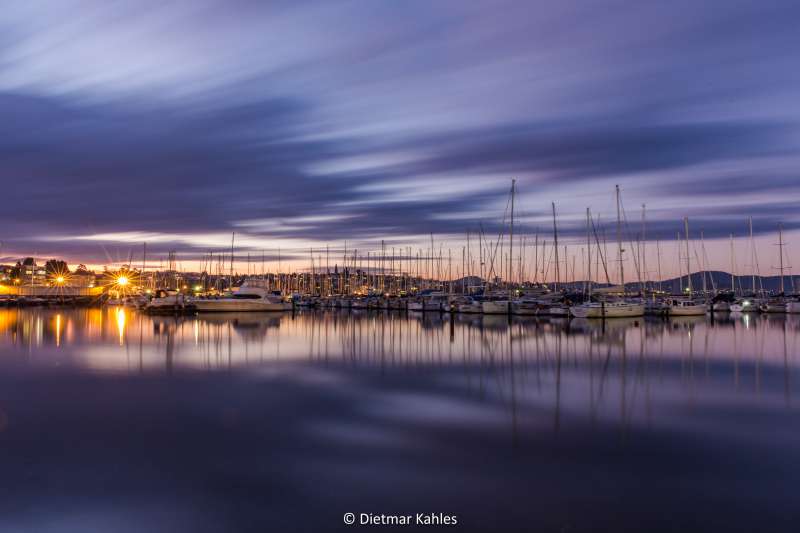
I have had my Instagram account since mid-2014, but only really started posting shots to the account about a year ago.
For the first few months, I only posted iPhone shots but after I purchased a full-frame DSLR (a Canon 6D) my photography really started to develop in leaps and bounds.
I am a self-taught photographer but have since done a few courses to develop my technical skills and I am always looking to improve and add to my skills.
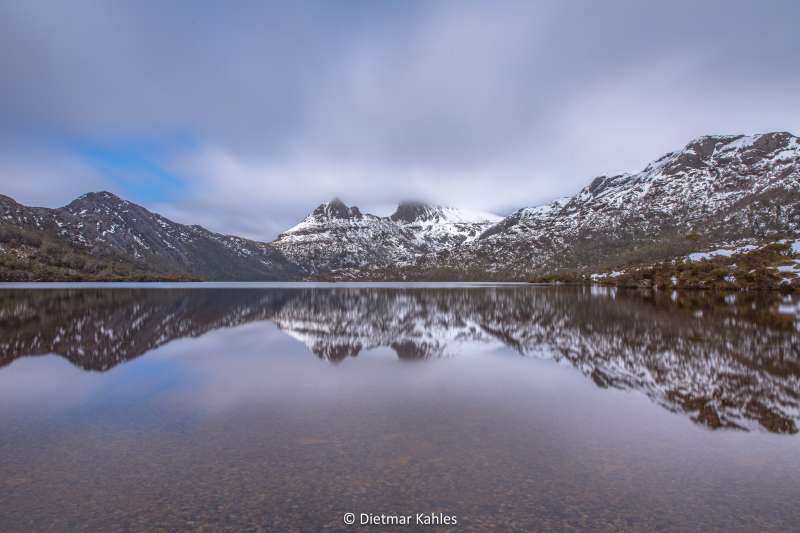
I am passionate about capturing the incredible beauty of the landscape and wildlife here in Tasmania and sharing it with other Australians and the rest of the world.
I am so lucky that I am able to live in such an amazing place and with that privilege comes a responsibility to look after our precious environment and preserve it for future generations.
It gives me immense pleasure whenever people comment that they want to visit or return to Tasmania when looking at my images.
That for me is “mission accomplished”.
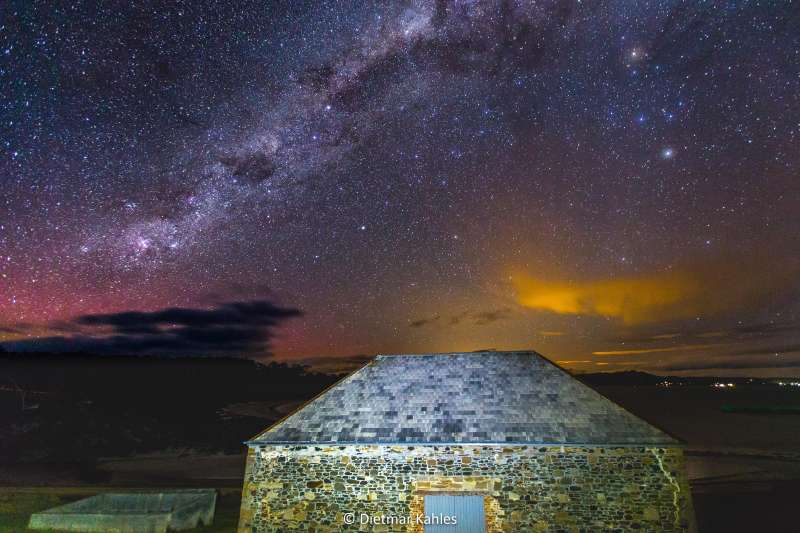
That is a difficult question! I have had so many wonderful experiences.
If I had to pick one experience, I would have to say a recent three-day photography workshop on Maria Island has really opened my mind to the incredible wild beauty of Tasmania.
We were able to shoot a beautiful sunrise at the Fossil Cliffs, the Milky Way (and even an Aurora) and the amazing beauty of the Painted Cliffs and multi-coloured sandstone on Maria Island bathed in the golden afternoon light.
The abundant wildlife on the island was fantastic to observe and photograph.
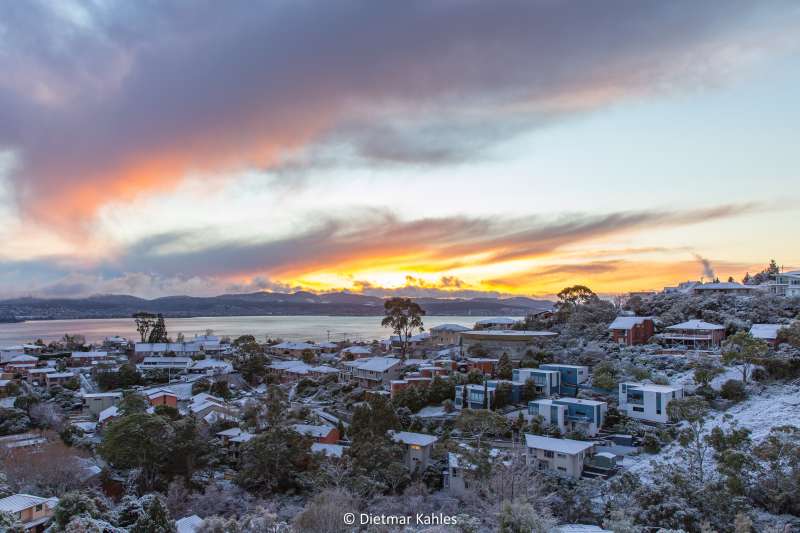
Hobart has everything I love, views from so many places, in particular from the summit of Mt Wellington, great restaurants, and a fantastic artistic community with the best modern art museum in Australia, if not the southern hemisphere.
- Tasmania’s East Coast has one beautiful spot after another and it’s a great place to be in summer.
- The beaches on Tasmania’s East Coast are stunning and the sunrises and sunsets at Freycinet (when the sun lights up the Hazards) are unbeatable.
- There is no danger of things getting too hectic here in Tasmania but a great spot to escape to is Hartz Mountains National Park . The views from Hartz Peak on a clear day is unbeatable.
- Every season has its charms but my favourite season is autumn. The coloured leaves provide an extra layer of beauty to the already stunning scenery and the turning of the fagus (Australia’s only native deciduous shrub) at Mt Field National Park is a natural wonder not to be missed by any photographer.
- I would strongly recommend joining the Aurora Australis Facebook community for some tips on where to go to experience this miracle of nature if you are lucky enough to be here at the right time.
Ocean Photography in Tasmania – Stuart Gibson
Hobart-based photographer Stuart Gibson specialises in ocean photography. As Stuart’s photography work takes him overseas and his assignments are mostly to do with the ocean, he gets to hang out in cool places like Fiji.
For a photographer and a surfer, this would have to be one of the best jobs in the world. And according to Stuart, most of the time, it doesn’t feel like work.
A typical day at work could mean shooting water photos or – when he’s home in Tasmania – he’s usually busy catching up on editing and drone photography jobs.
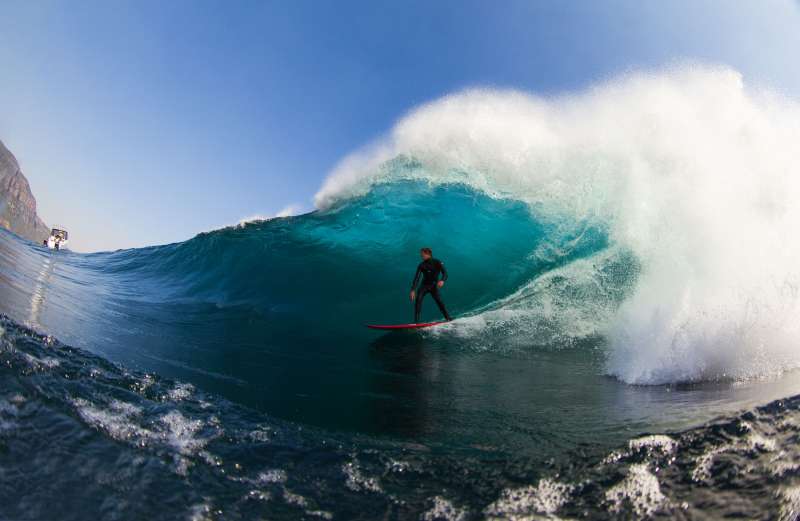
Photography kind of takes over your life so it’s not really a question of finding time to take photographs – rather it’s more like finding a time when I’m not shooting or planning a shoot.
Instagram is just another platform to show my images.
I try not to get too caught up in it all. I just post a photo each day. It only takes a few minutes.
I’ve been a photographer for over 15 years now and on Instagram for a few years.
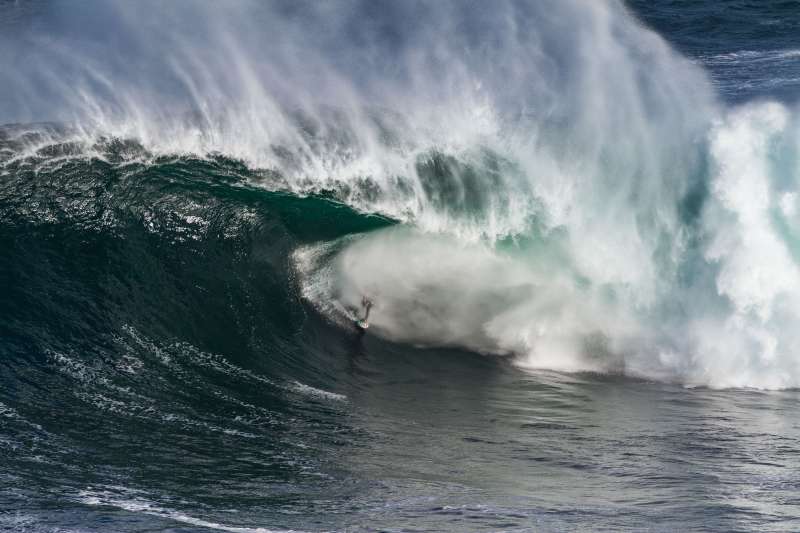
I don’t think about it too much, if it’s not fun for me to shoot, I find my images lack creativity.
So I try to shoot things that interest me and things I would do for fun.
I’ve been lucky enough to know a lot of fishermen so I’ve covered the majority of the Tassie coastline.
There are some inland hikes in Tassie I’d like to tick off but my list is getting pretty short.
Tassie is small but you can repeat so much because each place is always different from day to day.
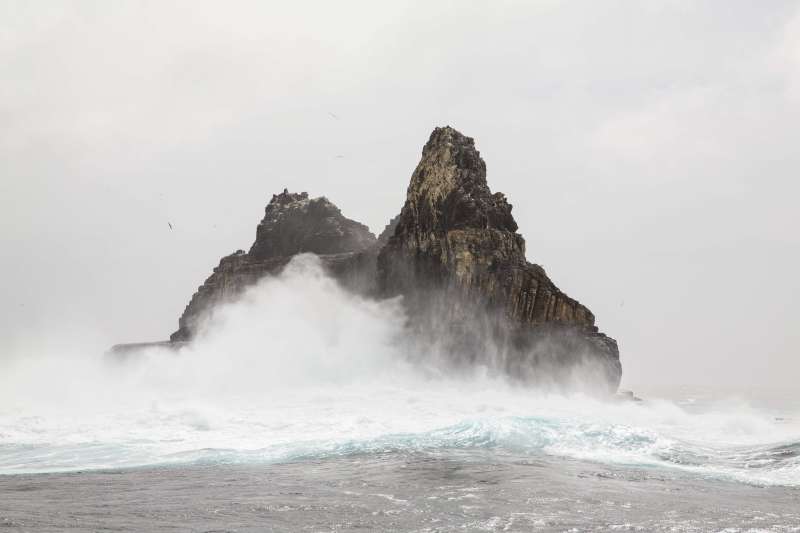
My most memorable trip was the Discovery Surf trip to Pedra Branca (an islet in the Southern Ocean off the southern coast of Tasmania) in 2009.
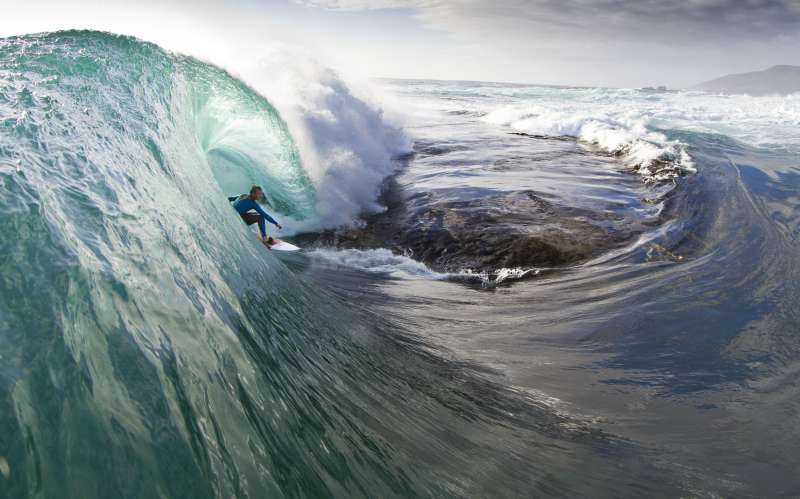
My favourite spot is Shipstern bluff and my favourite beach is South East Cape.
Dramatic Tasmania Photography – Dan Broun
Tasmanian photographer Dan Broun captures the magic of Tasmania through his lens. Through his amazing photography, you’ll discover the magic of Tasmania
My name is Dan Broun. I’m a filmmaker, wilderness photographer, conservationist, bushwalker and passionate Tasmanian.
My work is a mashup of all of the above and allows me to work both in the stunning landscapes of Tasmania but also with people I admire greatly for their skill, passion and commitment.
My career has evolved to this place over the past 20 years and I’m truly in my happy place when working in these environments.
Stills photography has come later to me but is something I enjoy immensely and compliments my bushwalking.
The selection of images here comes from some of my travels throughout Tasmania over the past three years.
I hope you enjoy my images and they make you reflect upon the natural beauty available to us if you choose to step into the natural spaces that surround our cities.
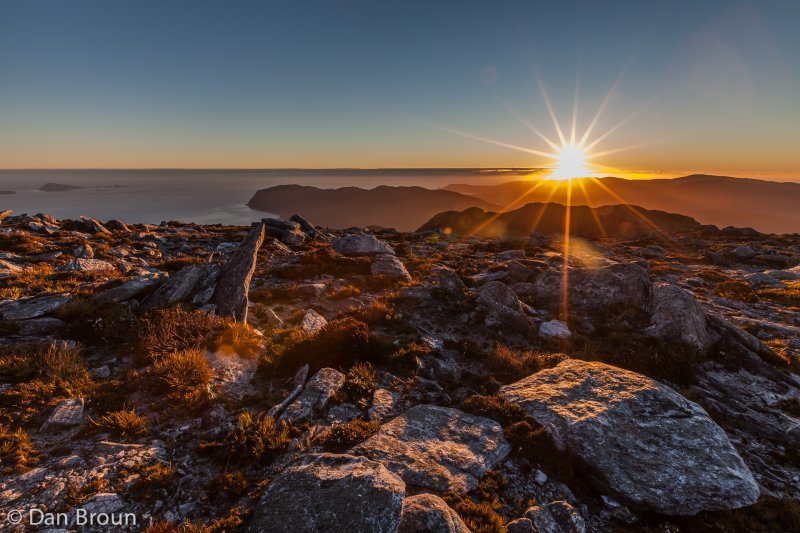
A silence is so heavy, so complete, when there is no wind it’s as though the only sound is that of the earth moving through space.
Mt Counsel is so remote you feel a million miles from anywhere. In fact the next landmass you’d hit if you went due south would be Antarctica .
This place is only reached by walking through a trackless wilderness. I did this alone after an airlift into Melaleuca. How did I feel? Humble.
My hobby and obsession since migrating south have been bushwalking.
The hours I’ve spent in the bush has quite simply saved my life.
It has confirmed my suspicion that being surrounded by nature is indeed being in that happy place I think of as home.
Tasmania is such a place that all things natural can be experienced in just one day, from a sandy beach to a cheeky pinot at a vineyard, farm gate markets, artisan cheeses, and then a trip to the snow to watch the sunset over a thousand mountains.
Tasmania is my wild island, my home.
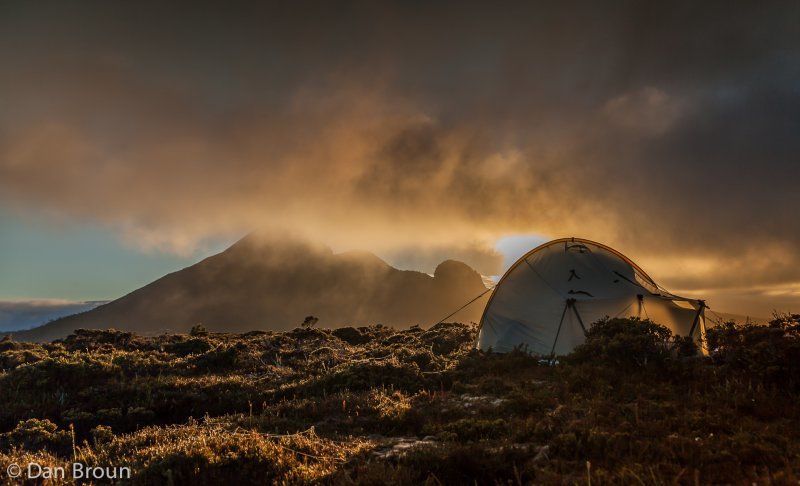
T he Eldon Range sits south-west of the world-famous Cradle Mountain.
It’s isolated and remote. It’s part of the Tasmanian Wilderness World Heritage Area.
My good pal Martin and I spent nine days in this pristine wilderness and found a landscape so varied that each minute of each hour provided some new wonder and amazing Tasmanian animals.
We saw rainforests that originated in the days of Gondwana, delicate alpine herb fields, wild rivers and serpentine streams.
Eagles soar above glacially formed lakes and button grass plateaus.
Another amazing sight was the crescent moon setting over a tarn.
Sunsets, sunrises, stillness, an all-pervasive silence, the stars innumerable.
A lifetime of gifts in just nine days.
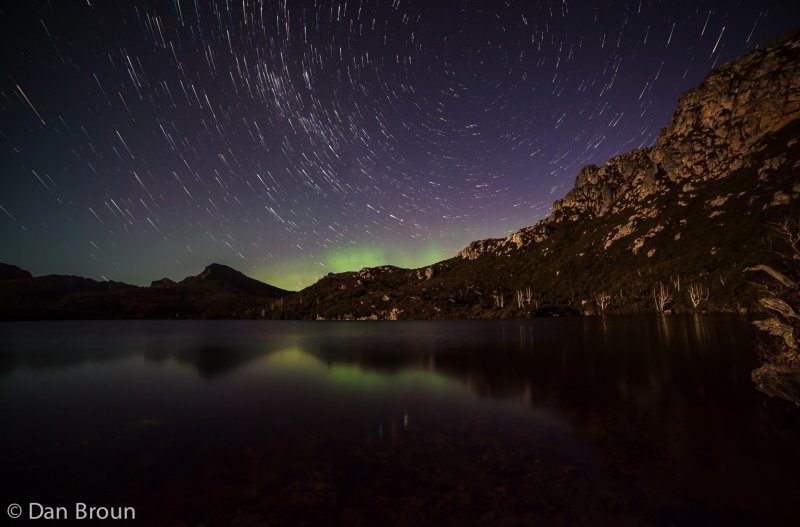
After eight days traversing the mighty Western Arthur range in January with some great friends, we spent the last night here.
To our surprise just as darkness descended, curtains of shifting colours emerged above the lake, the aurora australis was paying a visit.
We sat mesmerised for hours until the display died off. Blessings were counted!
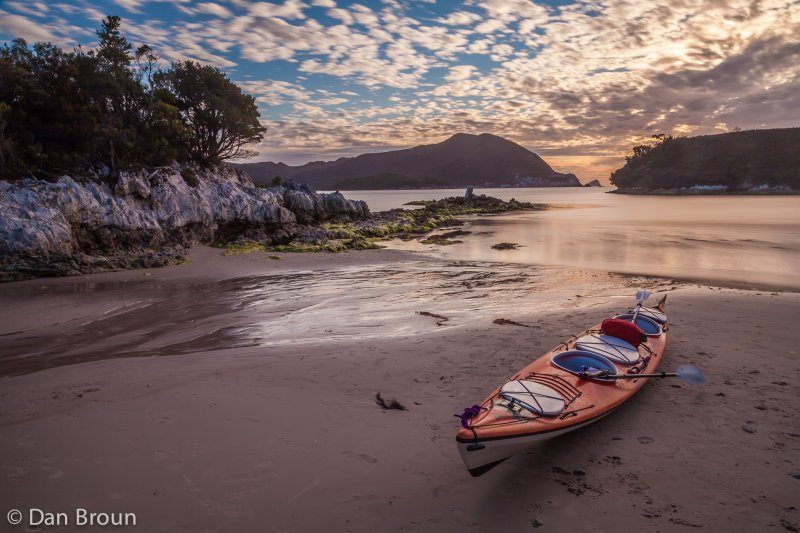
I’m often drawn to strapping a pack to my back and wandering into the bush.
It’s a way of simplifying everything and getting back to what’s real.
Expedition kayaking is much the same, but you can take a few extra luxuries!
I think I may have found a new hobby thanks to the good folk at @roaring40skayaking and @tory.story they made arriving at this special place that much better.
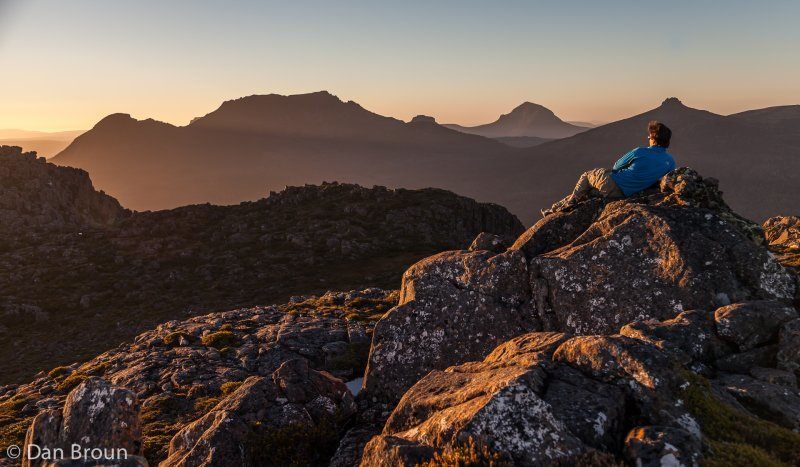
In the heart of the Cradle Mountain-Lake St Clair National Park the Cathedral Mountain plateau is vast, dotted with tarns and alpine forests, this night I slept at 1350 metres on a balmy evening.
So memorable.
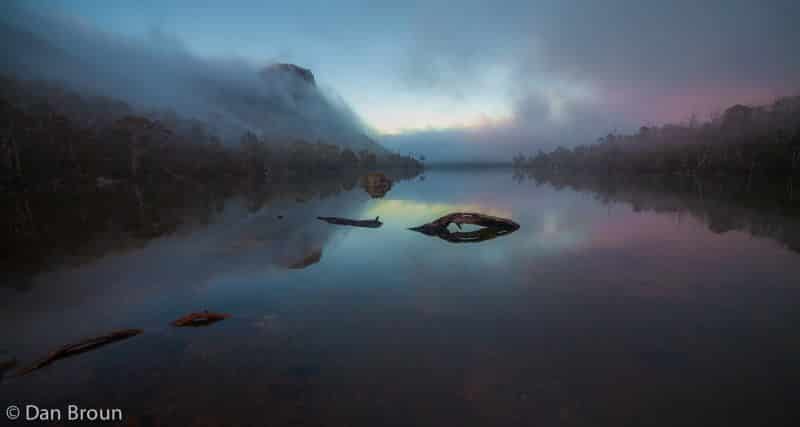
Nestled in the mountain, Lake Myrtle is a mecca for fly-fishermen and bushwalkers, and wombats! Vast swathes of marsupial lawns provide great campsites and a feast for furry the shuffling inhabitants.
It’s also really, really beautiful.
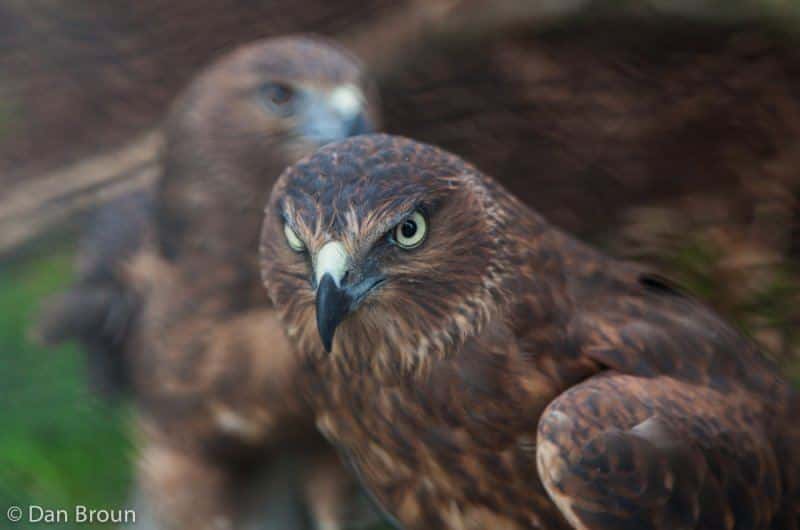
This pair of magnificent birds were found injured, shot by duck hunters.
However, with some TLC from the Raptor and Wildlife Refuge, they were rehabilitated and released back to the wild.
I’m so inspired by Craig Webb who runs the refuge. Knowing people like that exist gives me great strength.
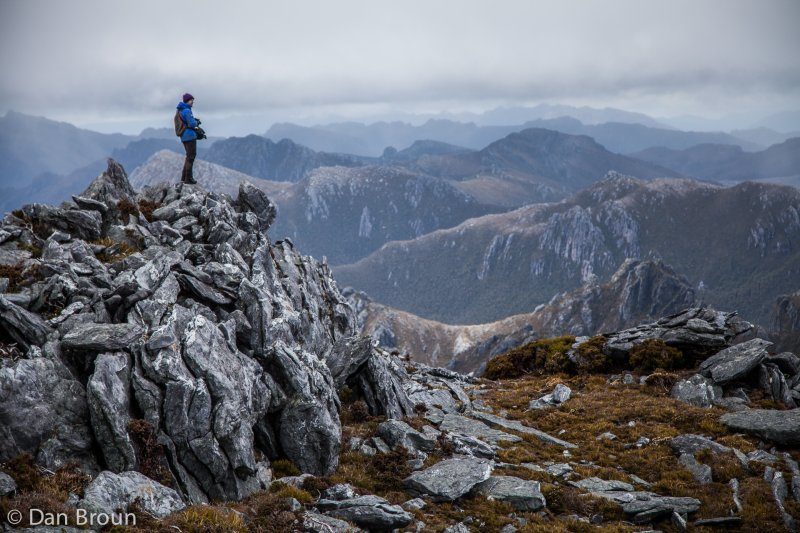
Coronation Peak, Frankland Range is a seriously amazing and special place dotted with lakes and snaking serpentine streams and importantly protected for all time as part of Tasmania’s Wilderness World Heritage Area.
The twisted, contorted folds of quartzite rock that form the summit block blow the mind!
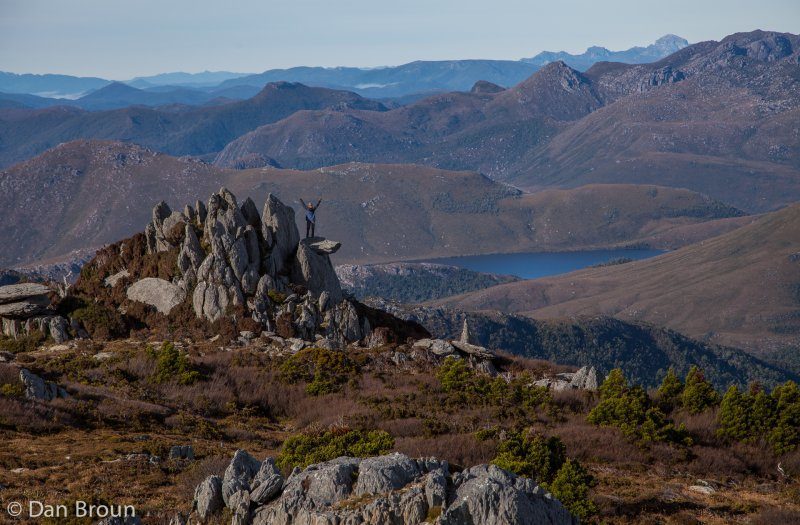
There’s nothing better than quality time with good friends immersed in nature.
In the distance, you can see my mate Miranda jumping for joy with the mountains of Western Tasmania stretching into the distance.
Clean air, warm sun, good company, exercise and great views.
What a combination!
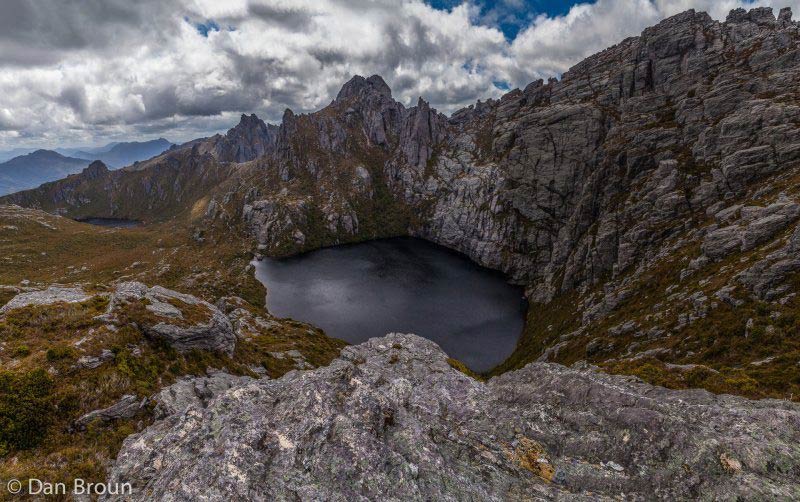
Square Lake and Mt Procyon look like something out of a Lord of the Rings film set but it’s real. And it’s a really big landscape to lose yourself in.
I got lost for a week in this place amongst the orcs and elves of the Western Arthur mountain range.
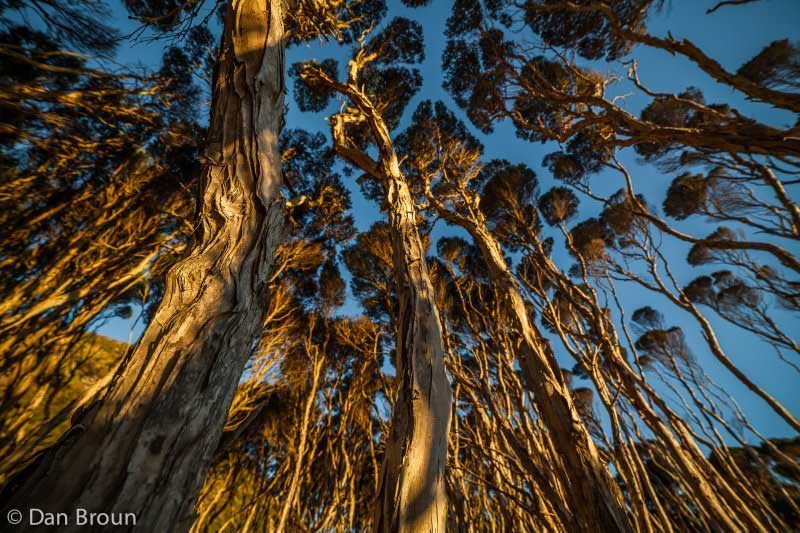
The Tarkininer people of Tasmania’s west coast used these trees to make spears and shelters.
They made sure these tea tree forests were protected from fire and also ensured they had a resource up and down the coast.
Evidence of intricate landscape management is found throughout the Tarkine.
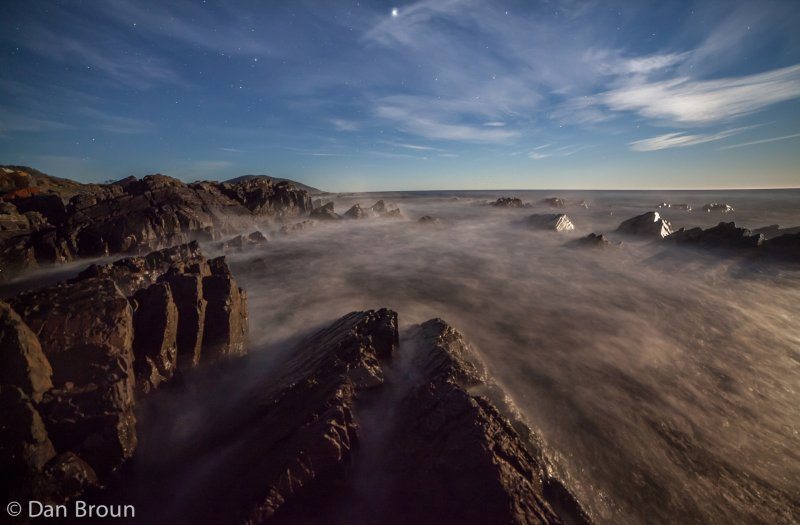
Under a full moon, the rocky shoreline at the northern end of the Friendly Beaches is a beguiling thing for a photographer.
I lost myself for hours amongst the sharp angles of quartzite and smooth rounded granite.
The push and pull of the wave action like the pulse beneath my skin.
All senses are alive and fresh.
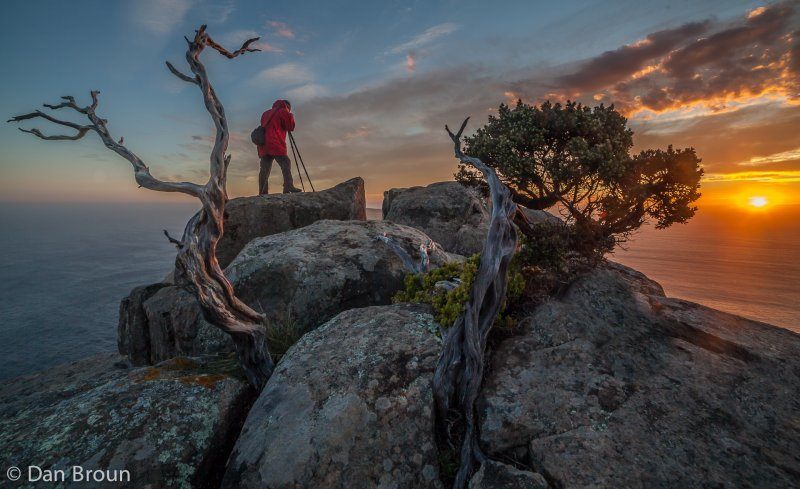
Photography can be a solitary pursuit, lost in the world contained in an eyepiece, but sometimes I shoot with others and it’s really lovely to sit back and observe them, their creative process, watch them lose themselves inside their eyepiece.
My good friend Francois @ffourie was so focussed on the grand scale of Cape Pillar and Tasman Island, I lost myself in the frames emerging around him, and the joy of watching a friend in ‘flow’.
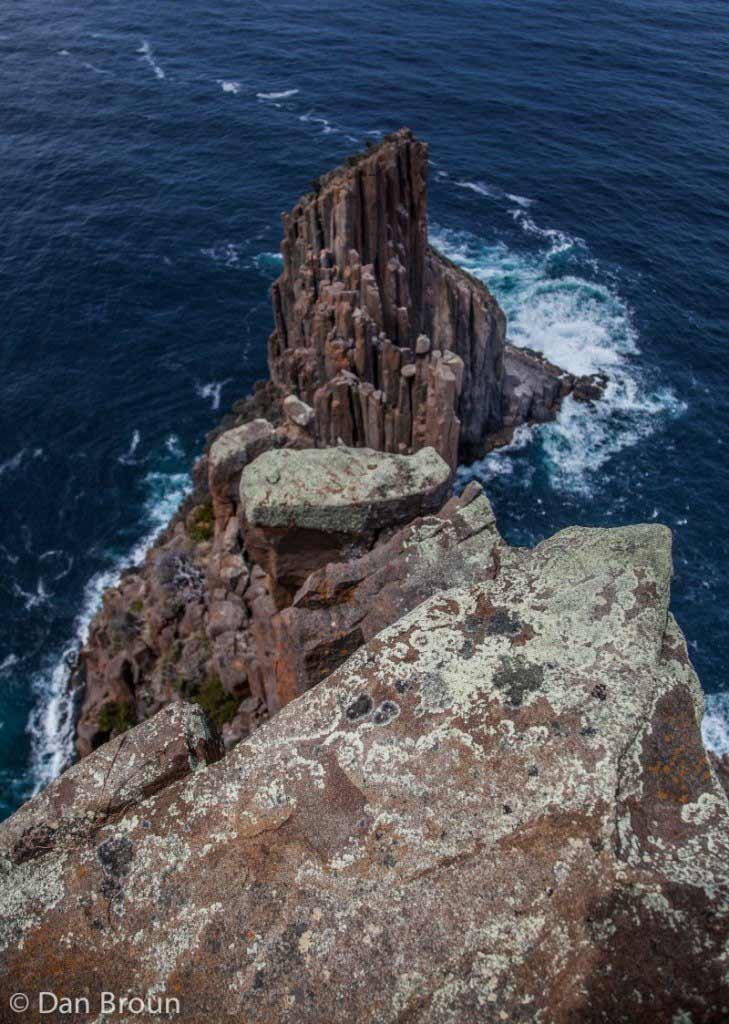
This is a favourite day walk on the Tasman Peninsula I’ve done many times and often take new friends on, the vegetation along the way is varied and the coastal views sensational.
Invariably I get visited by a Sea Eagle on the end of the cape.
It’s a reward and a great way to enliven the senses.
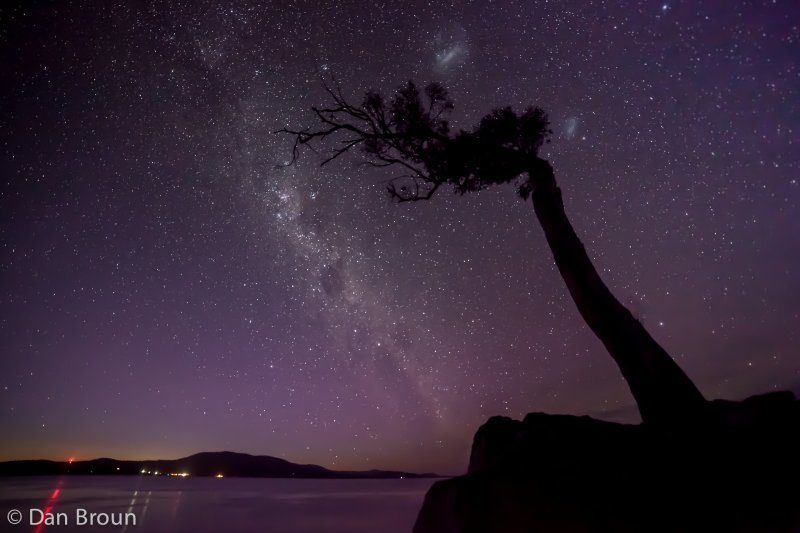
Our galaxy dissolving into the day. Another wonderful day in Tasmania has begun.
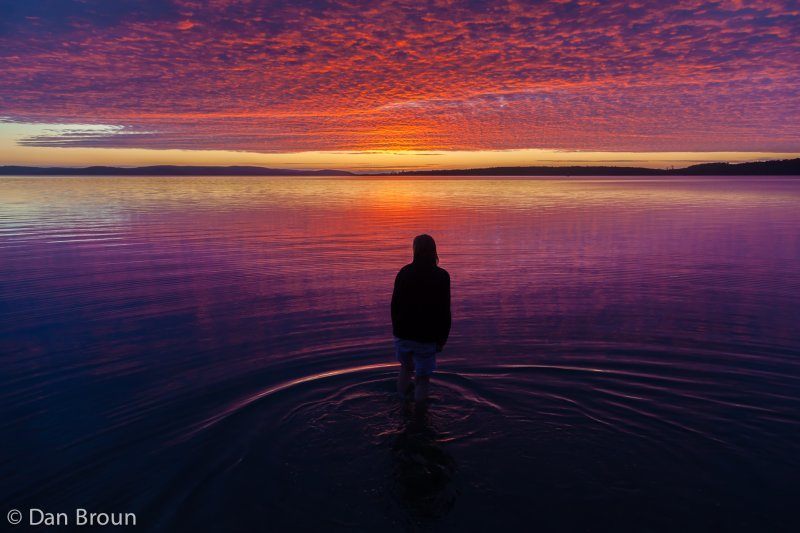
Morning brings the promise of any number of possibilities when it starts like this. A short stroll across the road for my housemate and I, a special sunrise shared.
Looking across to Bruny Island from Middleton Beach is pretty good any time of day, some days are just a bit extra special.
25 Incredible Things To Do In Launceston
- 50 Incredible Things To Do In Tasmania
- 35 Things To Do In Hobart
- 35 Best Accommodation in Tasmania
- Discover Mount Wellington
- 59 Tasmania Photograph Spots
- 10 Landmarks in Tasmania
- The Southern Lights in Tasmania
- Hobart to Launceston Road Trip
- Camping in Tasmania
- Best Tasmania Itineraries
- Tasmania For Kids
- Tasmanian Wildlife
- Tasmanian Devil Facts
- Exploring Bay of Fires and Binalong Bay
- Discover Northeast Tasmania
- Discover Northwest Tasmania
- 8 Best Beaches in Tasmania
Best Spots for Photography- Cameron Blake
As a Tasmanian, it makes me feel proud that Lonely Planet chose our island as number four on their list of “10 best regions to explore in 2015”.
To me, this is an amazing achievement for such a small island. Come and discover Tasmania through my lens.
Tasmania is small but geez she packs a huge travel punch. I grew up Melbourne and lived there for 32 years before deciding to follow my passion for landscape photography.
My wife and I moved to Tassie and now we live in Hobart.
Living in Tasmania has allowed me access to some of the world’s most amazing areas to photograph.
To celebrate Tasmania’s inclusion on Lonely Planet’s list, I thought I would share a list of my own – the four places I love to visit and photograph in Tasmania.
So make yourself a cup of tea, sit back and let me guide you around my home state.
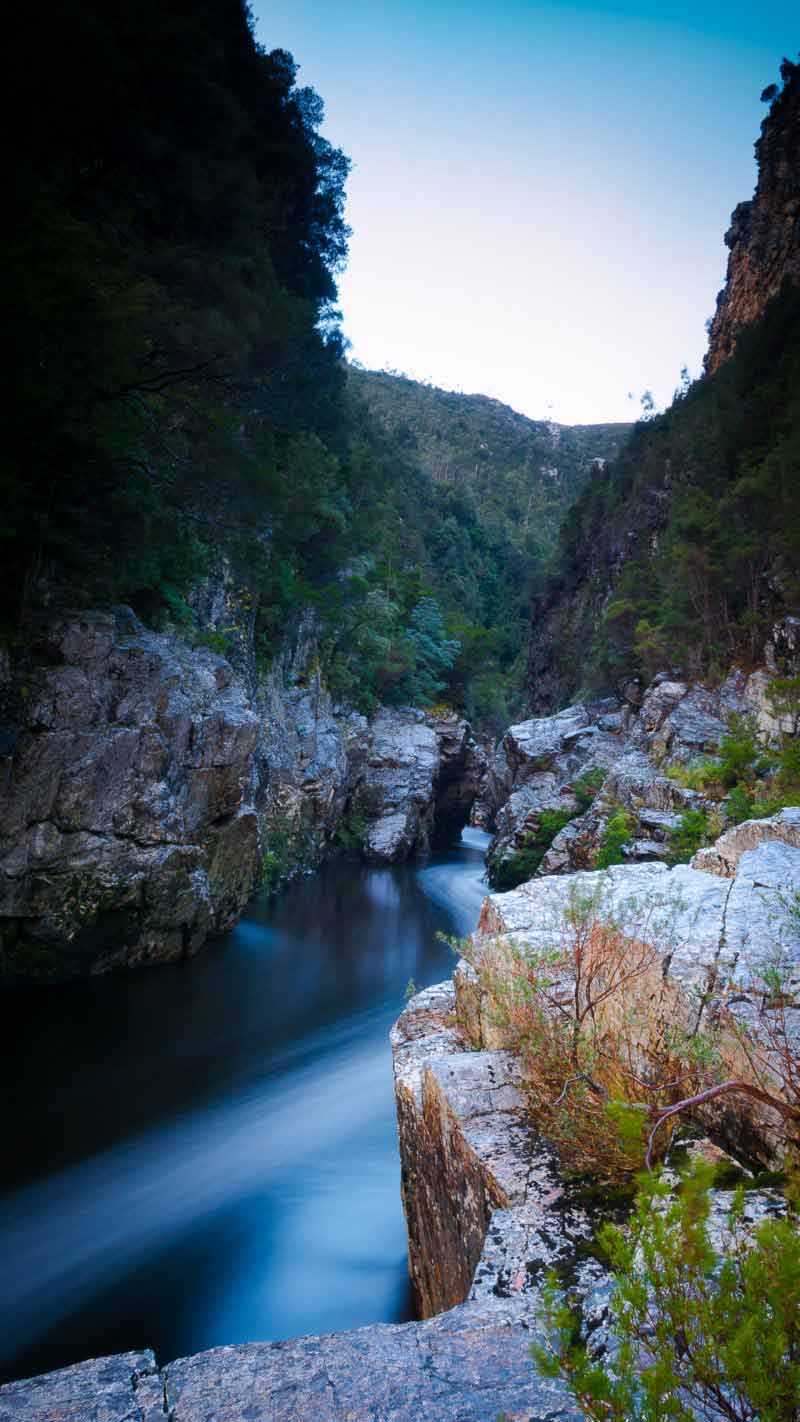
The Franklin River runs through some of the most untouched, pristine forests on the planet.
For 10 days you are swept down the river, which feel more like a time machine followed by a river trip.
Apart from rafting, there are only a couple of ways to access the Franklin River.
Firstly, there is a picnic area on the banks of the upper Franklin River. It’s a surreal spot as the river here is gentle and gives no indication of the wild waters below.
The second way would be to take a scenic flight over the Franklin-Gordon Wild River National Park.
I have been on the river twice. The first time I was with some mates and we had little to no idea of what to expect. We survived but it had a lot to do with luck.
The second time was the river was with Franklin River Rafting Company .
They pretty much take care of everything for you. You need to have some fitness level but most people could do this trip without too many issues.
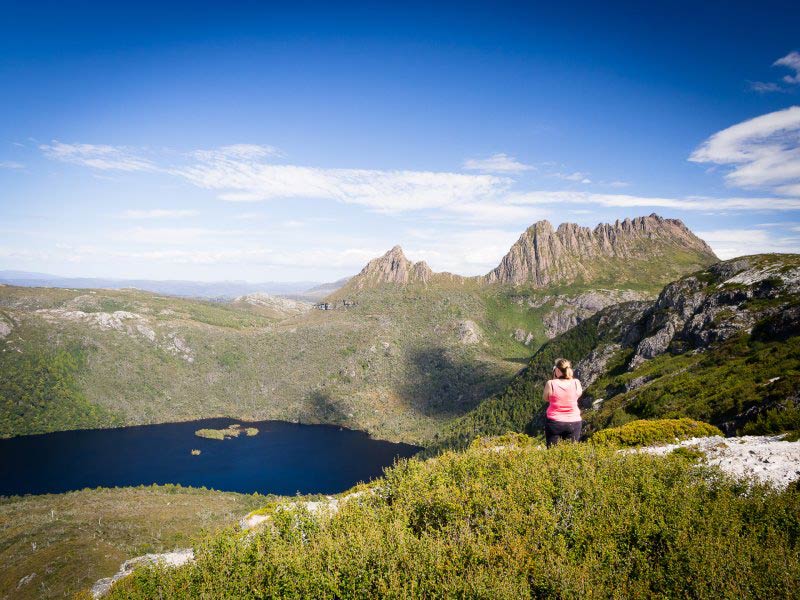
The Overland Track winds its way from the majestic Cradle Mountain through the World Heritage Area of Tasmania.
Running south for 65km, the track finishes at Australia deepest lake, Lake St Clair.
This track has also been rated in the top 10 walks in the world, once again proving how versatile Tasmania is and what a wide range of adventures there is to do.
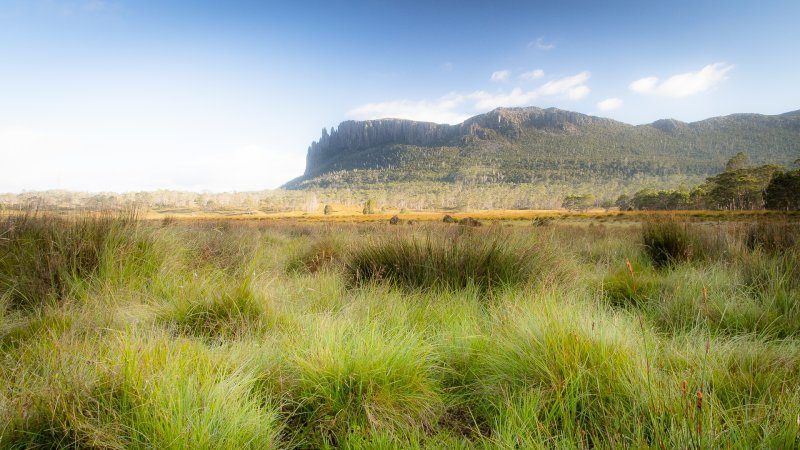
If you are ever in the need for an amazing walk through some of Australia’s most breathtaking scenery then the Overland Track is the walk for you.
You can do a six-day guided walk along the track with the added bonus of professional photography tuition the entire walk.
I have done the Overland Track about six times and I run guided photography tours along the track.
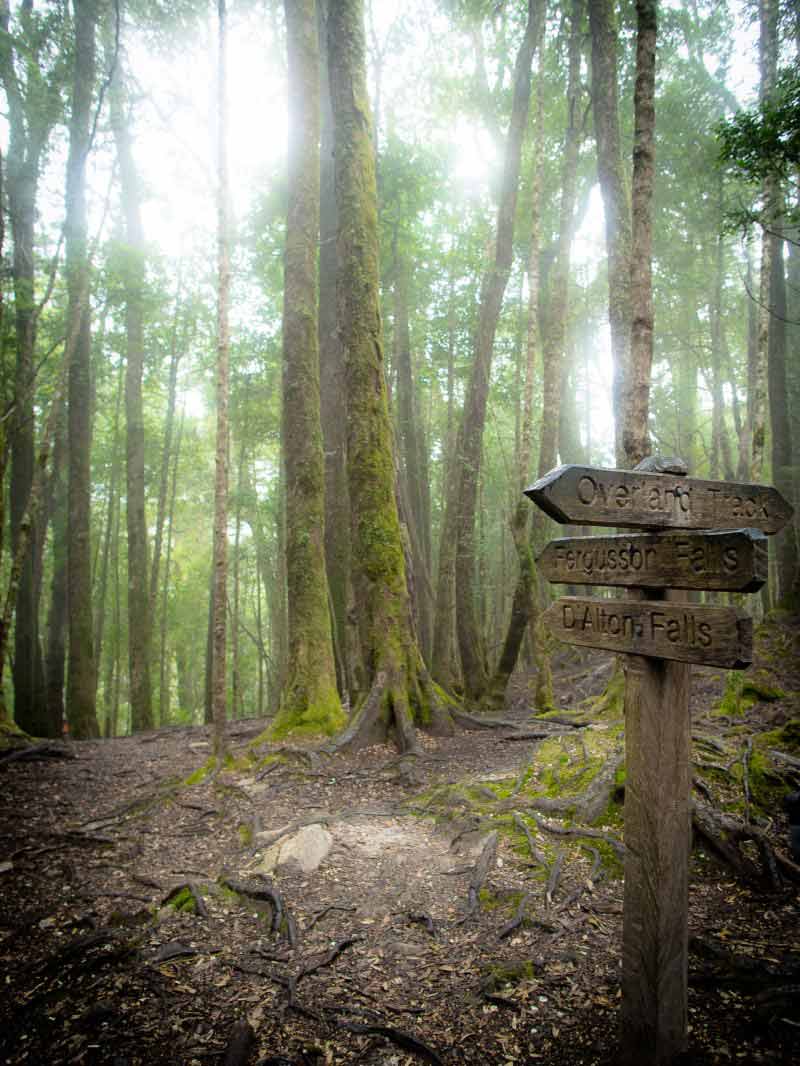
One of my favourite places along the track to photograph is at the start of the track, near Cradle Mountain and Barn Bluff.
Another favourite spot is deep within the rainforests towards the southern end of the track. These two places offer amazing scenery for photographers to discover Tasmania.
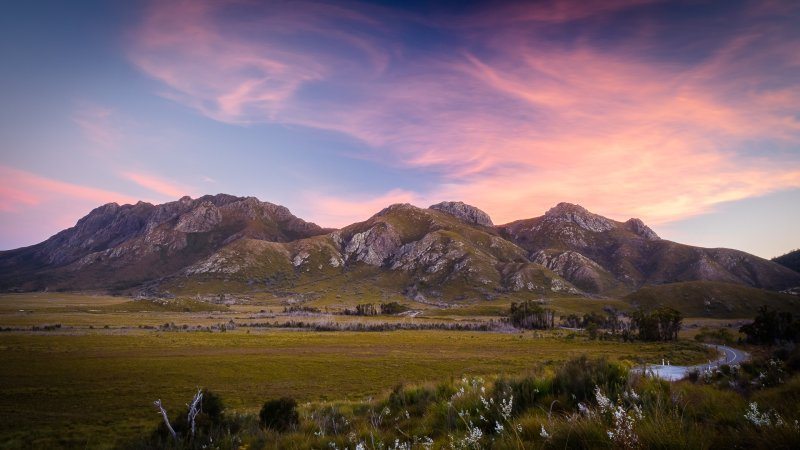
The biggest challenge is the weather. Having said that, the weather is what makes this place so unique. One minute it is sunny and warm, then next it’s snowing… anytime of the year.
My most memorable moment is when one of my tour clients turned to me on about day four and said, “thank you so much… I get it. It’s all about the light.”
This was a touching moment for me because I was so pleased that this client got it. Understood photography. They were really embracing the trip and this just topped it off for me.
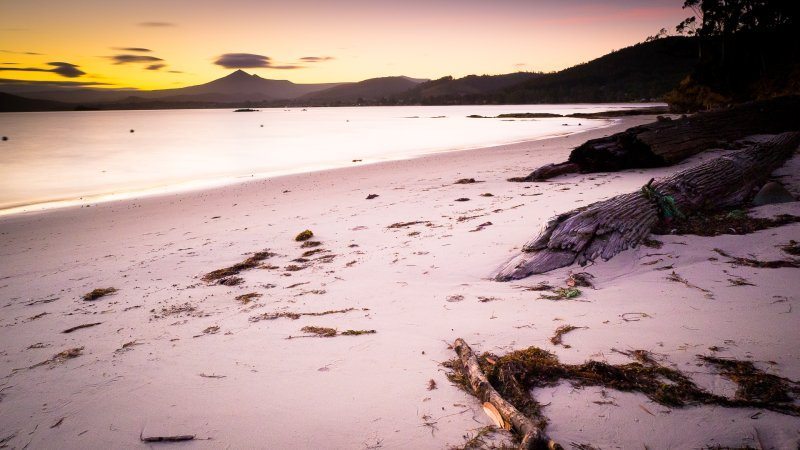
There are a few ways you can experience the South West of Tasmania . You can drive south of Hobart to Southport or you can drive west towards the always controversial Lake Pedder.
Regardless of what way you travel, you will experience some of Australia’s most breathtaking scenery .
Lake Pedder is hydroelectricity created dam. Prior to the present Lake, the old Lake Pedder was considered a jewel in the southwest of Tasmania.
It was unique in many ways, but one major distinction of the lake was its pink quartz stone beach that was over two kilometres and 300m wide.
It was so unique that travellers flew in from Hobart in light aircraft to land on this beach and experience its beauty.
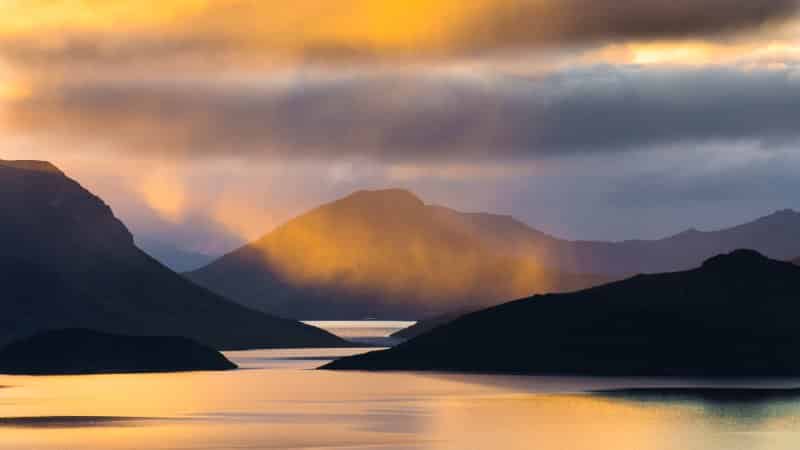
Driving to the southwest can only lead you so far. Lake Pedder and the Scotts Peak Dam road are to the west and can get you pretty close to the coast, but it’s still about 40km away.
There is a road to the south that leads to Cockles Creek which allows you access to the southwest coast walk.
The roads are sealed most of the way. The Scotts Peak Dam road is dirt but still a good dirt road that a two-wheel drive can handle in good weather.
To really get a good look around the South West you would need a couple of days.
Driving from Hobart to Lake Pedder takes around 2.5hrs but there are plenty of sights along the way. And if you camp out you will see the most magnificent clear skies in Australia.
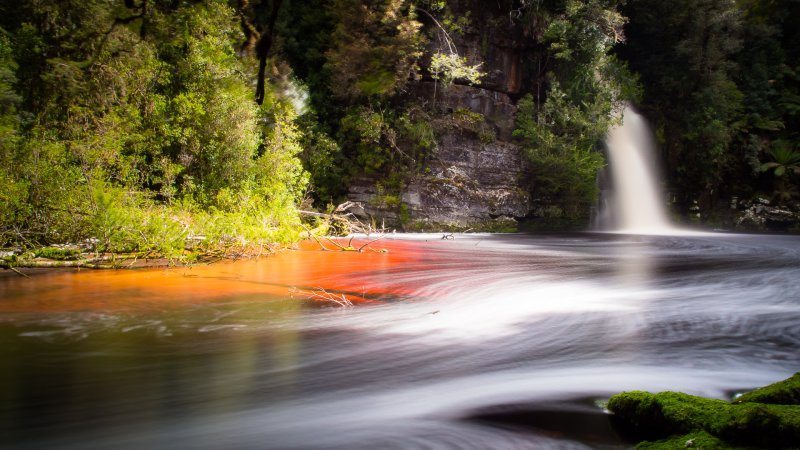
Cradle Mountain is one of Tasmania’s iconic tourist regions, for good reason.
There are not many places in Australia where in such a small area you can view so many amazing, breathtaking sights.
There are mountains, waterfalls and ancient rainforests. There is snow, running rivers and wildlife.
It’s a photographer’s delight.
At Cradle Mountain, you will see all types of Tasmanian animals .
Frequently you will see possums, wombats, wallabies, paddymelons, quolls and plenty of bird life.
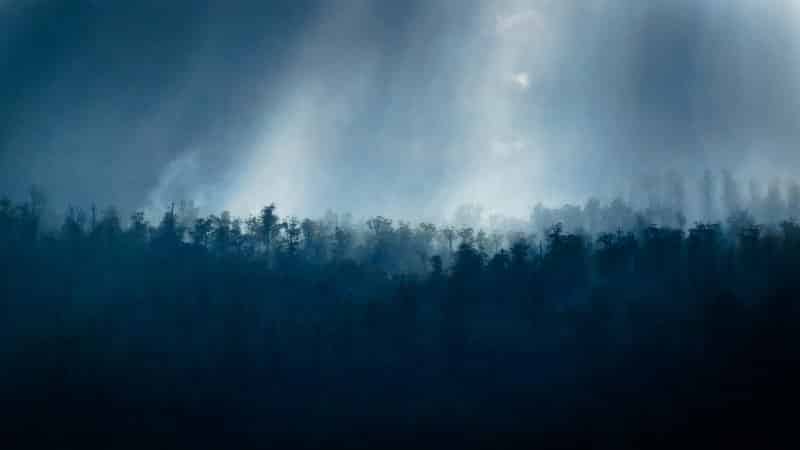
Cradle Mountain is – in my opinion – one of the trickiest mountains to capture.
The weather is forever changing and the clouds can block her out in minutes. The best times to capture the mountain would be at dawn or late afternoon.
Anytime of year, it is beautiful up there, just make sure you have warm clothes for the changing weather.
My best tip for photographing Cradle Mountain would be to get there at the right time. Early morning I feel is best as the skies can look simply magnificent.
You will need a tripod and it’s always good to have circular polarising filters.
Be patient, and stay warm. I also run three-day photography workshops at Cradle Mountain.
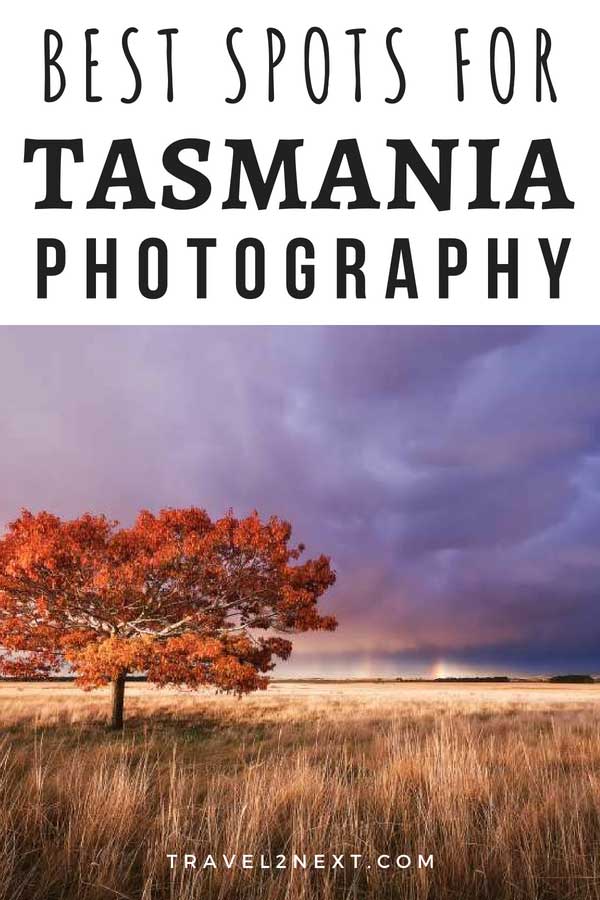
Plan Your Trip

Rent A Car – Find the best car rental rates at Discover Cars . They compare car hire companies to provide you with the best deal right now.

Find A Hotel – If you’re curious about this article and are looking for somewhere to stay, take a look at these amazing hotels .
More Tasmania
10 incredible landmarks in tasmania, 15 things to do in richmond tasmania, 35 places to stay in tasmania, 20 exclusive escapes in tasmania.

Picnic Cafe
In the hanging garden, six shops in hobart when you want to throw down in…, lost freight cafe, celebrate new years eve in tasmania in 2021-2022, hobart’s food and wine festival returns as the taste of summer, cricket tasmania putting their name in the hat to host the…, mona foma returns to launceston and hobart in january 2022, a fond farewell to falls festival in tasmania, festival of voices returns in 2022, 15 must-have apps for travelling tasmania, join the best online walking tours of tasmania, everyone’s favourite tasmanian real estate team returns for the final season…, 9 things you need to know before visiting tasmania, top 10 best things to do while you’re in hobart, take a break at this floating sauna in tasmania, tassie’s swinging open its doors from 15 december 2021, the 10 best spots for stunning tasmania photos.
Grab the best Instagram shot to be the envy of all your friends

We’ve found the absolute best 10 places to take amazing photos in Tasmania. Read on to see where you must visit to find these amazing places and grab those perfect photos around Tasmania.
1. Bay of Fires

The Bay of Fires is an insta-dream! The bright blue water contrasts boldly with the extra white beaches and orange lichen-covered boulders. It’s a highlight if you’re looking to capture the perfect Tasmania photos. Getting to the Bay of Fires: Nestled in the north-east of the state, Bay of Fires is a 2.5 hour drive from Launceston or a 3.5 hour drive from Hobart.
Stay near the Bay of Fires: If you’re travelling up to the Bay of Fires, you’re going to want to make a weekend of it! Stay in the nearby towns of St Helens or Binalong Bay to enjoy all that the Bay of Fires has to offer!
2. Bridestowe Lavender Farm

Head to Bridestowe Lavender Farm to see blissful fields of purple lavender as far as the eye can see. The lavendar is in full bloom in December and January, though visitors are welcome year-round. It’s a must-visit if you want quintessential Tasmania photos.
Getting there : Bridestowe Lavender Estate is a 45 minute drive north from Launceston.
Staying near Bridestowe Lavender Farm: There are loads of amazing places to stay in Launceston (click here to see the full list). We’d recommend checking out the Stillwater Seven for somewhere great to stay in town.
3. Cradle Mountain Boatshed

The Dove Lake Boatshed in Cradle Mountain is an iconic Tasmania photo for anyone travelling to this island state. The Dove Lake walking track takes you past the boatshed and beneath the peaks of Cradle Mountain. Head there to capture a stunning insta-worthy shot.
Getting to Cradle Mountain: The boatshed is a 2 hour drive from Launceston or a 4 and a bit hour drive from Hobart.
Staying in Cradle Mountain: You can’t look past Peppers Cradle Mountain Lodge for somewhere amazing to stay!
4. Wineglass Bay

This stunning curved beach is continuously rated one of the best beaches in the world. Walking trails lead up to give you panoramic views over this spectacular beach or you can walk down to the beach itself. Either option will give you an incredible Tasmania photos that will make you the envy of all your friends on Instagram.
Getting to Wineglass Bay: It’s a two hour drive from Hobart, then a 45 minute walk to the lookout or a 90 minute walk to the beach.
Staying in Wineglass Bay: If you’re looking for ultimate luxury, then you’ll want to stay at the nearby Saffire Freycinet . The Freycinet Lodge is another great option!
5. The Neck at Bruny Island

This stretch of land connects the north and south parts of Bruny Island. Stand on the lookout platform for the best Tasmania photos.
Getting to Bruny Island: To get to Bruny Island you’ll need to jump on a passenger-vehicle ferry from Kettering, a 30 minute drive from Hobart.
Staying at Bruny Island: There are loads of great places to stay on Bruny Island – click this link to check them out!
6. Tasman Peninsula

The Tasman Peninsula highlights the rugged beauty of Tasmania. You’ll find 300 metre high sea cliffs, amazing rock formations and an abundance of Australian wildlife. Walk on the Cape Raoul for some of the more spectacular scenery and a perfect Instagram photo in Tasmania. It’s an epic adventure that you’ll remember with your Tasmania photos.
Getting to the Tasman Peninsula: It’s a 1.5 hour drive from Hobart.
Staying on the Tasman Peninsula: The town of Port Arthur is nestled on the Tasman Peninsula and has loads of accomodation options for you. Click here to find out where to stay!
7. Russell Falls

This cascading tiered waterfall will look amazing on your Insta feed! Located in Mount Field National Park , you’ll get to walk through amazing forests, lush trees and ferns before you even arrive.
Getting to Russell Falls: Head to Mount Field National Park, a 1 hour drive from Hobart, and then it’s a short 20 minute round trip walk once you park the car.
Staying near Russell Falls: The town of Maydena is nearby – click here to find some accomodation options that’ll suit you.
8. Table Cape Tulip Festival

The stunning fields of brightly coloured tulips are on display from the end of September to the end of October each year. The bursts of colour will really make your Insta feed pop.
Getting to the Table Cape Tulip Festival: Table Cape Farm a two hour drive north-west of Launceston.
Staying near Table Cape Tulip Festival : The farm is based in Wynyard, Tasmania. Check out the nearby accomodation options here!
9. Kunanyi / Mount Wellington

Mount Wellington is the spectacular mountain that overlooks Hobart and makes a perfect Instagram shot. Take a short drive up to the top to see sweeping vistas of the city and its surrounds. Weather is unpredictable in Hobart so there’s a chance you’ll see snow on top of the mountain, even in the middle of summer! Whatever the weather, you’ll get some stunning Tasmania photos.
Getting to Mount Wellington: It takes 30 minutes to drive to the top of Mount Wellington from Hobart
Staying near Mount Wellington : Stay in Hobart and you’ll be close to the mountain! There are loads of great options including the luxury Moss Hotel or the boutique Henry Jones Art Hotel.
10. Little Blue Lake

This shockingly blue lake makes for brilliant Tasmania photos! The colours are formed by mining in the area, so don’t swim in it as it’s full of toxic chemicals.
Getting to the Little Blue Lake: It’s a two hour drive north-east of Launceston.
Staying near the Little Blue Lake: Once you’re finished at the Little Blue Lake you can stay the night at nearby Bay of Fires. Check out St Helens or Binalong Bay for some places to stay.
Wear an amazing outfit to make your photo really pop
If you’re going to feature in the photo, then you’re going to want to wear a killer outfit to make your photo shine! We highly recommend checking out the latest trends and outfits at the Iconic . It’s one of Australia’s largest online fashion stores, with a massive selection of clothes from a huge range of brands and designers. So what are you waiting for, upgrade your wardrobe today and make those photos pop.
RELATED ARTICLES MORE FROM AUTHOR
Leave a reply cancel reply.
Save my name, email, and website in this browser for the next time I comment.
What do you want to do?
Meta data and taxonomies filter, editor picks, popular posts, escape to these ultimate outdoor swimming holes in tasmania, your ultimate guide on how to travel tasmania without a car, 6 epic mountain walks in tasmania for you to try, popular category.
- Entertainment 25
- Eat + Drink 21
- Restaurant 7
- Terms and conditions

16 Top-Rated Attractions & Things to Do in Tasmania
Written by Karen Hastings Updated Dec 24, 2023 We may earn a commission from affiliate links ( )
For those who haven't visited Australia's smallest state, Tasmania or "Tassie," seems shrouded in mystique. Perhaps it's the state's far-flung location, some 300 kilometers south of the Australian mainland across stormy Bass Strait. Maybe it's the vast expanses of windswept wilderness. Almost half of Tasmania's land mass lies in national parks and World Heritage Areas, with sparkling alpine lakes, wild rivers, and mist-cloaked peaks.
Perhaps it's the bizarre wildlife – from real life Tasmanian devils to the extinct thylacine, the Tasmanian tiger. Or is it the haunting convict history and beautifully preserved heritage towns, which seem frozen in time? Today, this mystique lures more and more tourists who are discovering the island's many jewels.
Shaped appropriately like a heart, Tasmania is also a foodie's delight. Gloriously creamy cheeses, crisp fruits, and succulent seafood are just some of the mouthwatering local treats on offer, and hanging out at a waterfront café or restaurant is one of the top things to do in the port city of Hobart.
If you're looking for a unique way to arrive on the island, you can travel from Melbourne to Devonport by sea on the Spirit of Tasmania . Best of all, you can bring your car with you. If you choose this option, check out a Tasmania attractions map, and plot a scenic road-trip.
Explore this enchanting state with our list of the top attractions and things to do in Tasmania.
See also: Where to Stay in Tasmania
1. Explore Cradle Mountain-Lake St. Clair National Park
2. get a culture fix in hobart, 3. port arthur historic site, 4. hike through freycinet national park, 5. see the views from kunanyi/mount wellington, 6. tasman national park, 7. walk the three capes track, 8. cataract gorge, launceston, 9. stroll around salamanca place, 10. visit bruny island, 11. mona museum and art gallery, 12. mount field national park, 13. franklin-gordon wild rivers national park, 14. marvel at the scenery on maria island, 15. richmond, 16. climb the nut, where to stay in tasmania for sightseeing, map of attractions & things to do in tasmania.
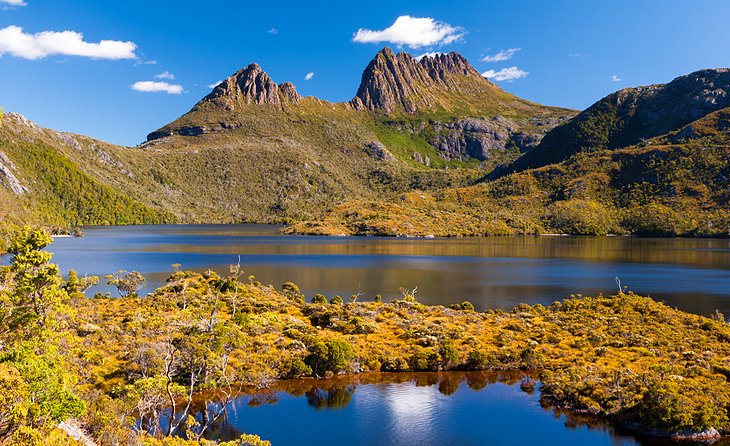
In the north of the Tasmanian Wilderness World Heritage Area, Cradle Mountain-Lake St. Clair National Park is the jewel in the crown of the state's many natural wonders. Glacier-carved crags; glittering lakes; beech forests; alpine heathland; and jagged dolerite peaks, including 1,616-meter-high Mount Ossa (the highest point on the island), are some of its most breathtaking features.
Hiking in Cradle Mountain-Lake St. Clair National Park is legendary. Favorite day walks include the Lake Dove Walk , with magnificent views of Cradle Mountain (1,545 meters), and the Weindorfer Walk , a six-kilometer circuit through dense forests. If you're wondering what to do in Tasmania for a week, a hiking trip here could more than fill your days.
The northern part of Cradle Mountain-Lake St. Clair National Park, is particularly beautiful. From the summit of Cradle Mountain, you can enjoy breathtaking views of the central highlands. The famous 80-kilometer Overland Track runs south from Cradle Valley to stunning Lake St. Clair , the deepest lake in Australia .
Official site: http://www.parks.tas.gov.au/indeX.aspX?base=3297
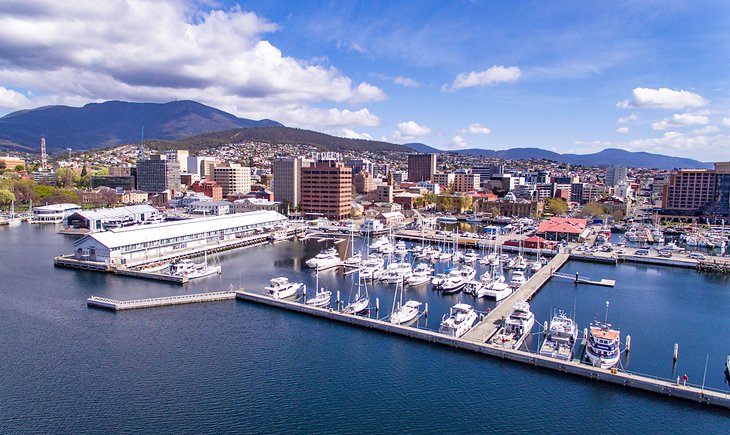
Tasmania's capital has transformed itself from a sleepy backwater with a turbulent convict history to a hub of cutting-edge culture. Its beautiful setting between the sea and the soaring peak of kunanyi/Mount Wellington has, no doubt, inspired many of its talented artists in all genres.
Opened in 2011, MONA: Museum of Old and New Art pushes the art world envelope with its provocative and confronting exhibits, while the Tasmanian Museum and Art Gallery takes a more traditional look at the country's art, as well as its natural history.
Foodies will also find plenty to smile about. The city's waterfront precinct buzzes with hip cafés and restaurants, and you can eat around the world on the restaurant strip in North Hobart.
Delving into the city's rich convict history is another one of the top things to do in Hobart. Visit the Hobart Convict Penitentiary, and explore the historic sandstone warehouses at Salamanca Place , now filled with shops, cafés, and antique dealers. From here, you can also follow the Battery Point Sculpture Trail to see elegant convict-built architecture.
Natural attractions are also never far away from the city buzz. Climb kunanyi/Mount Wellington to really appreciate Hobart's picturesque setting, and gaze out at the World Heritage wilderness in the distance.
Read More: Best Tourist Attractions in Hobart
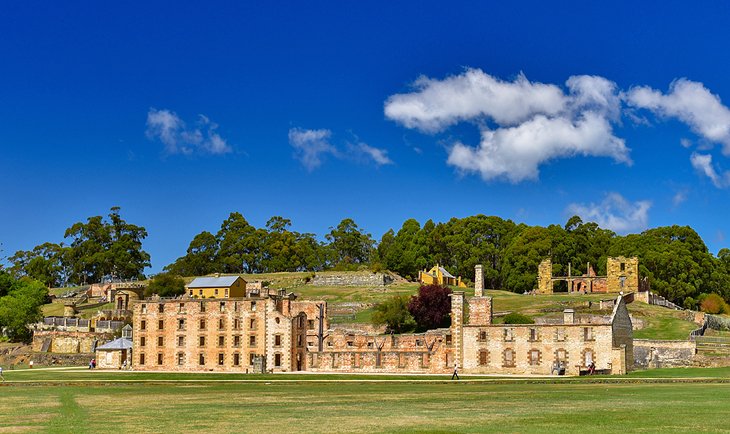
The old convict settlement of Port Arthur offers a sobering look at Tasmania's turbulent past. About an hour's drive southeast of Hobart, the ruins are part of the Australian Convict Sites World Heritage Property . Here, in 1830, Governor Sir George Arthur established a brutal penal settlement where convicts were forced to hew coal in the mines and fell timber.
In spite of a devastating fire in 1897, the remains of many buildings still stand, including the guard tower, church, model prison, and hospital. You can also browse fascinating documents and relics of the penal settlement in the museum, or visit the nearby Coal Mines Historic Site. Admission tickets give you two days to explore all the attractions here, and they also include an introductory walking tour and 25-minute harbor cruise.
Looking for unique things to do in Tasmania? Consider joining an evening lantern-lit "ghost tour" of the ruins .
After touring Port Arthur, take a drive along the coast to explore the soaring sea cliffs and sheltered coves of the spectacular Tasman peninsula.
Address: 6973 Arthur Hwy, Port Arthur, Tasmania
Official site: http://portarthur.org.au/
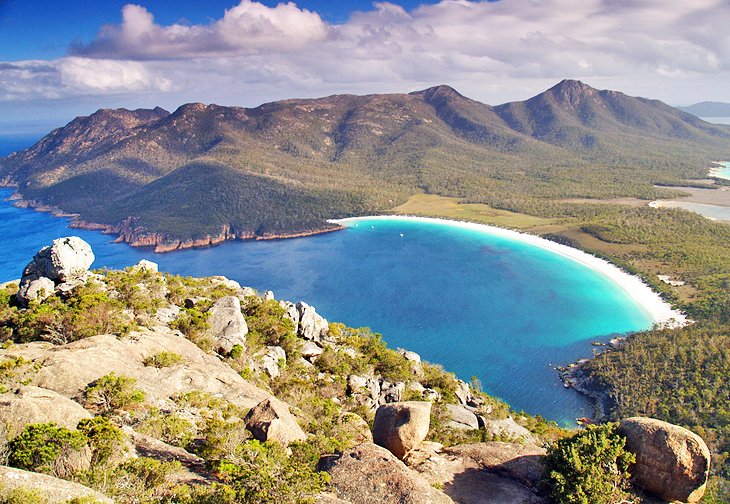
World Heritage-listed Freycinet National Park, on Tasmania's relatively sunny east coast, is one of Australia's oldest nature reserves and one of its most beautiful. Hiking the many scenic trails here is the best way to explore the park.
The star of this picturesque peninsula is the perfect curve of powder-white sand and azure sea at Wineglass Bay – one of the top beaches in Australia . Wander through pristine bushland to secluded bays and lookouts, or tackle the Wineglass Bay Circuit, one of Australia's top hikes . Along the way, keep a look out for some of the many birds in the park. Black cockatoos, kookaburras, and sea birds are just some of the resident species.
Take the 20-minute walk from the lookout to the southern end of Wineglass Bay to admire beautiful views of the Hazards , three striking pink granite crags rising out of the sea. The peaks are best photographed at sunrise and sunset when their color deepens in the golden light.
At the entrance to Freycinet National Park, the little beach resort of Coles Bay is a good base for walks and climbs in the surrounding hills, and you can also explore the entire region on the East Coast Escape scenic drive.
Official site: http://www.parks.tas.gov.au/indeX.aspX?base=3363
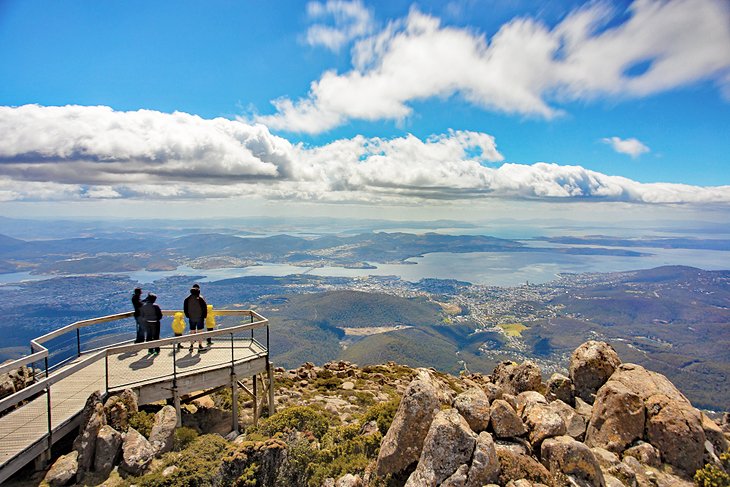
Undulating to the west of Hobart, the comforting presence of 1,270-meter-high kunanyi/Mount Wellington is a constant reminder of the unspoiled wilderness that lies on the doorstep of this waterfront capital.
Follow a winding 21-kilometer mountain road to the Pinnacle, often sprinkled with snow, for breathtaking views over Hobart, the Derwent Valley, and the D'Entrecasteaux Channel. At the summit, boardwalks lead to panoramic viewpoints, and a pavilion displays old photographs of Hobart and Mount Wellington.
The mountain is a popular spot for biking and hiking through the temperate rain forests, and the distinctive Organ Pipes , a dolerite cliff, is renowned for its excellent rock climbing. Standing atop the summit and admiring the sweeping views is one of the best free things to do in Tasmania, but dress warmly as the weather here is notoriously fickle.
Official site: http://www.wellingtonpark.org.au/
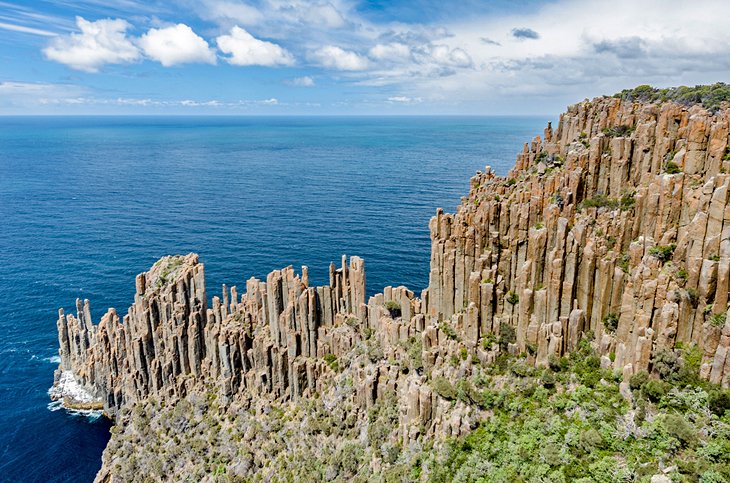
On the wind-lashed Tasman Peninsula, 56 kilometers east of Hobart, Tasman National Park protects some of Australia's most spectacular coastal scenery. If you look at a map of Tasmania, this park cloaks the far southeast tip of the state, with nothing but ocean between here and Antarctica.
It's a place of raw beauty. Towering dolerite cliffs plunge 300 meters to the sea, islands shimmer just offshore, waterfalls tumble to the sea, and contorted rock formations wear the relentless forces of wind and water.
The Blowhole and Tasman Arch are two of the park's most famous features. Other top sites include Remarkable Cave , Waterfall Bay , and the Devil's Kitchen – a collapsed rock arch.
Wildlife also scores top billing here. Apart from many species of rare birds, the area plays host to Australian fur seals, dolphins, whales, fairy penguins, and possums. A popular way to explore this stunning national park is by hiking the Three Capes Track (see below).
You can also explore some of the top attractions by car, or hop aboard a boat to glimpse the soaring cliffs from sea level, or cast a line – fishing can be excellent here. In the southern end of the park, climbers scale the dolerite cliffs, and Pirate's Bay is popular with hang-gliders.
Nearby lies the World Heritage-listed Port Arthur , one of Australia's most poignant historic sites.
Official site: http://www.parks.tas.gov.au/indeX.aspX?base=3868
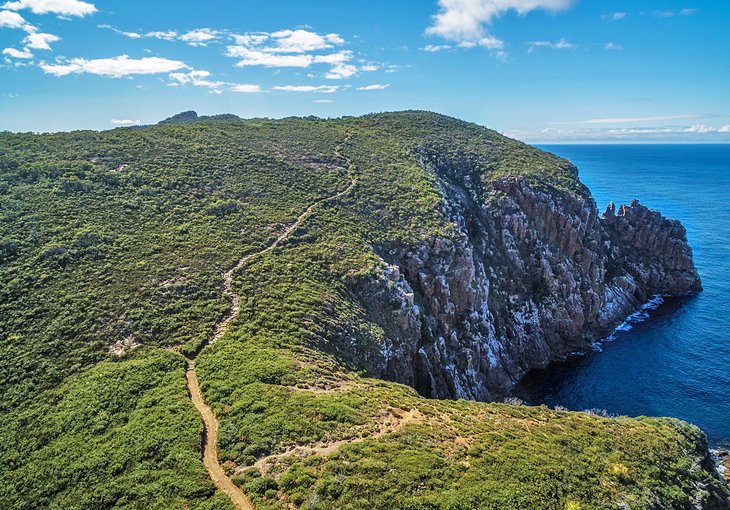
Starting and ending in World Heritage-listed Port Arthur, the stunningly scenic Three Capes Track slices through more than 48 kilometers of awe-inspiring wilderness in Tasman National Park . A boat delivers you to the trailhead from Port Arthur, where you'll walk along the edge of the continent, with breathtaking views of the Tasman Sea from the cliff-top trail.
Along the way, you'll walk through pristine eucalyptus forests and windswept heathland; see spectacular dolerite columns rising from the sea; encounter wildlife like wombats, wallabies, and echidnas; and stay in comfy eco-friendly cabins.
Every hiker receives a guidebook with maps and notes about the journey, as well as stories to read as they sit on strategically placed benches along the track. This four-day, three-night hike is suitable for all levels of hikers – even children. It's one of the best things to do in Tasmania in spring, fall, or summer, although hardy hikers could also tackle it in winter if they dress appropriately.
Official site: https://www.threecapestrack.com.au/experience.html
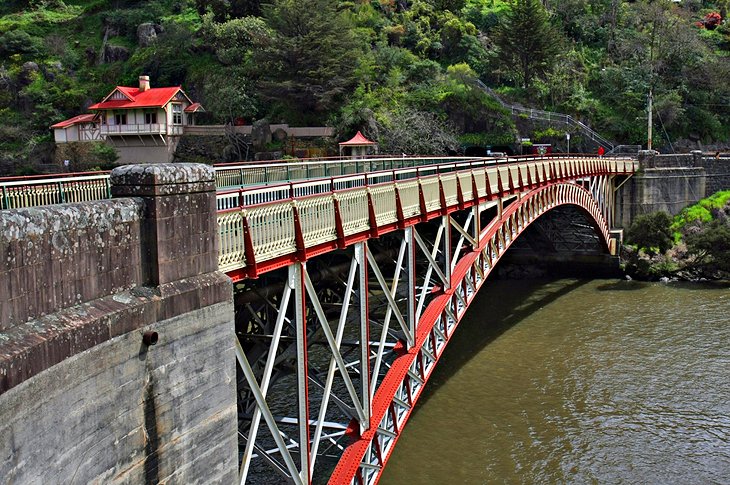
A mere 15-minute stroll along the river from Launceston's city center, the wild and romantic Cataract Gorge is a deep chasm carved over many centuries by the South Esk River. Offering striking scenery, the gorge is one of the top attractions in Launceston .
Precipitous walking paths, first built in the 1890s, cut into the cliff face on both sides of the gorge, offering heart-stopping views of the river far below.
The less adventurous can hop aboard the world's longest single-span chairlift, and the Kings Bridge and Gorge Restaurant also afford fine views. On the south side, you can relax at a café and paddle in the bush-fringed swimming pool.
At Cliff Grounds on the northern side, lies a beautiful Victorian garden replete with ferns, strutting peacocks, and wallabies. River cruises offer another perspective of this popular attraction.
If you're looking for things to do in Northern Tasmania, Cataract Gorge deserves a spot on your travel itinerary.
Official site: http://www.launcestoncataractgorge.com.au/
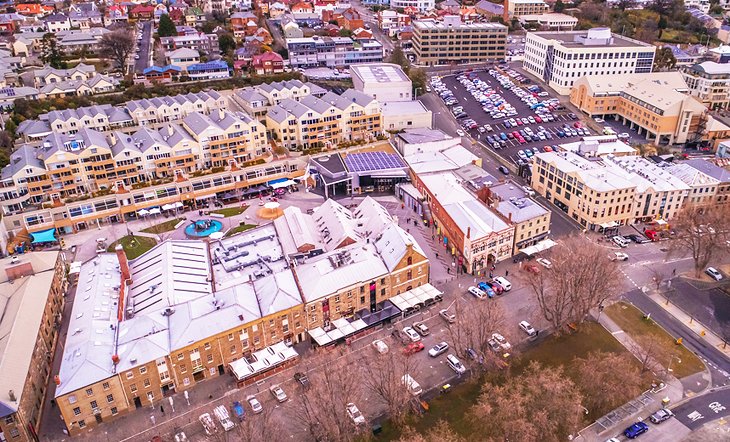
Salamanca Place, with its lovingly restored sandstone buildings, is a tourist hub in the heart of Hobart's historic waterfront. Built by convicts between 1835 and 1860, these beautiful Georgian buildings were once warehouses along the commercial center of old Hobart. Today, they house art galleries, cafés, restaurants, and shops.
You can dine alfresco along this cobblestone strip; shop for antiques and souvenirs; or visit the galleries, performing arts venues, and ateliers of the Salamanca Arts Centre . Every Saturday, tourists and locals alike flock to the Salamanca Markets , where more than 300 vendors sell everything from handcrafted jewelry and woodwork to fresh produce.
Nearby Constitution Dock is a favorite spot to buy fresh seafood, and one of the most popular things to do in December here is watch the yachts cruise in after the iconic Sydney to Hobart Yacht Race.
From Salamanca Place, you can also descend Kelly Steps to Battery Point , a picturesque seaside suburb with heritage houses.
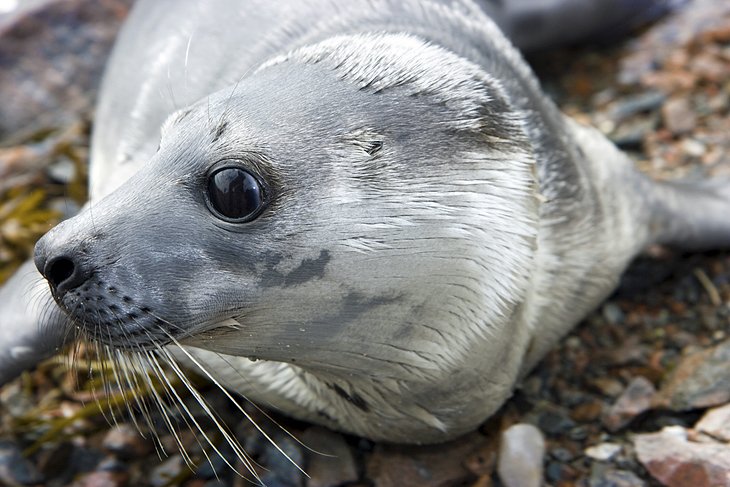
About 55 minutes from Hobart by car and ferry, Bruny Island is a popular day trip from the city for foodies and nature buffs. The island lies across the D'Entrecasteaux Channel from the seaside town of Kettering. It's famous for its delectable gastronomic treats, such as handmade chocolates, local berries, artisan cheeses, and succulent seafood, which you can sample on island tasting tours.
South Bruny National Park, on the island's southern tip, offers beautiful coastal scenery, with soaring green sea cliffs, sheltered beaches, and challenging surf breaks.
You can explore the park on an eco-cruise or hike the many nature trails. Keep an eye out for wildlife. Fur seals and fairy penguins swim offshore, and wombats, wallabies, and echidnas are often spotted on land. Built by convicts between 1836 and 1838, Cape Bruny Lighthouse offers beautiful views of the surging Southern Ocean.
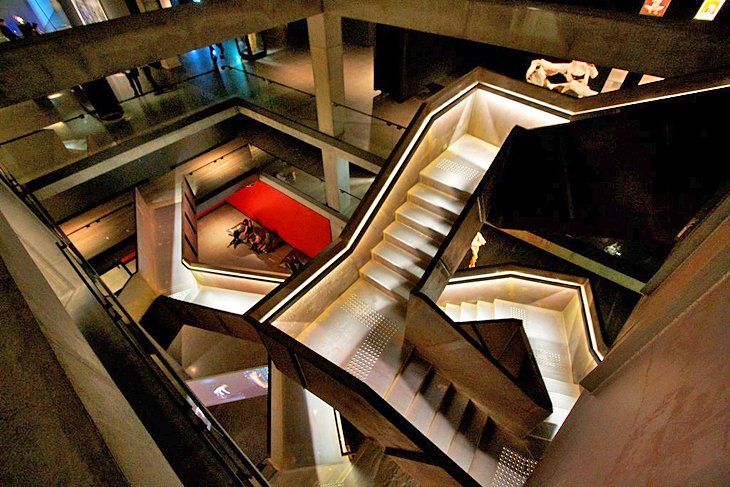
Cutting edge and controversial, the MONA (Museum of Old and New Art) in Hobart made a splash on the Aussie art scene when it opened in 2011. Its Tasmanian owner, David Walsh, described the thought-provoking collection of art and antiquities as a "subversive adult Disneyland."
After entering the museum's foyer at ground level, art lovers descend a spiral staircase to a subterranean gallery, where exhibits range from Sidney Nolan's Snake to an Egyptian sarcophagus and a machine that turns food into brown sludge. Portable touch screen devices provide commentary on the works.
Also on-site are entertainment venues, a trendy restaurant, library, cinema, and accommodation pavilions. The most popular way to travel to MONA is a 30-minute ferry ride along the Derwent River, which drops you off directly at the museum's steps.
Note that you need to buy tickets in advance. Check the website for details and opening hours.
Address: 655 Main Road, Berriedale, Hobart, Tasmania
Official site: http://www.mona.net.au/
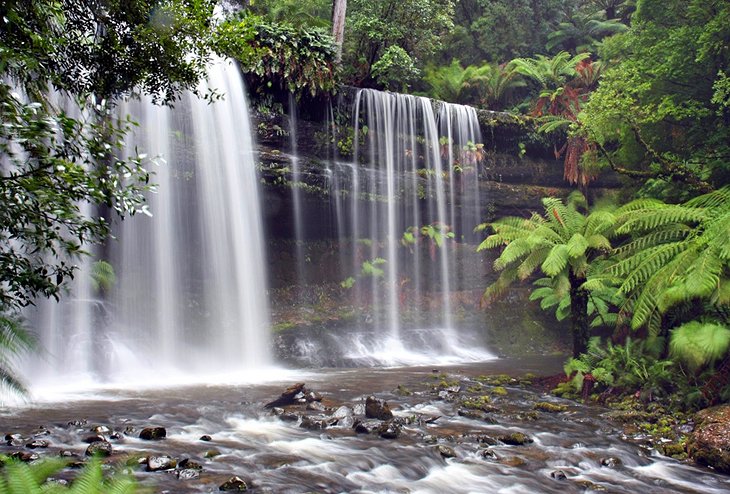
About 80 kilometers from Hobart, Mount Field is one of Australia's oldest national parks. Here, you can explore magnificent rainforests, tall swamp gums, alpine moorland, and stunning waterfalls.
Beautiful walking trails wind throughout the park, which is often dusted with snow in the high moorlands until summer. The short Russell Falls Nature Walk to these triple-tiered cascades is suitable even for wheelchair-users. You can also hike around Lake Dobson , and experienced bushwalkers have a choice of more challenging routes.
One of the popular things to do in Tasmania in winter is cross-country skiing, and this is an ideal place to indulge, only a 90-minute drive from Hobart. In the fall, the park ignites with yellow, orange, and red-leafed trees. This is also the site where the last Tasmanian tiger was captured in 1930.
Official site: http://www.parks.tas.gov.au/indeX.aspX?base=3589
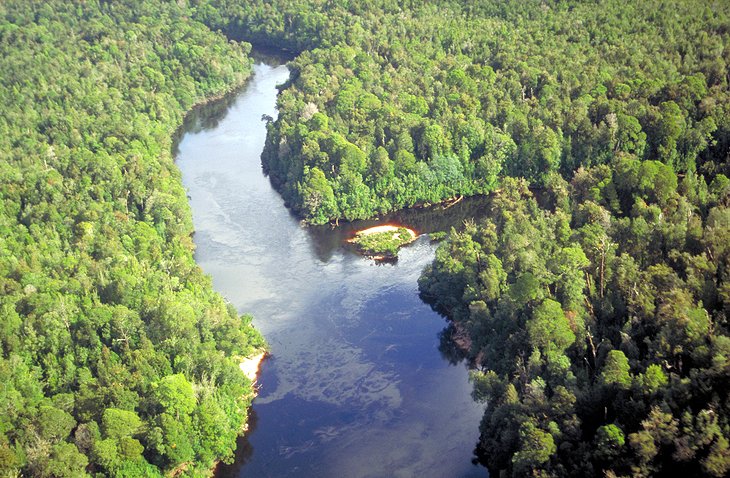
A UNESCO World Heritage Site, the spectacular Franklin-Gordon Wild Rivers National Park has become a symbol of one of Australia's most famous conservation victories. In the 1970s and 80s, this majestic mountain region of primeval rainforest, steep gorges, and wild rivers was the subject of bitter controversy over a proposal to dam the Franklin River. The opponents of the scheme, with their battle cry "No dams!" were victorious, and the wild beauty of the Franklin River and its surrounding wilderness remains.
Today, the national park is the nucleus of the Tasmanian Wilderness World Heritage Area , which also includes the rocky 1,443-meter peak of Frenchman's Cap . Its Aboriginal sites are evidence of a rich Indigenous heritage stretching back more than 36,000 years.
White-water rafting enthusiasts come here to tackle the tumultuous Franklin River, one of the top outdoor adventures in Australia , and hikers enjoy the short walks. A highlight is Donaghys Lookout Walk . You can also explore the park by car on the Lyell Highway. Better still, hop aboard a river cruise from the west coast village of Strahan .
Official site: http://www.parks.tas.gov.au/indeX.aspX?base=3937
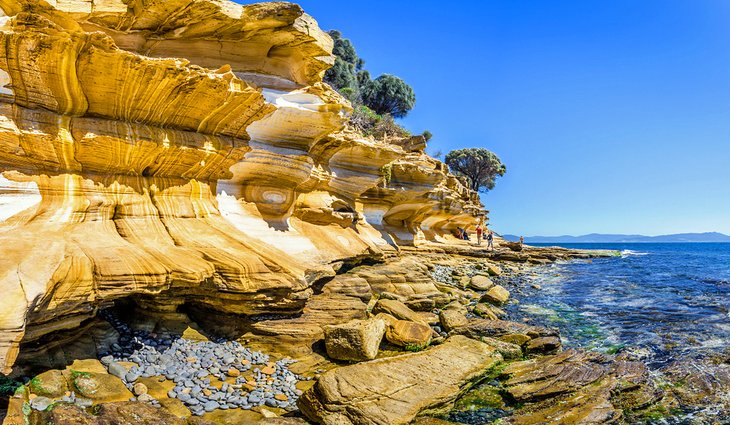
In a land of wilderness escapes, Maria Island truly stands out. Sitting off the east coast of Tasmania, this pristine, car-free island is a nature-lover's Eden. Among the top tourist attractions are the island's Painted Cliffs . Etched with russet-hued swirls of sediment, the Painted cliffs are a favorite subject for photographers. But you can also explore rugged mountains; wild, windswept beaches; fossil-flecked limestone cliffs; and dense forests.
Are you an animal lover? You'll find plenty of wildlife to ogle here, too, from wombats and wallabies to Tasmanian devils, ringtail possums, pademelons, and potoroos (small marsupials). Maria Island is also one of the top places to visit in Tasmania for bird-watching .
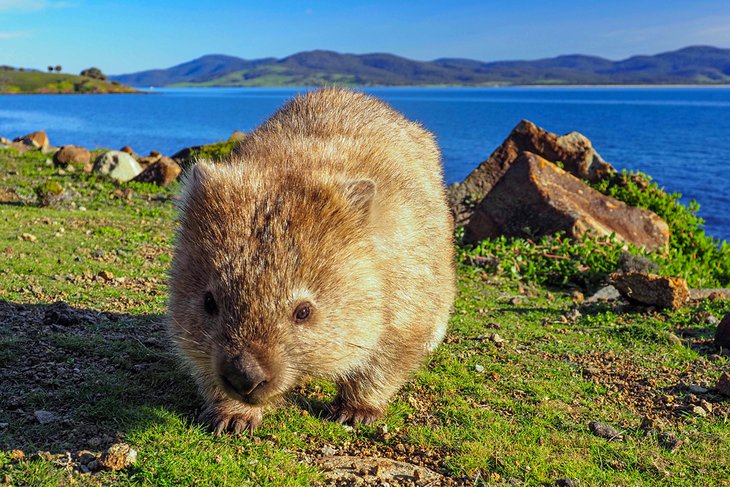
Other popular things to do on Maria Island include hiking the scenic trails, biking around the island, snorkeling and diving (if you can brave the cold waters), and exploring the area's rich history. While you're here, you can visit World Heritage-listed convict sites and learn about the Indigenous Puthikwilayti people, custodians of the land and surrounding waters for more than 40,000 years.
Want to stay overnight? Maria Island accommodation is limited. You can stay in basic bunks at the Penitentiary in Darlington, or pitch your tent in a campsite. But most visitors come here on day trips from Hobart.
If you're traveling here on your own, the ferry ride from Triabunna to Darlington, the island's main settlement, takes about 45 minutes. You won't find any shops here, so you'll need to bring everything you need with you, and pack it all out.
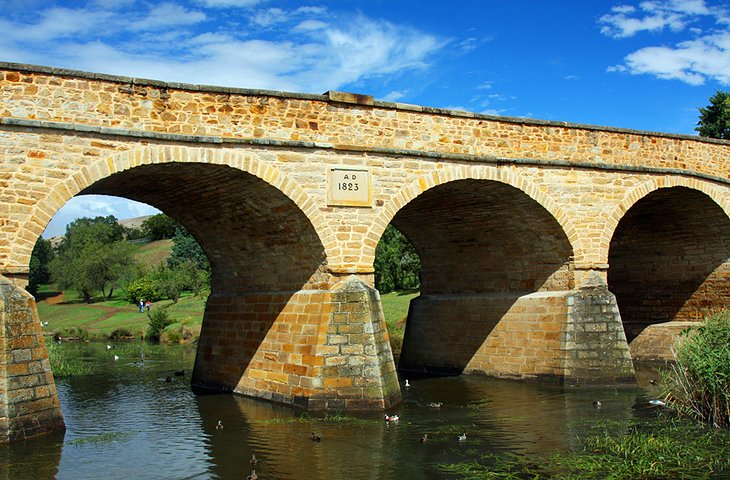
About 25 kilometers northeast of Hobart, Richmond is a kind of living open-air museum. Of all the early settlements in Tasmania, it presents the most complete and homogeneous picture of a Georgian colonial town. It was founded soon after the landing of the first settlers in Risdon Cove in 1803 and soon developed into the commercial center of a very fertile grain-growing district.
Richmond was also an important military post. Inmates from the town's penal colony constructed many of the buildings, as well as the Richmond Bridge , which dates from 1825 and is the oldest bridge in Australia.
Often seen in the background of bridge photos is the timber-topped St. Luke's Church , with beautiful stained-glass windows. It was so well constructed that the convict carpenter responsible was pardoned. A short distance to the north, the neo-Gothic St. John's Church , dating from 1837-59 is the oldest Roman Catholic Church in Australia.
Other historic highlights include Richmond Gaol and the well-preserved heritage buildings of Bridge Street. Traveling with kids? One of the top Tasmania attractions for families, the Old Hobart Town model village recreates life in the 1820s.
Many day trips to Richmond from Hobart also include a visit to Bonorong Wildlife Park in Brighton, where you can get up close to favorite Aussie animals like kangaroos, koalas, wombats, and Tasmanian devils.
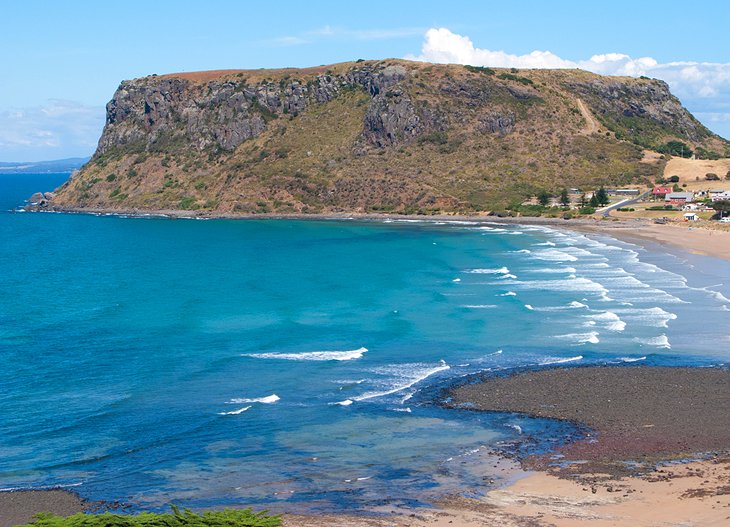
On Tasmania's northwest coast, the Nut is a 143-meter-high volcanic plug, which looms over the picturesque heritage town of Stanley . Matthew Flinders, who viewed it in 1798, thought it was reminiscent of a Christmas cake with its steep, rounded sides and flat top.
You can climb the steep path to the Pinnacle, which takes about 15 minutes, or hop aboard a chairlift for fantastic photo opportunities. At the top, trails of varying lengths lead visitors through fern-fringed forests and to scenic lookouts with 360-degree views of the curving coastline, the quaint hamlet of Stanley, and surrounding farmland. Look for pademelons and wallabies along the trails, and take a jacket, as the top can be quite windy.
We recommend these wonderful hotels in Tasmania's top tourist spots:
- Saffire Freycinet is a luxury eco-hotel on the Freycinet Peninsula, with spectacular views and floor-to-ceiling glass-encased rooms.
- The mid-range Grand Chancellor Hotel Hobart is in a great location, with harbor views, a pillow menu, and a fantastic restaurant.
- Salamanca Inn is a family-friendly all-suite hotel on Hobart's waterfront, steps from Salamanca Place. Choose from one- or two-bedroom suites with full kitchens.
- About a 10-minute walk from Cataract Gorge and Launceston's CBD, The Mews Motel is a budget hotel in a heritage building. Chat with the friendly management, cook your own meals in the well-equipped outdoor kitchen, then snuggle into a comfy bed at this home away from home.
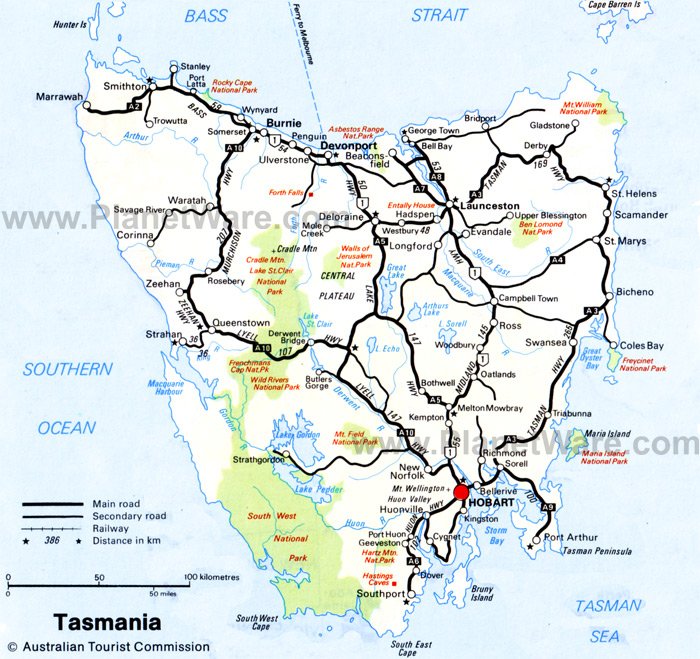
More on Australia
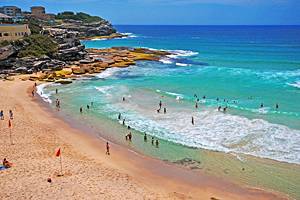

This post may contain affiliate links, which means I'll receive a commission if you purchase through my link, at no extra cost to you. Please read the full disclosure here.
Tasmania Photo Locations: 25 Must-Go Spots For Great Photos
This article is all about the incredible Tasmania photo locations you must see and capture for yourself.
From the famous Cradle Mountain and Bay of Fires , to the lesser-known Tarkine and Tessellated Pavement , we will cover them all.
Tasmania may be Australia’s smallest state, but what it lacks in size, it more than makes up for it in its stunning photography opportunities.
From stunning seascapes with clear turquoise waters and white sands, rugged mountains, ancient rainforests to wild coastlines and pristine national parks, Tasmania has an incredibly diverse landscape.
If that’s not an over the top description then you haven’t begun to see the uniqueness of Tasmania – it truly is a photographer’s paradise.
This is the Tasmania instalment of my photography location series. Read to the end to check out the other areas already covered.
But now, let’s get the stunning Tasmania photo locations:

1 – Hobart and Surrounds
You can easily base yourself in Hobart for a few days and check out these locations all within an hour or two of this beautiful harbour city –
Hobart Harbour
The city of Hobart itself is beautiful and has so many photographic opportunities with its narrow, hilly streets lined with 19th Century cottages and colonial architecture.
The waterfront is also brilliant to photograph and sunrise or sunset, oh and night – anytime really. It’s a great spot for capturing reflections, especially around Sullivans Cove.
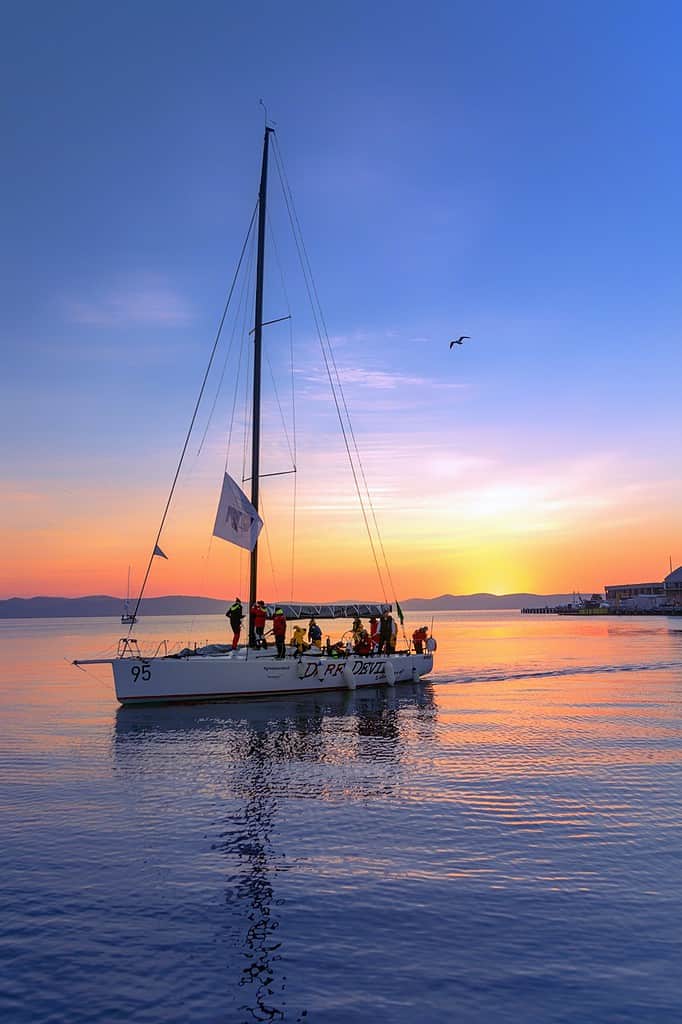
Mount Wellington
When in Hobart, you simply cannot miss the drive up to the summit of Mount Wellington.
At 1270 metres above sea level, you’ll be treated to breathtaking panoramic views of Hobart and its surroundings, including the Derwent River and beyond.
Make sure you bring a jacket for this visit – it can be freezing up here at any time of the year.
If you have time, venture out on some of the many walking trails, it’s not all about the summit.
As usual, the best time to photograph is sunrise and sunset, but it’s also a great location to photograph Hobart at night.
Just 30 minutes out of Hobart’s CBD is Richmond.
This quaint little town is home to Australia’s oldest stone arch bridge still in use. Spend some time wandering around as there are many different angles to shoot this fabulous structure from.
It also has some great early colonial style architecture, including some stunning churches that are well worth photographing.
It is a popular destination for tourists and locals alike, so be prepared to be patient to get your shots.
FYI – According to the guide on one of my tours, the bakery also has the reputation for the best scallop pie, a local Tasmanian specialty.
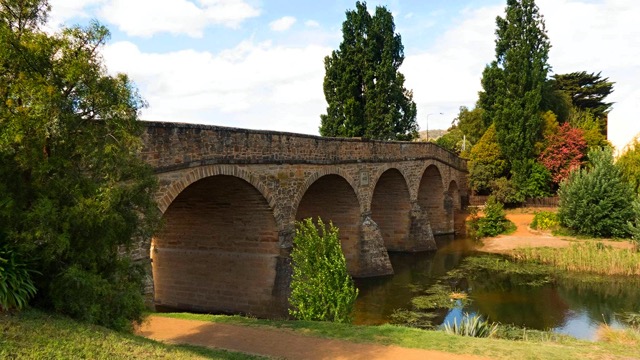
Mortimer Bay
Also around 30 minutes from Hobart is the much less popular Mortimer Bay Reserve.
Head on over at sunset, and when the tide is mid to high for the best photos. The sun should set right in front of you if you’re facing Mount Wellington – and an even better bonus if you get some clouds.
This is a great location to get your filters out for some long exposures.
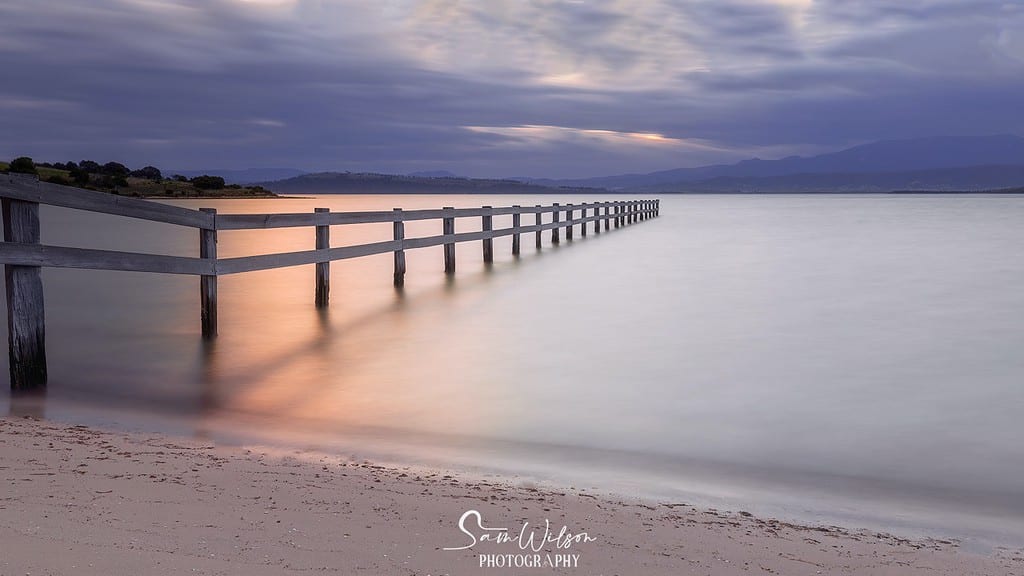
2 – Mount Field National Park – Russell and Horseshoe Falls
Dedicate a day to head out of Hobart to Mount Field National Park. This is only about an hour’s drive from Hobart and is home to two beautiful waterfalls, along with lovely walks through mossy forests.
There are many beautiful photography spots here in Mount Field but the two listed below are easy to access and a lovely relaxing way to spend a day exploring.
Russell Falls
This is possibly the most popular waterfall in Tasmania – not only is it beautiful, but it is an easy and accessible 20 minute return walk through incredibly tall eucalypt trees towering over the mossy forest underneath.
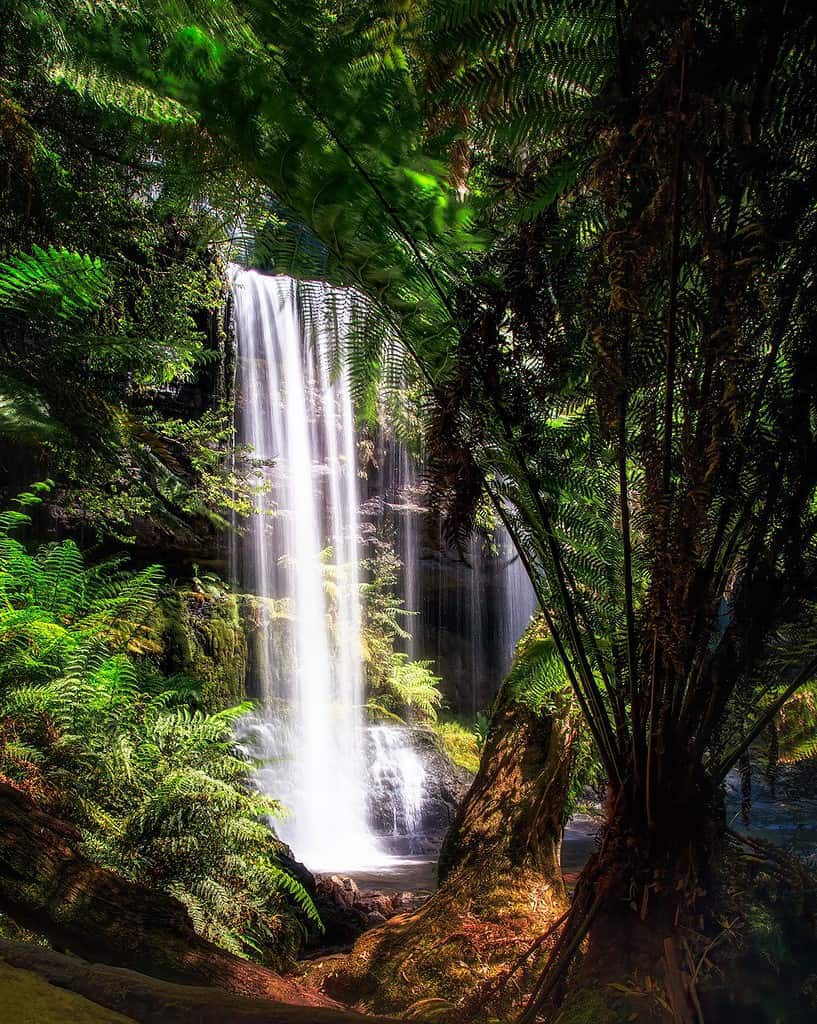
Horseshoe Falls
Another 10-15 minutes uphill will get you to Horseshoe Falls. There is a platform barricading access into the falls themselves, but you can still capture beautiful images.
There will also be less people here as it is that bit more of an effort to get to.
Mount Field National Park is great to visit at any time of the year, but as always for photographing waterfalls, after a bit of rain will give you the best results.
TIP: Keep an eye out for Tasmania’s native fagus trees in autumn for some bonus colourful shots. The Fagus is Tasmania’s only winter-deciduous native tree and turns all shades of orange and gold in April/May each year. Fagus is Tasmania’s only winter deciduous species, and one of only a handful of deciduous species in Australia.
3 – Tasman Peninsula
Heading further away from Hobart, south by around 90 minutes will get you to the stunning Tasman Peninsula region.
Home to the incredible Tessellated Pavement, Pirates Bay, Eaglehawk Neck, Tasman Arch, the Devils Kitchen, Port Arthur and so much more, you could easily photograph for days here.
If I had to just pick three though, it would be these:
The Tessellated Pavement
The TessellatedPavement (best photographed at sunrise) is an absolute must for any photography trip to Tasmania, and for good reason.
The tiled rock ‘pavement’ is an incredible sight. It is believed to have been formed by the rocks being fractured by the earth moving, resulting in what is called ‘jointing’. This is not that uncommon, but the years of salt and constant erosion caused by the sea’s waves have resulted in the unusual and stunning location it is today.
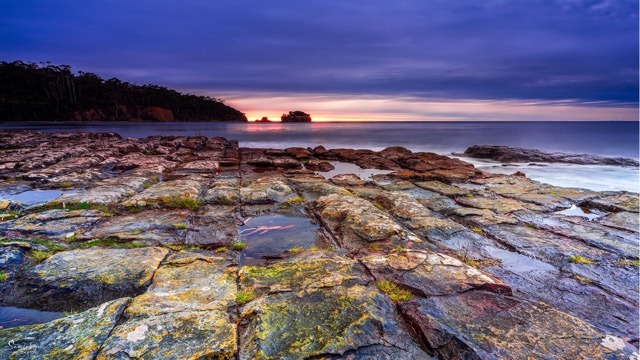
Tasman Arch
This natural wonder is a must-see. It’s only a short walk from the car park and worth it for the stunning coastal views. The impressive geological formation is definitely worth photographing and the power of the ocean churning below is incredible to watch.
Devil’s Kitchen
Just near Tasman Arch is another captivating geological formation to photograph. Watch the raw beauty as you witness the churning waves crashing into the cliffs creating a cauldron-leke effect. The viewing platforms are perfect to photograph from.
Be sure to check out the blowhole while you’re in this area.
Note: The historic Port Arthur really is worth a visit to photograph the well-preserved ruins and to get a glimpse of Australia’s convict history.
4 – Bruny Island
Either continue on from the Tasman Peninsula, or book a day tour to get yourself to Bruny Island if you can.
The island boasts unique geological features, diverse wildlife, and breathtaking natural landscapes, all of which make for incredible photo opportunities.
The narrow sandy isthmus called “The Neck” that joins North Bruny and South Bruny provides a perfect backdrop for landscape photography, with its dramatic cliffs, sandy beaches, and turquoise waters.
The island’s rugged coastline, rolling hills, and lush forests offer endless possibilities for capturing stunning photos.
Guided tours are available, allowing you to explore the island’s hidden treasures and capture the beauty of Bruny Island in all its glory.
I thoroughly recommend Pennicott Wilderness Tours for a great day out.
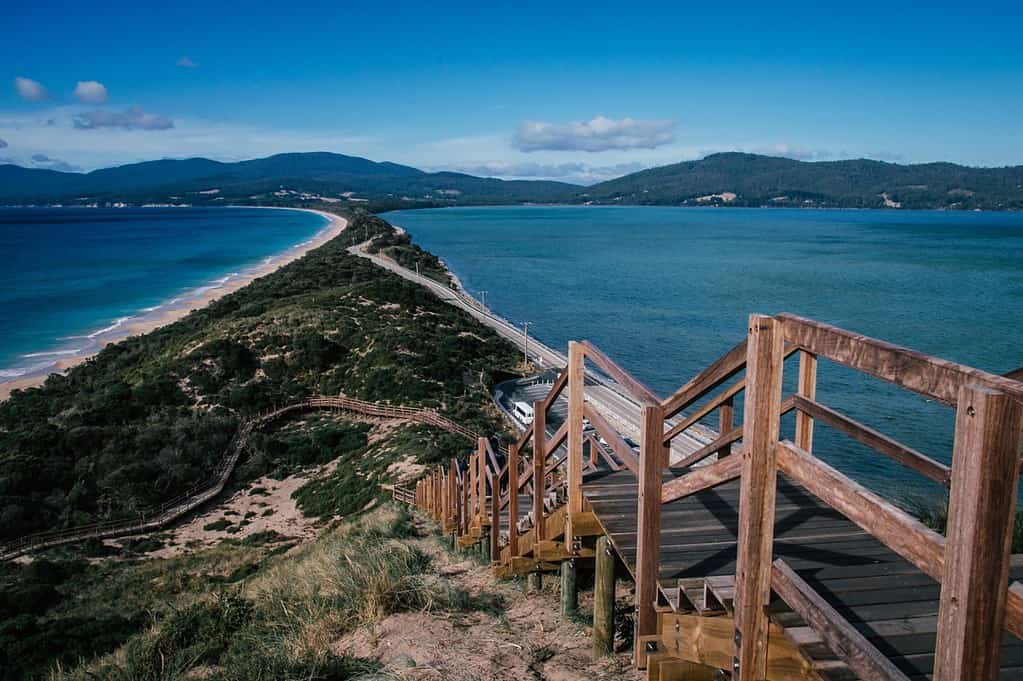
Time to head north up the East Coast …

5 – Freycinet National Park
Freycinet peninsula, which takes in five spectacularly photogenic locations: Coles Bay, Wineglass Bay, Sleepy Bay, Cape Tourville and The Hazards mountain range, is a must for photographer’s and nature lovers alike.
The features here include the beautiful red lichen-covered rocks that the area is famous for, as well as pristine water. If you’re lucky you may even spot some local wildlife.
Coles Bay is a fabulous location to photograph the Hazards as your background.
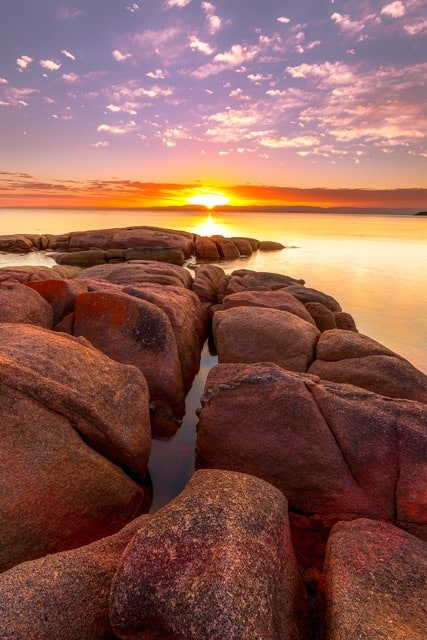
Wineglass Bay
Explore the breathtaking Freycinet National Park with this stunning walk to Wineglass Bay.
This is one of the most popular walks and really shouldn’t be missed.
You have the option to do the shorter walk to Wineglass Bay Lookout, or the longer walk which includes hiking down to the beach.
The lookout offers incredible panoramic views of the bay with its turquoise waters and white sandy beaches.
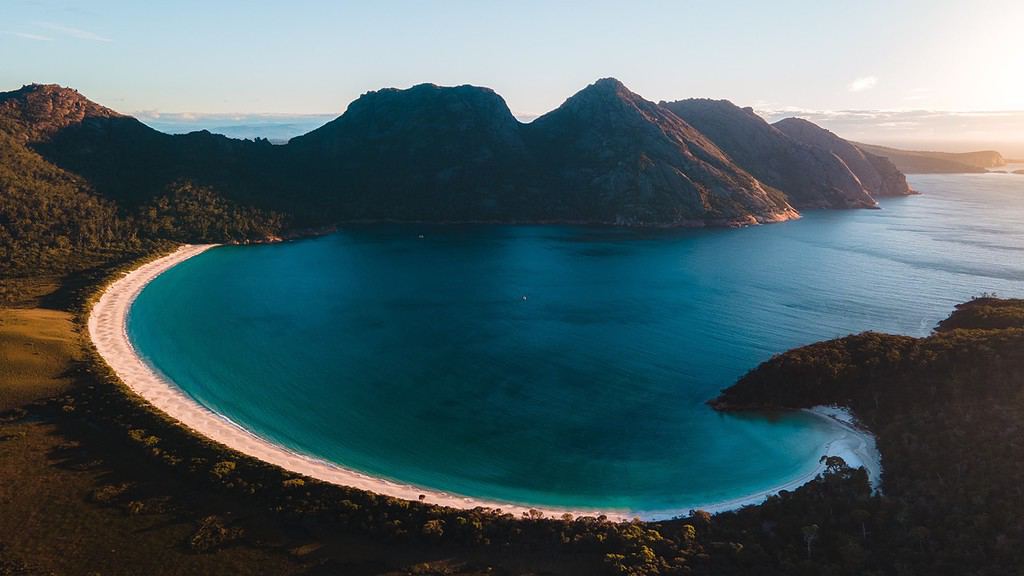
Cape Tourville Lighthouse and ‘The Nuggets’
This picturesque lighthouse overlooks the cliffs and the Tasman Sea, offering great photo opportunities.
Surrounding the lighthouse is a short walking track that takes you around the headland, providing incredible views of the Hazards Mountains, Wineglass Bay and these rock formations known as The Nuggets.
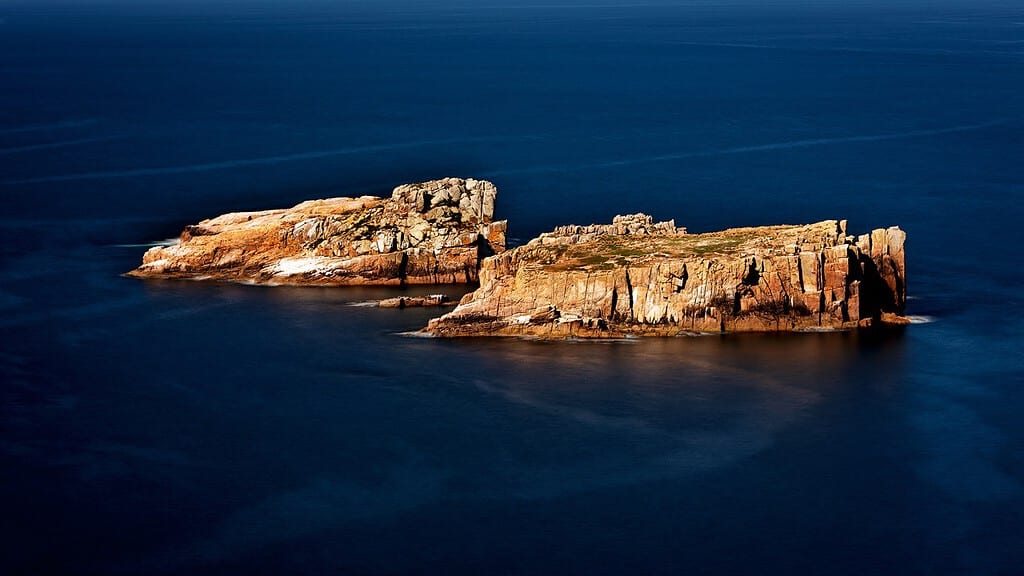
This would be a great location to visit outside sunrise or sunset, so it would make sense to visit before or after one of your trips out to either The Hazards or Coles Bay.
Sleepy Bay is a beautiful rocky bay with turquoise waters and orange lichen-encrusted rocks.

The Hazards
Best photographed from Coles Bay, are the series of granite peaks in a line known as The Hazards.
The rugged peaks and unique geological features of these mountains provide a perfect backdrop for capturing breathtaking photos.
The changing light throughout the day creates a range of moods and tones, making it an ideal location for landscape photographers.
These are best photographed from Coles Bay – sunrise and sunset both work here.

6 – Bay of Fires
Definitely not a secret location, the stunning Bay of Fires area stretches from Binalong Bay in the south to Eddystone Point in the north.
I know it’s been said many times already, but the Bay of Fires is absolutely one of the most beautiful places in Tasmania and a must-visit for Tasmania photo locations.
With fiery orange rocks alongside crystal clear blue water, the contrast is just incredible and makes for some stunning photos!
There are many spots to seek out along this 50 kilometres of coastline, but here are my top three:

Binalong Bay
Pristine white sandy beaches, crystal clear turquoise waters, and stunning natural beauty.
Binalong Bay is often considered the gateway to the Bay of Fires, a famous stretch of coastline renowned for its striking orange-hued granite rocks.
There’s really not much more to say here, except you will want to allow a few days to explore this area.
St Helens is a great place to base yourself in, or you can stay in the smaller Binalong Bay itself.
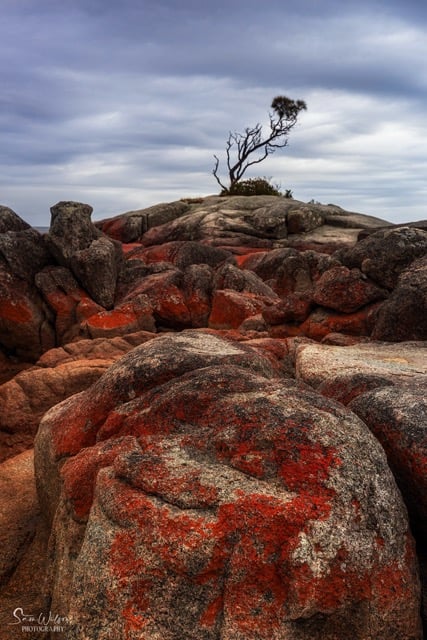
Cosy Corner
Just 15 minutes from St Helens you will find yourself, one of the lesser-known locations (head to Cosy Corner North).
I do hope you’re not sick of beautiful rock formations, white sand, and incredibly clear water, because that’s exactly what you will find here also.

Eddystone Point Lighthouse
The northern end of the Bay of Fires brings you to Eddystone Point that features an incredibly unique lighthouse, along with a lovely picnic area and more stunning coastline.
This is a 35 metre high lighthouse built of granite and beams out 26 nautical miles to guide ships along to avoid the hazards at the entrance to Banks Strait.
Well worth the drive for a visit – and if you’re heading out at dawn or dusk be extra careful with the wildlife you will undoubtedly come across.
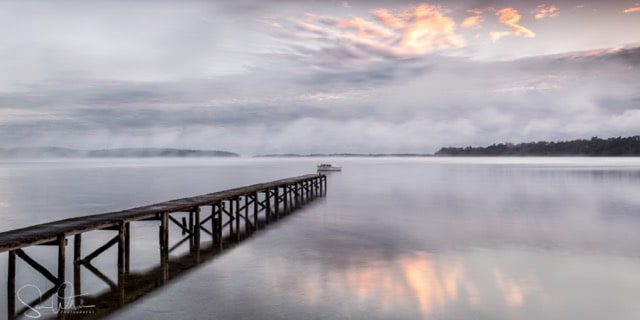
Note: Launceston If you’re stopping off at Launceston along your travels, be sure to check out Cataract Gorge. Launceston is the second largest city in the state and is surrounded by stunning natural attractions, including Cataract Gorge, Tamar Valley, and the nearby Ben Lomond National Park. It is also renowned for its well-preserved Victorian and Georgian architecture, with many historic buildings and landmarks to explore.
7 – North Tasmania
Bridestowe lavender farm.
If possible, try to time your trip to get to Bridestowe Lavender Farm to capture the beautiful fields of lavender.
The fields of lavender here are just magnificent, and with the mountains in the background, it truly is one of my favourite Tasmania photo locations.
The rows of lavender create stunning leading lines and are just enhanced by the vibrant colours of the lavender. The best time to try and get here is December and January, when the lavender is at its peak.
If you contact the farm beforehand, you may be able to visit after hours to capture sunrise or sunset.
Make sure you check out their gift shop and try their Lavender ice cream as well – surprisingly good!
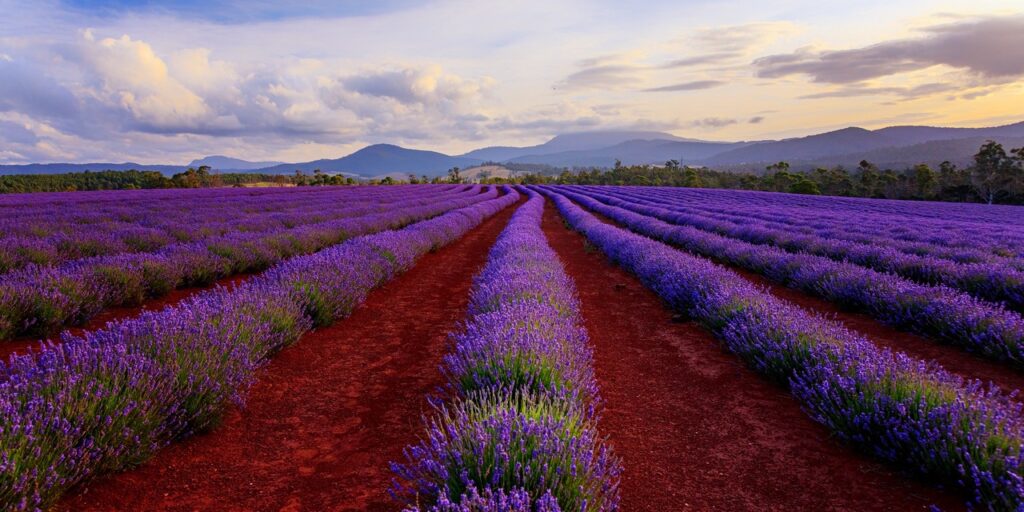
Fun fact – Streets in the northern half of Bridport have male person names and those in the southern half have female names.
Enjoy an afternoon visiting Bridport Wildflower Reserve is part of Granite Point Conservation Area, where walking tracks lead through the reserve to Adams Beach. The flower reserve boasts one of the best displays of heath flowers in spring.
Have an early night if you’re staying here so you can capture sunrise at the old jetty before heading to the wilderness of the Northwest.
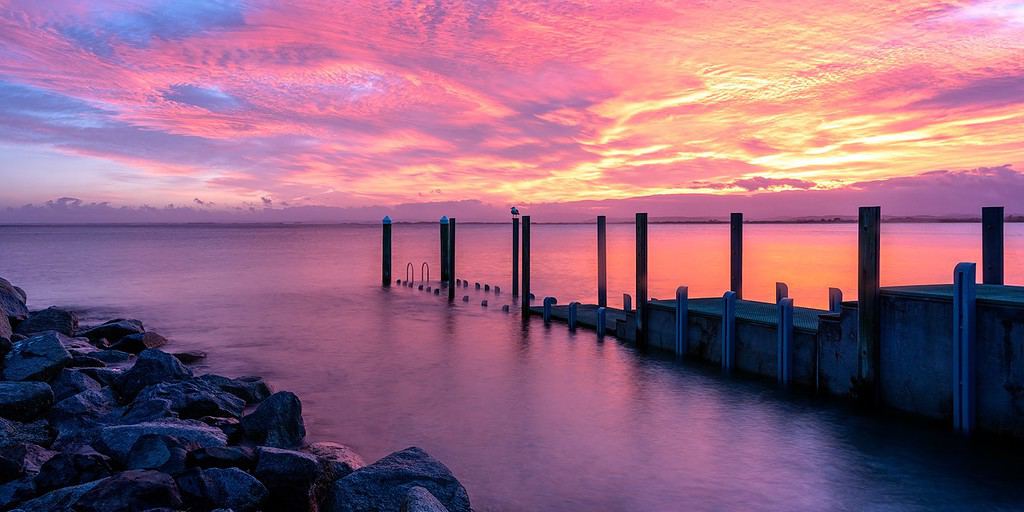
8 – The Tarkine Region
The Tarkine Wilderness is, yes, another dream destination for photographers.
With its vast rainforests, rugged coastline, and unique geological features, the Tarkine Wilderness offers endless opportunities for capturing breathtaking landscape photos.
Whether you’re looking to capture the beauty of the ancient forests or the raw power of the crashing waves against the rocky coastline, the Tarkine Wilderness is a must-visit location for landscape photographers.
There are so many options but if you only have a few days, these are my top recommendations:
Trowutta Arch
The Trowutta Arch Rain Forest Walk leads to a stunning natural geological structure: the Trowutta Arch. Formed by two collapsing cave systems, the arch to one side is filled with water and the other with gigantic Man Ferns.
Needless to say, the walk in and out was in itself so peaceful and enchanting – reasonably flat, you were surrounded by mosses, fungi, ferns, and rainforest canopy the whole way.
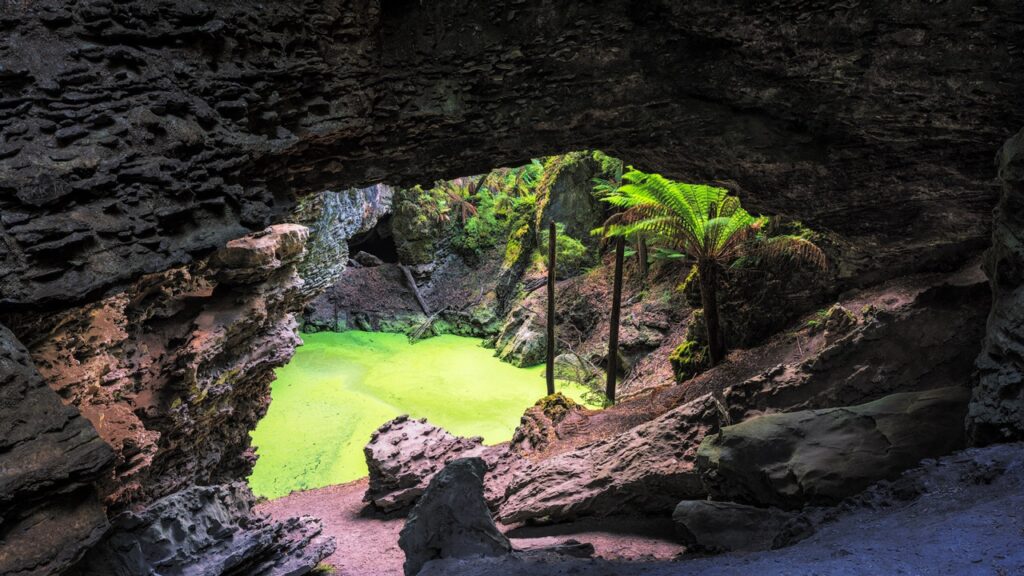
Lake Chisolm
This was another lovely walk, similar to the Trowutta Arch walk but once again we were ‘plagued’ (pun intended) with clear bright blue skies, hence the sky not included in this photo.
A beautiful easy walk with lots of distractions along the way.
Edge Of The World
Gardiner Point is where you officially stand at The Edge of World and view the longest uninterrupted span of ocean on Earth. It’s where the Arthur River meets the sea.
So called because it is the starting point of the longest uninterrupted stretch of ocean in the world. The nearest land is Argentina, a mere 20,000km away.
Dip Falls and The Big Tree
Seriously, who names these things?!?
These were an unexpected bonus for me and the falls were well worth the 240 stairs to the bottom to view.
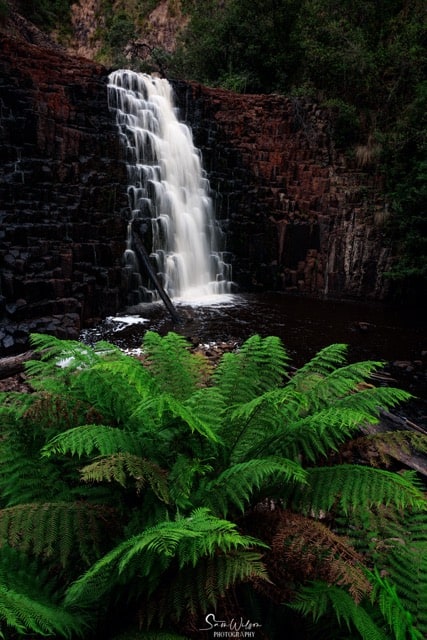
Stanley is the most northern point you can stay and explore in Tasmania’s North West. It’s a lovely little town that is apparently known for its well preserved colonial buildings. To be honest I didn’t really get to appreciate those – on this tour it was all about ‘The Nut’.
Research explains that this is the remains of an ancient volcanic plug with a large, mostly flat surface. You can climb the 152m, or catch a chair lift to the top in the right season.
For the full rundown on this area and the wonderful photo opportunities, head on over to my post covering the area of Northwest Tasmania.
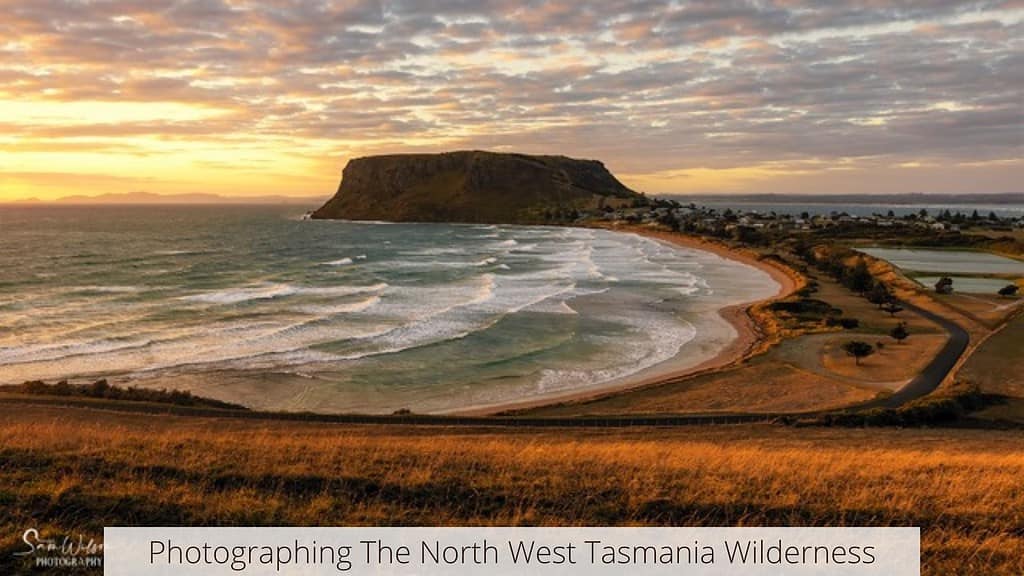
9 – Cradle Mountain
When it comes to iconic Tasmania photography locations, Cradle Mountain is a must-visit.
It’s a heritage listed area, so vehicles are not permitted beyond the visitor centre outside of daylight hours. Check out the full hours and details here .
You will need to park at the visitor centre and catch the shuttle bus to and from Dove Lake, and photograph the iconic boatshed .

The 6-kilometre Dove Lake Circuit is a fantastic introduction to the area and showcase some of the top Cradle Mountain photo spots. It will lead you through the diverse terrains surrounding Dove Lake, offering views of Cradle Mountain the whole way round.
Make sure you stop and photograph Glacier Rock and the gorgeous Ballroom Forest – there’s more than just the boatshed!
It’s also quite likely you’ll get up close with some of the local wildlife. Keep an eye out for the resident wombats , and you might even spot an echidna or two.
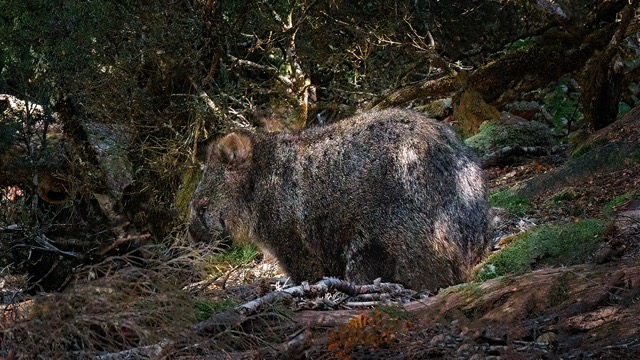
Tasmania is perfect for a road trip and you can easily drive it yourself. Check out this 10 day road trip itinerary that will get you to all of the locations listed in this article:
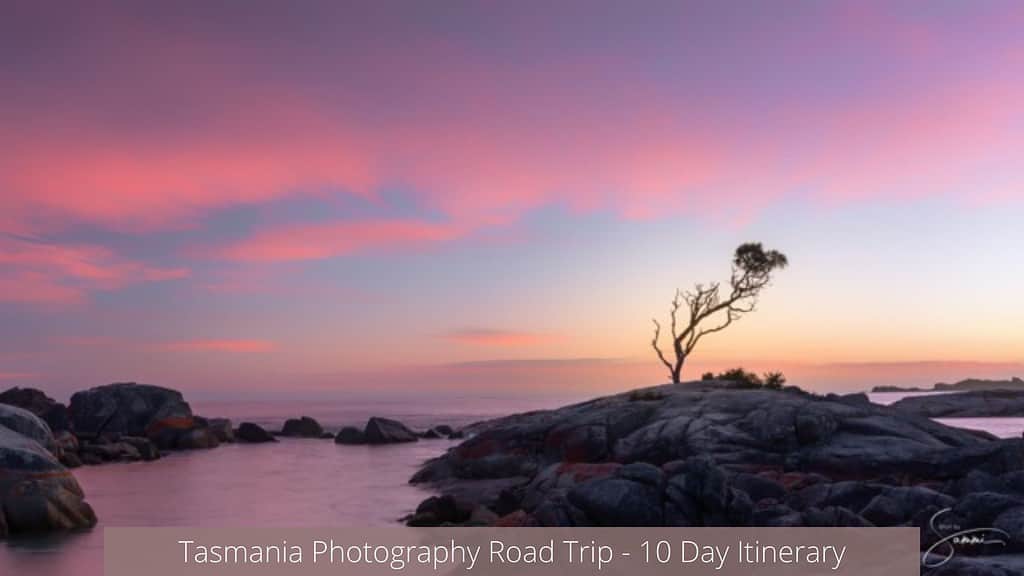
Well that’s it, my top 25 (and it was hard to stop there) Tasmania photo locations that every landscape photographer should try and get to.
From the rugged wilderness of The Tarkine, the beautiful white beaches with its clear turquoise water along Freycinet National Park and the Bay of Fires to the unique geological features of the Tasman Peninsula and Cradle Mountain, Tasmania has so much to offer for every landscape photographer.
I truly hope you’ve enjoyed this post. Let me know in the comments below which your favourite is, or if you have a favourite I’ve neglected to mention.
That’s it for now – Keep clicking and stay caffeinated
Like this post? PIN it so you can save it for later
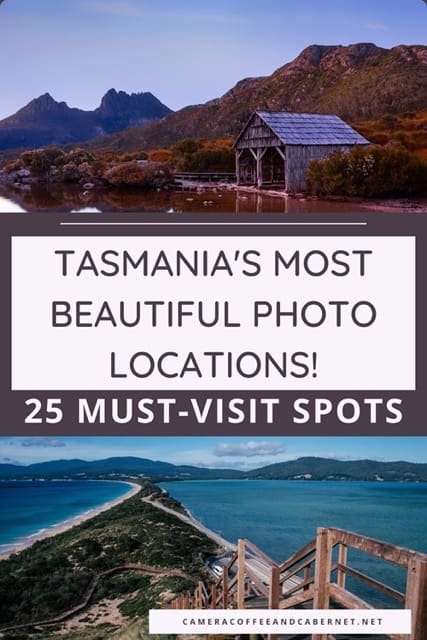
More Photography Location Guides
- North West Tasmania
- Kiama Photography Locations: The Top 10 Spots for Great Photos
- NSW South Coast Photo Spots: The Top 10 Locations for Great Photos
- Blue Mountains Photography Itinerary
- Snowy Mountains Photography Road Trip
- Central Coast Photo Locations
- Great Ocean Road Photo Locations
Don’t miss a post – sign up Here if you haven’t already
Note – Unless otherwise stated, all photos are mine and remain my copyright images – Sam Wilson Photography.
Are you a beginner landscape photographer looking to improve your skills and capture stunning photos of nature?
Our ebook, ‘The Landscape Photography Handbook – Exploring the Wonders of Nature,’ is the perfect guide for you.
With 90 pages of expert advice and practical tips, you’ll learn everything you need to know to capture breathtaking landscapes like a pro.
From essential gear and camera settings to composition techniques and planning your shoot, this comprehensive guide covers it all.
Plus, you’ll discover how to develop your own style, build your confidence as a photographer, and use editing tools to enhance your images.
Get your copy today and start exploring the wonders of nature with your camera!

Sam is the creator of cameracoffeeandcabernet.net, a website dedicated to photography and solo travel. Based in Australia, Sam combines her passion for photography and travel to bring you tips, insights and experiences to help you plan, pack, and make the most of your photography while on the road.
Similar Posts
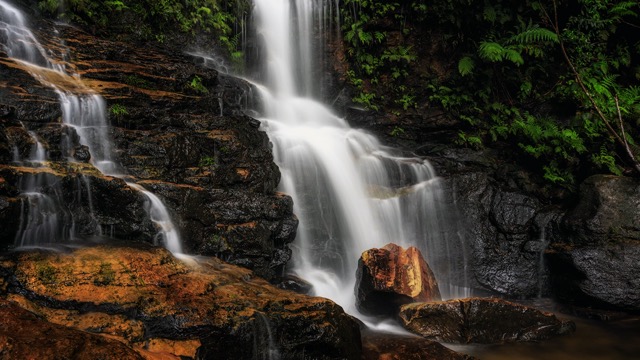
Beautiful Waterfalls in the Blue Mountains
Beautiful Waterfalls in the Blue Mountains. 14 Stunning Waterfalls To Photograph In The Blue Mountains, NSW, Australia

100+ Inspirational Waterfall Quotes To Bring Out Your Inner Explorer
The best waterfall quotes and waterfall captions for Instagram. Including inspirational quotes about waterfalls, hilarious waterfall puns and many more!

Funny Travel Quotes: 100+ Fun Quotes And Captions About Travel
These funny travel quotes and captions are designed to make you smile and inspire your travels. Funny and witty, these quotes will brighten your day.

Solo Travel Fun: Tips To Stop It Being So Serious
Solo travel can be incredibly fun and fulfilling! With some planning and following these tips you can have an amazing unforgettable experience.
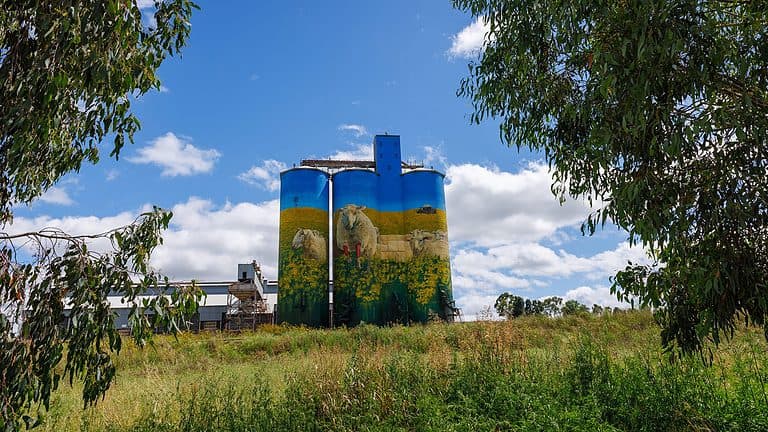
Road Trip Packing:The Ultimate Guide for Comfortable Travel
Don’t let packing for your road trip stress you out. This road trip packing guide has you covered with all the essentials for a comfortable road trip.
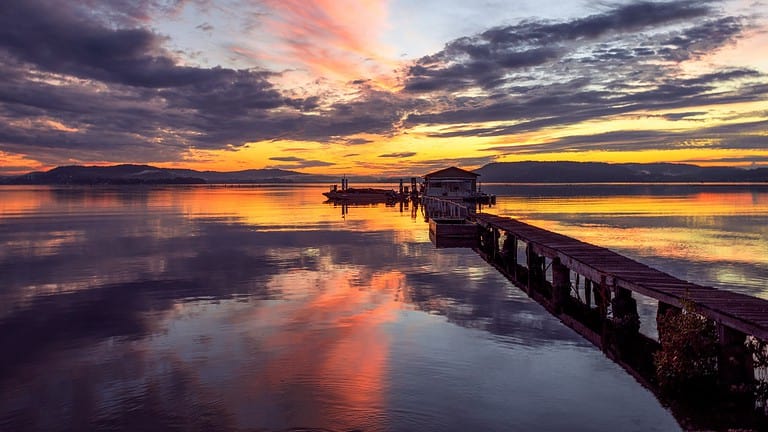
Photography Post Processing Workflow: 7 Simple Beginner Steps
Developing a successful landscape photography post processing workflow will improve your photos. From capture to publishing, this guide covers it all.
Leave a Reply Cancel reply
Your email address will not be published. Required fields are marked *
Save my name, email, and website in this browser for the next time I comment.
How to see Tasmania's stunning Southern Lights
Steve Madgwick
Travel Journalist
30 October 2023
The Northern Lights get all the love when it comes to natural light phenomena but did you know Australia has its own light show – the Aurora Australis? The ‘Southern Lights’ experts tell Australian Traveller why you might want to consider Tasmania before you book your flight to Scandinavia, Canada… or Siberia.
Fifteen years ago Margaret Sonnemann was driving from Launceston to Hobart when she noticed something in the sky that made her pull over in shock.
This was Margaret’s first glimpse of the Southern Lights. Back then, there was no portal available to discuss this amazing natural phenomenon. Today her Facebook group, Aurora Australis Tasmania, has more than 101,000 members, but the fact that Tasmania just might be the best vantage spot in the world to view the Southern Lights remains largely unknown.
“Australians are so privileged to be able to see the Southern Lights,” Margaret said. We think so too. So here’s the why, how, when and where…
The science
The Aurora Australis, or Southern Lights, happens when the sun releases a massive burst of solar wind and magnetic fields into space, also known as CME (coronal mass ejections).
These solar winds carry particles that interact with the earth’s magnetic field, colliding to produce energy releases in the form of auroras.
“Auroras are more frequent and brighter during the intense phase of the solar cycle when coronal mass ejections increase the intensity of the solar wind,” says Margaret Sonnemann, author of The Aurora Chaser’s Handbook.
Given that Earth’s magnetic field is closest to its surface at the North and South poles, Antarctica and Tasmania are the best spots for seeing the Southern Lights given their close proximity to them.
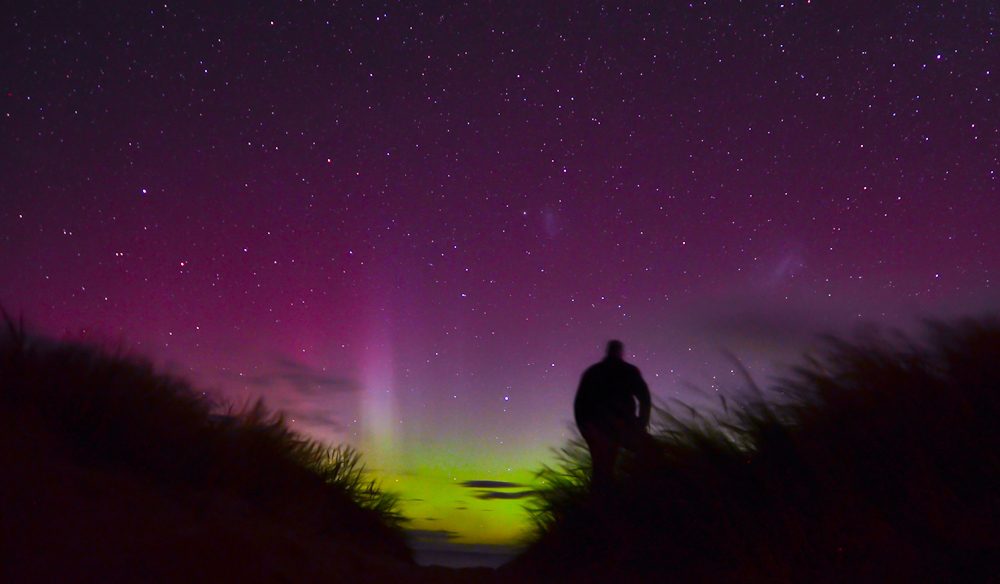
Photographer Paul Fleming’s eerie take on the Tasmania’s Southern Lights.
What can you expect?
If you Google pictures of both the Southern and Northern lights you will see images of skies full of rich greens and vivid blues, or wild swirls of reds and purples. But often this is not what the naked eye can see.
“To the naked eye, an aurora will look more like a white flickering light,” says James Garlick, who has been photographing the Southern Lights for years, with one of his photos even featured on an Australian postage stamp. “It could be mistaken for a cloud. It’s not until you do a long exposure with the camera that the colours are revealed.”
Matt Glastonbury (see first photo at top of post), another avid Southern Lights photographer, revels in the way they move through the night sky.
“They are like dancing curtains of light across the sky,” he says. “The size of them is incredible – beams of light are shooting right up into the atmosphere. It is really magical to see them moving around right in front of you.”
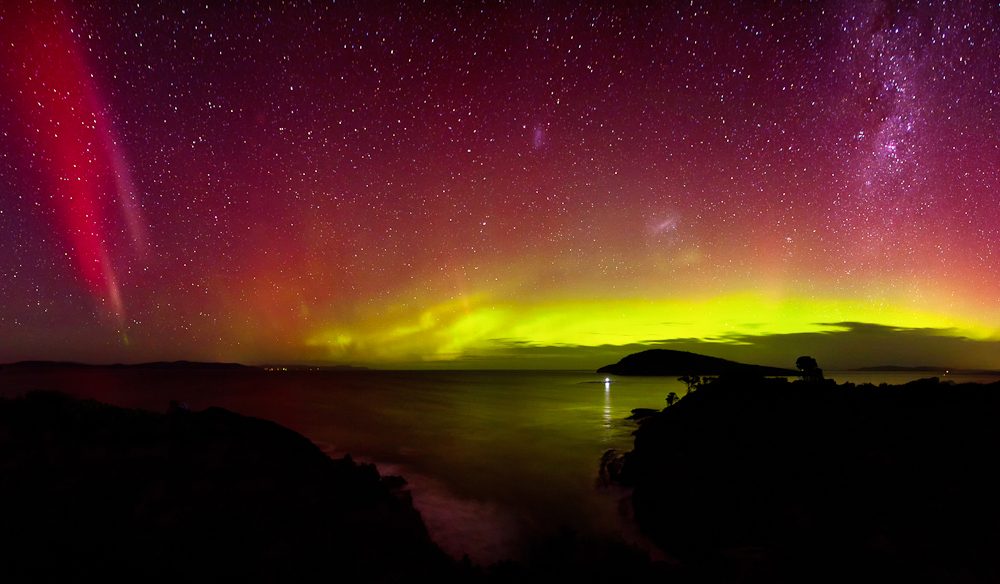
The Southern Lights (Aurora Australis) shines from Goats Bluff, Tasmania (Photo: James Garlick)
Best spots to see the lights?
In short, “all over Tasmania,” says Margaret Sonnemann.
The main obstructions to viewing the Southern Lights are large mountain ranges, trees and city (and light) pollution. There are, however, some places that photographers favour due to their landscape qualities.
Photographer Paul Fleming prefers South Arm Peninsula, 40 kilometres south east of Hobart, for his Aurora views. “There are lots of beaches and still, wide shallow bays. It’s a good spot for nice reflection shots with waves crashing in the foreground.”
Matt Glastonbury has two favourite spots: Dodges Ferry, about 40 kilometres east of Hobart, and Cockle Creek, on the southern tip of Tassie, 120 kilometres south-west of Hobart. “Both of those places have little light pollution,” he says. “The less of that you get the better.”
The reason the Northern Lights are often talked about more than the Southern Lights, is because there are far more vantage points accessible to see the Northern Lights, such as Greenland, Iceland, Norway, Northern Canada and Russia – when you’re talking about seeing the Southern Lights, it’s a little harder.
The reason for this is the location of the land down south, as in, there isn’t much of it. The spots with the best vantage points have no land – just water – which makes it difficult! However, there are a few spots that will show off this natural phenomenon with gusto, the trick is to being as far south as possible, which is why Tasmania is such a good bet.
In order to give yourself the best chance of seeing the Aurora Australis in all its glory, it’s best to head to Point Lonsdale, the south side of Phillip Island, Aireys Inlet, Angelsea, or wherever you can get a full horizon view.
Queenstown, New Zealand
There are a few places in New Zealand that have proven to be fruitful when it comes to spotting the Southern Lights. The city of Christchurch, the small village of Lake Tekapo and Stewart Island. However, no place records more sightings of the Southern Lights in New Zealand than Queenstown. Several times throughout the year, the city is awash with the brilliance of the bright lights in the sky caused by Aurora Australis.
For a comprehensive guide on the best places to see the Southern Lights (Aurora Australis) and where to stay head here.
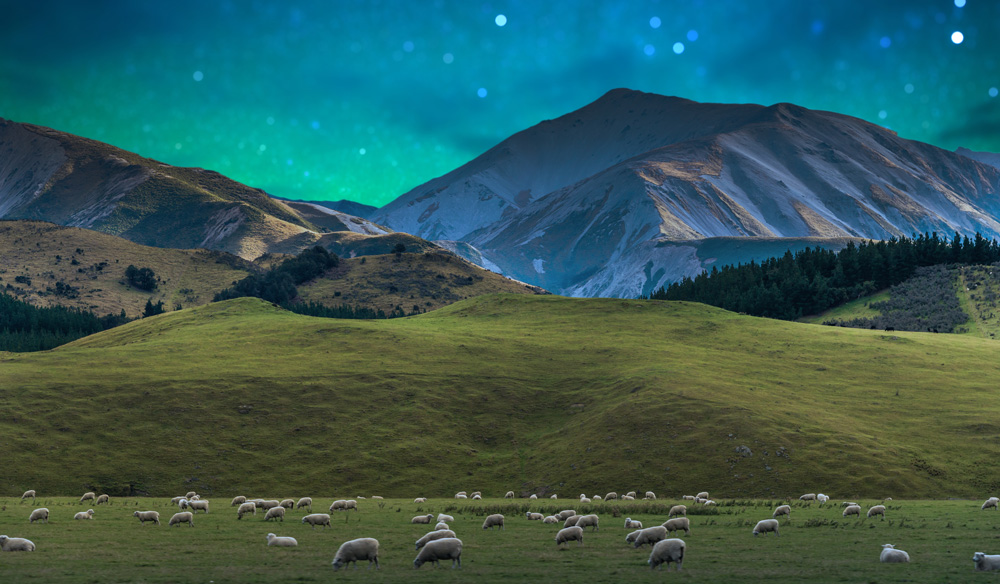
Sheep graze in New Zealand, oblivious to the Southern Lights show going on overhead.
When’s the best time to see the lights?
Theoretically speaking the equinox (in September) should be the best time for viewing the Southern Lights, but this isn’t always the case. Since the Aurora is based on sunspots and massive bursts of solar winds, scientific predictions can be unreliable.
Unlike the Northern Hemisphere, which is subject to extreme seasonal light changes, the Southern Lights can be viewed from Tasmania all year round. It is worth noting (and to some a tad obvious) that the lights can only really be seen at night time, therefore winter is ideal, given daylight savings in Tasmania can stretch the light until 10pm.
The best weather conditions to view the lights
Unsurprisingly, it’s best to view or photograph the lights on a clear, dark night. If you can position yourself looking away from the city, you’ll limit the artificial light, lowlight and air pollution that can affect how vivid the lights look to the naked eye.
Even moonlight can affect how clearly you see the Aurora, so a night with a full moon is probably not ideal.
You also won’t be able to see the light show on an overcast night, as Auroras happen in the upper atmosphere, meaning any cloud cover will cover the show!
How to photograph the lights
There are a few tips any budding photographer needs to know before attempting to photograph the Southern Lights – if you want a frame-worthy result, that is.
- Ditch the iPhone. Sorry Apple, but in the case of bright lights at night time, it doesn’t cut it. You’re best to have a professional camera with a wide angle lens (ideally f2.8 or faster) and a tripod to keep your shots steady. The camera sensor and long exposure will likely reveal a lot more light and colour than you can see with the naked eye!
- Choose a spot looking south and ideally away from city lights. Doing this will help to avoid light pollution and flare from the city lights.
- Shoot in raw format, ideally.
- Adjust your exposure to 10 to 30 seconds (any longer and you’ll start seeing stars as trails.)
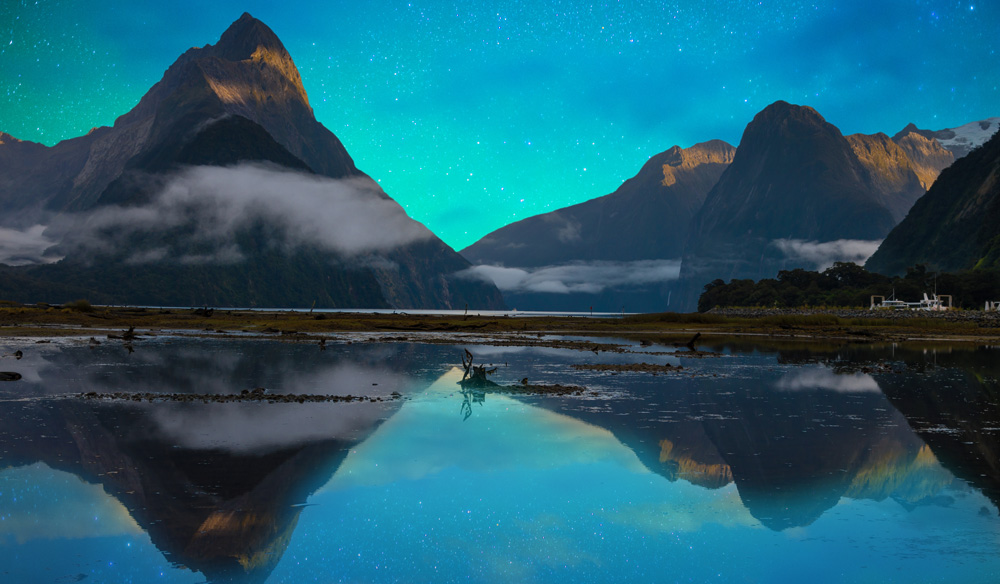
Southern Lights, Aurora Australis, visible from New Zealand.
How to know when an Aurora Australis is coming
For smart phone applications, Matt Glastonbury suggests Star Walk , an interactive astronomy guide.
Aurora Forecast has several real-time maps of the atmosphere and shows how much it is hitting the earth at any given time
Spaceweather.com includes visual representation of plasma coming out of the sun.
Stay tuned in to pages with members who are incredibly invested in the Aurora Australis, and courteously update fellow members with news of an incoming lights show. The Aurora Australis Tasmania Facebook group is often how many photographers find the lights with members posting real-time alerts.
What else to do in Tasmania while you’re there
Tasmania is fast becoming one of the food and wine capitals in the country. While you’re there, be sure to spend a night in the Henry Jones Art Hotel. Situated perfectly in Hobart city centre, you’ll be close to everything happening nearby, like the famous Salamanca Markets – or the Farm Gate Market if you’d like to do it less like a tourist and more like a local.
It’s also worth taking a road trip to Cradle Mountain, where you can take part in an invigorating walking holiday among the picturesque landscape, or visit the renowned National Park. Check in with the local wilderness and set up camp in one of the Park’s on site cabins.
If food and wine are more your thing, you can’t go past beautiful Launceston. Jump in your car and drive through Tasmania until you reach your destination, where you’ll be delighted to find that Launceston and the Tamar Valley have over 30 vineyards to choose from. The region, famed for its cool-climate wines, is now also home to a growing number of beer and cider producers, such as Boag’s Brewery and Red Brick Cider House.
If it’s a great, hearty meal you’re after you can’t go past Launceston’s Black Cow Bistro , which specialises in the finest Tasmanian beef from local producers. The Black Cow Wagyu fillet is our recommendation time and time again.
It is also the perfect state for a long, indulgent road trip. Spend seven days taking in some of the best highlights of Tasmania along this road trip route that loops from Launceston to Cradle Mountain, Hobart, Coles Bay and back to Launceston (with plenty of great stops and detours along the way.
LEAVE YOUR COMMENT
Cancel reply.
Save my name, email, and website in this browser for the next time I comment.
Comments (33)
So glad to see an article that informs Australians of an amazing “birthright”: the aurora australis.
Great that someone is taking the time to explain that this phenomena exists in the Southern Hemisphere as it does in the North. I have seen the lights in both North and South and am amazed each time I have the privilege to watch the dancing sky. My only viewing of the Aurora Australia was way back when I was at school-1950’s. I remember this great red coloration in the Southern sky. Of course we did not know what it was until next day it was explained in the daily paper. I have never forgotten it and would love to see them again in the South. How regular are they appearing in the South. Could one plan a trip with some certainty of a viewing as they do in the North. Get the Tasmanians active in promoting this attraction.
Fantastic info on the Aurora Australia. I would be extremely grateful if I could get some more travel and accommodation info, as I would love to see this beautiful spectacle. Thanking you kindly.
Hi Ann, Special, huh! You can browse our Tasmania content, plenty of ideas there. Or alternatively try tourism Tasmania’s website – http://www.discovertasmania.com.au Hope you get there one day soon. Regards, Steve
I’m planning on making a trip down to Tasmania around September. Just trying to get an idea of what I will see. Is the aurora australis only colourful through a camera? To the naked eye, will it just be white?
Hi Czar, Best to talk to the Aurora ‘chasers’. They will be able to fill you in on everything else you need to know. The Aurora Australis Tasmania Facebook page is a great place to ask your question: https://www.facebook.com/groups/auroraaustralis/?fref=ts Good luck on your quest for the Lights. Regards.
Hi Steve, Last year I went to Hobart in the month of August. But as I was unaware of the fact of the Southern Lights,I missed that… If I visit there again,I will surely catch that up.. Thank you for the information, Sri.
Please kindly enlighten. The above article seems to suggest that the aurora seen by the naked eye is a puff or white clouds, the colours are only seen through the lens of the camera. Can someone please clarify if we actually see the lights ‘dancing’ in the sky. Thanks
In response to Augustine. In Warrnambool, Victoria late July 1998 I clearly saw red and green rays and bands of ‘cloud’ or light in the night sky. The aurora Australis. To answer your question. The light is visible to the naked eye in color.
I am 74 years old but I remember seeing the lights when I was a teenager. I am a south Australian And went to Woodfield high School. Lived in a district called Draper and was fortunate to see the lights one evening and in all it’s glory and the lights were green. After all these years can still remember this awesome sight but didn’t release what they were until many years later. Only saw them on one occasion but there they were for all to see with the naked eye. When I was a teenager the skies were clear, no smog or light pollution and the Milky Way could be seen every night. Have never been to Tasmania but a always wanted to now it’s a must. Would love to experience these lights again
What type of camera would I need? I currently only have a canon 700D
Hi, my family would like to visit Tasmania to view the southern lights. May I know which part of Tasmania we need to stay in order to view the lights. Is there any public transport there from airport if we do not drive.
When would be right timing to sight sounthern aurora in Tasmania and nice spot to sight?.its duration so that i could plan my holidays thanks
Thanks so much for you information. I’m heading to Tasmania next month (September 2016) and am so hoping that I am privileged enough to view this phenomena.
Do you think we can see the southern lights in mid December 2016?
Hi Molly, It’s not peak season but it is possible – you may be lucky. If you are going to Tassie specifically to see the lights, winter is your best chance. Check out the resources on the article for more information. Good luck!
I am planning to go Tas in Jun 2017 with my kids. Do you think I will be able to see Southern lights with naked eyes?
Interested in knowing best times and locations in 2017 to see Southern Lights
Hi Guys, coming from Brisvegas we really need to plan air flights in advance. Would B.O,M. or another website be able to give me weekend dates for later this year that might be a possible shot at seeing the lights. We went to Cockle Creek August last year but it rained the entire weekend and it was a waning moon so not the best opportunity, appreciate guideance. thanks Kathy
Looks like the sky will be active tonight most of the night, but especially good from 1-4am. Unfortunately lots of cloud. Maybe Albany WA will get some clear sky though…
Much thank for information. Helpful indeed. Appreciate much. Tasmania beautiful place. Can article translate to
Hi Tustuyu, We are looking into translating articles, but at the moment, no, we aren’t able to translate into other languages. Let us know if you have any specific questions and we’ll see what we can do. Regards,
I will be visiting Tasmania in mid July 2017. What are the chances of my seeing the southern lights and where would be the most likely place to see them at this time of the year?
Hi Yunus, The darkness of winter is the best chance to see the Lights, but they are very unpredictable, as is nature’e way. Check out the article for some hotspots and websites to see updates. Good luck on your quest. Cheers
Will the moonlight affect the visual of the aurora??
coming from W.A when is the best time to go to Tassie and see a few consistant nights. Any experience on the Northern nights wanting to do them as well. Thank you Janet
great information. We missed lights in Iceland 2 years ago because of fly out times. We can go back in the next 4 years to see them free but the $20,000 for both of us is a bit steep
………..fffffantastic ! We’re heading to Tassie in Feb 19 and looking forward to everything it has to offer. I was there as a child in the 50’s to meet rellies and may hopefully catch up with someone in Launceston. My grandfather worked on the suspension bridge over the Tamar way back when.
So want to do this. Have been to Tassie a couple of times and would love to go again.
Very keen to see Aurora Australis in September. Are there tours available with whom you could put me in contact, please? Best wishes,
Tim Green 0438 318 678
You can photograph the auroras on a smart phone! There are apps that make it entirely possible. I have done it myself in Finland a few years ago and have some brilliant photos. Maybe not as good as an SLR!!
I would really love to see the Southern Lights. I’ll be planning a trip just as soon as it’s safe to travel.
You might also like
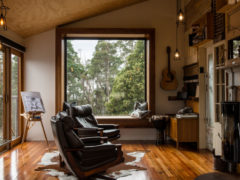
The beautiful Tasmanian road trip you didn’t know existed
If you're ready for adventure, buckle up for the scenic, gourmet drive of your life... Tasmania’s North East is the home of stunning coastline, ecl...

© Australian Traveller Media 2024. All rights reserved.

COMMENTS
Launceston City. Launceston is the meeting place of three waterways, set in a beautiful valley that has been a cultural hub and gastronomic centre for more than two thousand generations. The city's natural and built heritage, food, wine (and spirit) have drawn together a diverse community of makers, artisans, storytellers and nature lovers from ...
Browse Getty Images' premium collection of high-quality, authentic Northern Tasmania stock photos, royalty-free images, and pictures. Northern Tasmania stock photos are available in a variety of sizes and formats to fit your needs.
For wilderness lovers Seek adventure in northern Tasmania's wild places. Gaze down on the Mersey River snaking across the forested landscape from the lookout at Alum Cliffs (50min return walk), part of Tulampanga / Gog Range in the Great Western Tiers. For deeper insight into this culturally significant palawa (Tasmanian Aboriginal) place, take a stroll with Kooparoona Niara Tours.
Visit Northern Tasmania, Launceston, Tasmania. 10,914 likes · 1,398 talking about this. Start your Tasmanian journey in Launceston, Northern Tasmania.
Stunning coastlines, welcoming little villages and bountiful fresh produce await you on your visit to the North West Coast. Sheffield, Latrobe, Devonport, Burnie, Wynyard, Boat Harbour, Rocky Cape National Park, Marrawah, the Tarkine and Arthur River are all worthy stops when travelling here. Make sure you climb the monolithic Nut which looms ...
History & Heritage. Launceston is Australia's 3 rd oldest city and bursting with history, architecture, and stories of times past. Venture through the Northern Midlands region where you can immerse yourself in convict history through the towns of Longford, Evandale, and Ross.Plan a visit to UNESCO World Heritage listed sites Brickendon and Woolmers Estate, travel up to West Tamar and explore ...
1-Day Tour. Head to George Town and shred some trails! With 70km of riding over two trail networks, George Town Mountain Bike Trails complete the North-East Tasmanian mountain biking narrative. Located only 40 minutes from Launceston, George Town is the perfect first-stop on your mountain biking adventure. View More.
Nestled in the heart of Northern Tasmania, the Meander Valley region is a natural playground brimming with rugged mountains, verdant valleys, and cute little towns. Located just a short 50-minute drive from both Launceston and Devonport, the quaint town of Meander is a gateway to some of the region's most breathtaking natural wonders.
15K Followers, 462 Following, 653 Posts - See Instagram photos and videos from Visit Northern Tasmania (@visitnortherntasmania)
This 24-minute drive is your last on this 7-day adventure in Northern Tasmania. Spending an afternoon exploring these magnificent properties is a delightful experience. At Woolmers, you can wander through stunning English-style gardens, enjoy the serenity of the lake, and discover the property's rich history.
120 Ocean Quotes. Contents. 13 Tasmania Photography Spots - Jason Stephens. 1- Bridestowe Lavender Estate (Nabowla) photo. 2- Photo of Launceston in autumn. 3- Binalong Bay photo. 4- Central Highlands photos. 5- Cradle Mountain photography.
The world's largest freshwater crayfish species is endemic to rivers of northern Tasmania. Poking into Bass Strait, compact Rocky Cape National Park is a place of sea caves, sheltered beaches and coastal walks. A 15min walk from the lighthouse leads to North Cave, once used as a shelter by Tasmanian Aboriginal people.
Multi day guided and self-guided walks in stunning Northern Tasmania. Ideal for over 50s - couples, small groups and solo walkers. ... Day 4 - winery visit, riverside hotel lunch and scenic drive back to Launceston. ... There was sufficient time to take photos and enjoy the museum and Penguin Tour. What makes this walk special is the ...
3. Cradle Mountain Boatshed. The Dove Lake Boatshed in Cradle Mountain is an iconic Tasmania photo for anyone travelling to this island state. The Dove Lake walking track takes you past the boatshed and beneath the peaks of Cradle Mountain. Head there to capture a stunning insta-worthy shot.
Map of Attractions & Things to Do in Tasmania. 1. Explore Cradle Mountain-Lake St. Clair National Park. Cradle Mountain-Lake St. Clair National Park. In the north of the Tasmanian Wilderness World Heritage Area, Cradle Mountain-Lake St. Clair National Park is the jewel in the crown of the state's many natural wonders.
5 - Freycinet National Park. Freycinet peninsula, which takes in five spectacularly photogenic locations: Coles Bay, Wineglass Bay, Sleepy Bay, Cape Tourville and The Hazards mountain range, is a must for photographer's and nature lovers alike.
Flinders Island lies 60 km off the north-east tip of Tasmania and has dramatic and varied landscapes - from…. George Town is classified as a historic town, for it was built by convicts on the site where Europeans first…. Explore a timeless and mystical landscape that some say has been 370 million years in the making.
Contributed by Haley from Haley Blackall Travel. Nestled in the Tamar Valley of Northern Tasmania, Launceston is a must-visit place that offers an eclectic blend of history, nature, and culinary delights like seafood and wine. it's an ideal starting or ending point for a Tasmania east coast road trip or as a destination in and of itself.
Unlike the Northern Hemisphere, which is subject to extreme seasonal light changes, the Southern Lights can be viewed from Tasmania all year round. It is worth noting (and to some a tad obvious) that the lights can only really be seen at night time, therefore winter is ideal, given daylight savings in Tasmania can stretch the light until 10pm.
Always up at dawn to capture an inspiring sunrise and ready once again at sunset, the golden hours of the day produce gold star photography. "By arrangement", Launceston, Tasmania, 7250, Australia. 9427 9636. www.alfonso.com.au. Just a quick flight from Melbourne, Sydney or Brisbane, Launceston is your gateway to northern Tasmania.
Rosny Hill. At 10 minutes from central Hobart, it is one of the most accessible places to see the southern lights. The area enjoys pristine dark skies, thanks to the golf course that blocks light pollution from urban centers. Besides stunning views of the southern lights, you'll enjoy panoramic views of Hobart and the Derwent River are fantastic.
Be lucky enough to catch one of their live music concerts or a movie in their natural ampitheatre or aimlessly tread the path through the garden, orchard and vegetable patches. Just minutes from the cafe, complete the adventure trifecta with a visit to the spectacular King Solomon's and Marakoopa Caves.
Board and TeamIndustry HubStay in the loopAustralian Tourism Data WarehouseDestination Management PlanChampions of Tourism 2023. Contact. Contact Visit Northern TasmaniaEnquiry or BookingFrequently Asked Questions. Online Trip Planner. P: 1800 651 827. E: [email protected]. Browse by Interest.